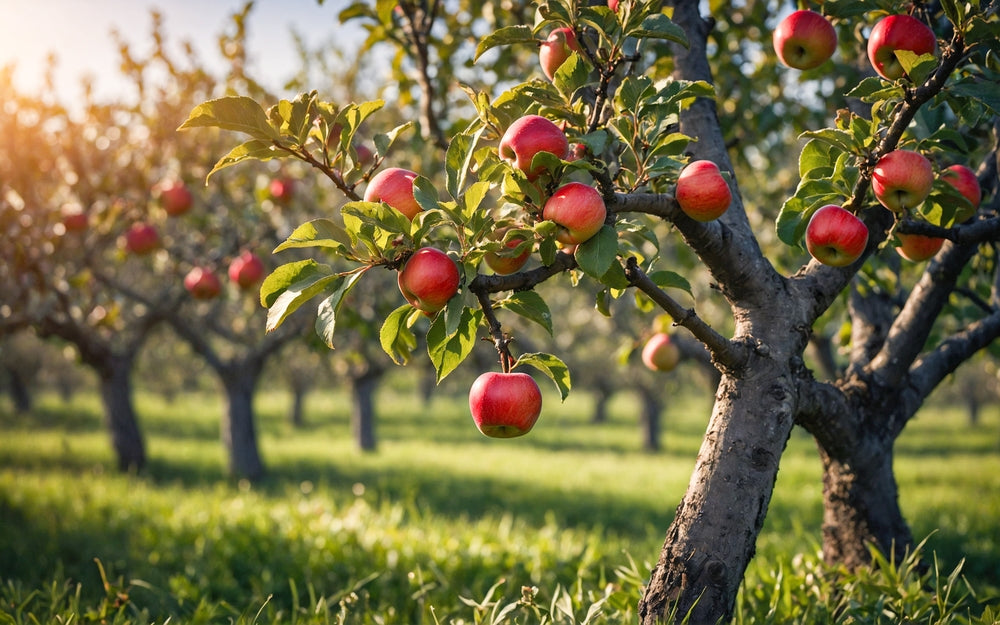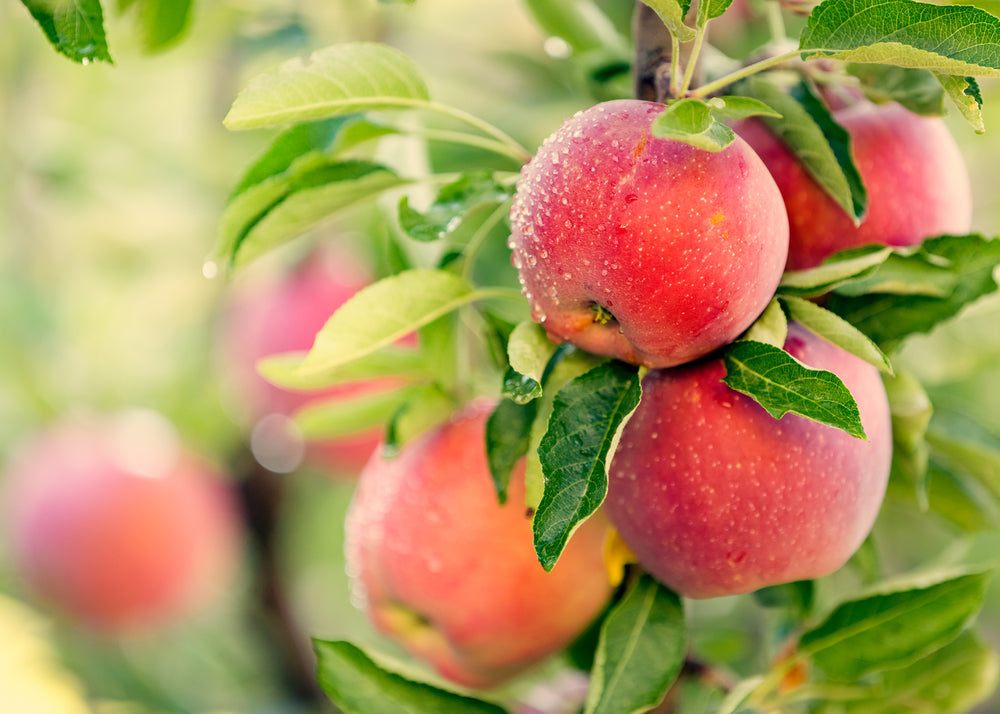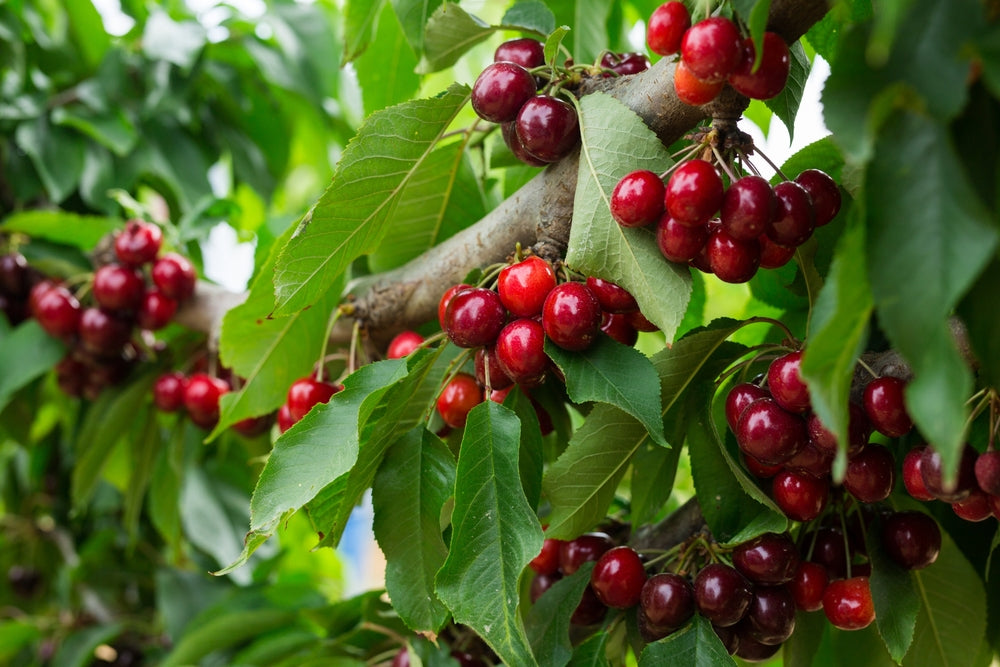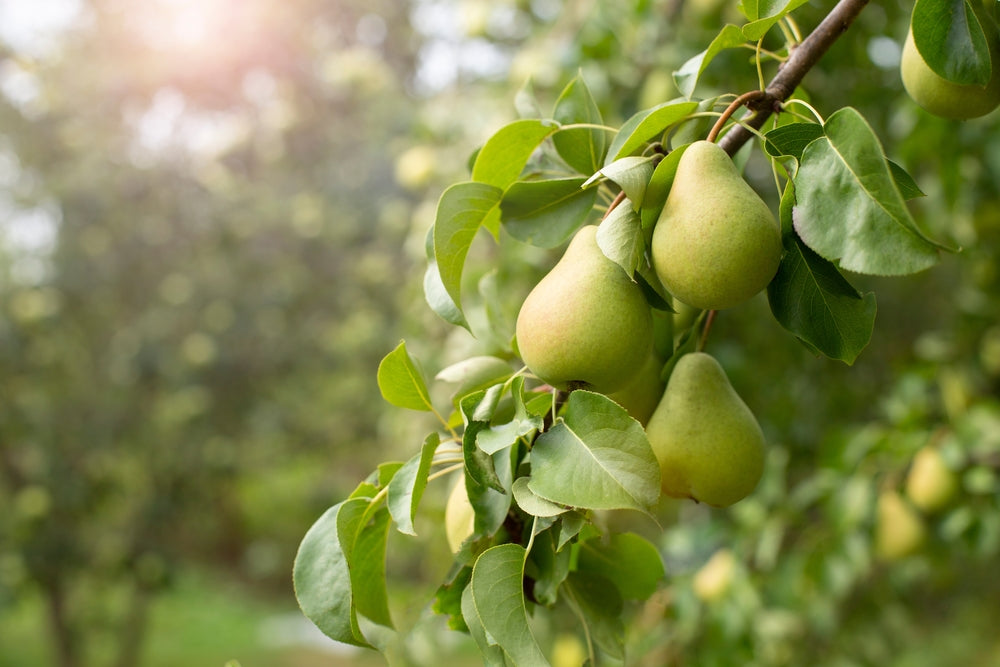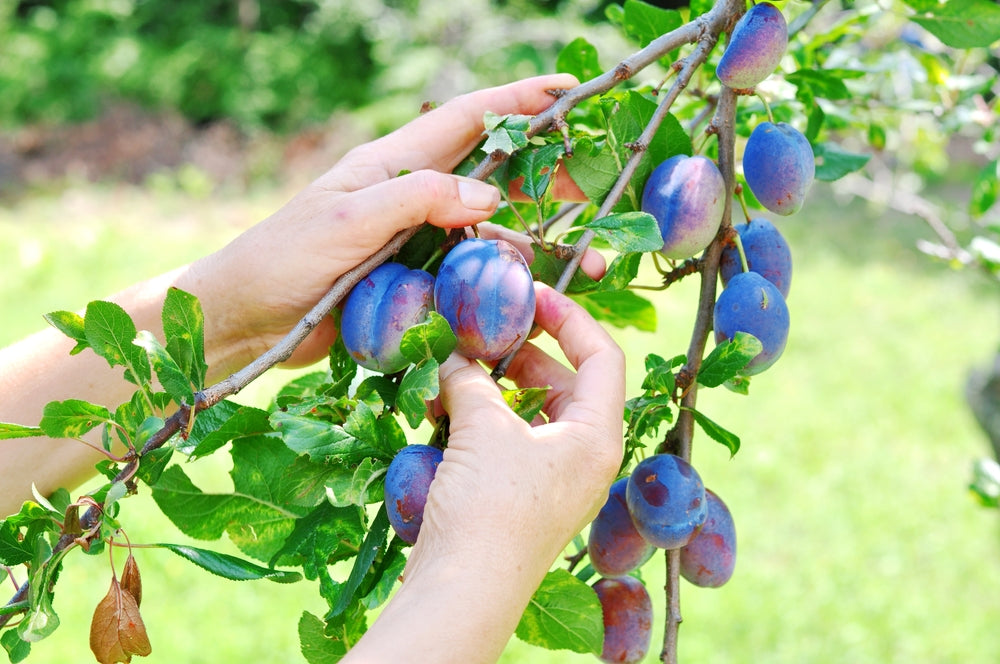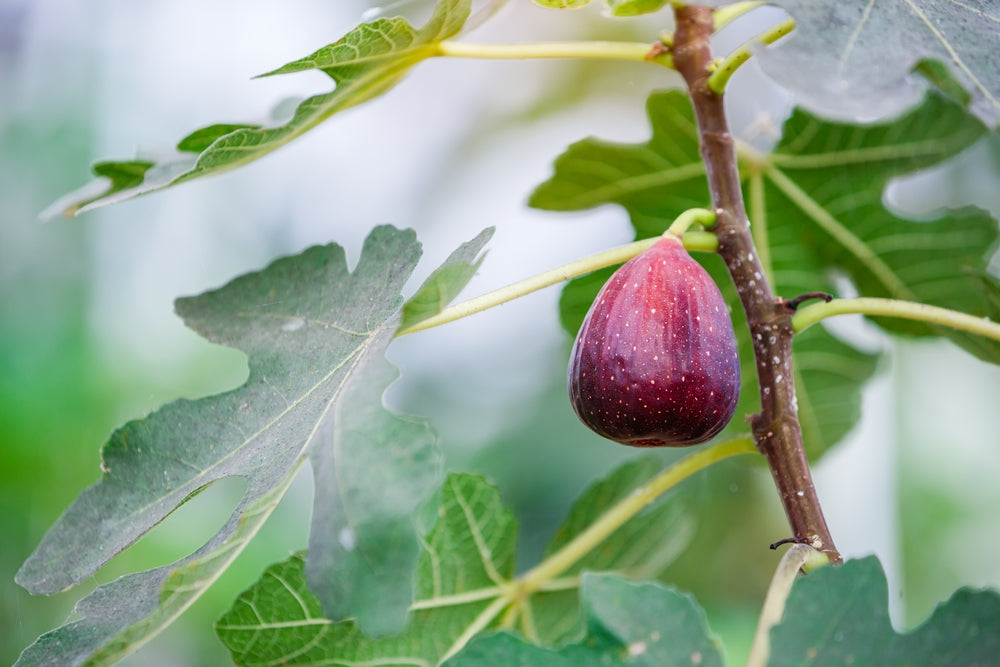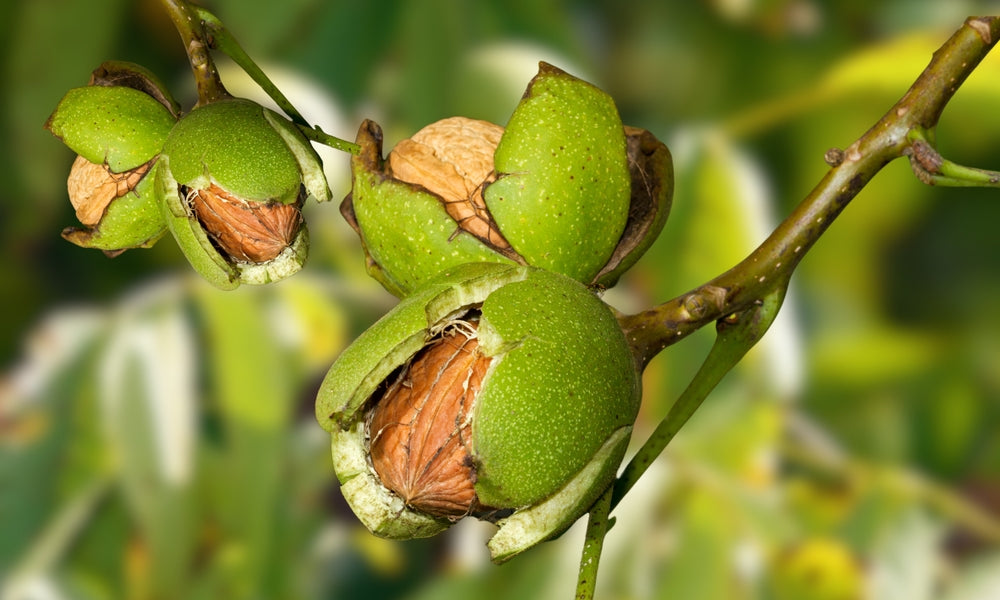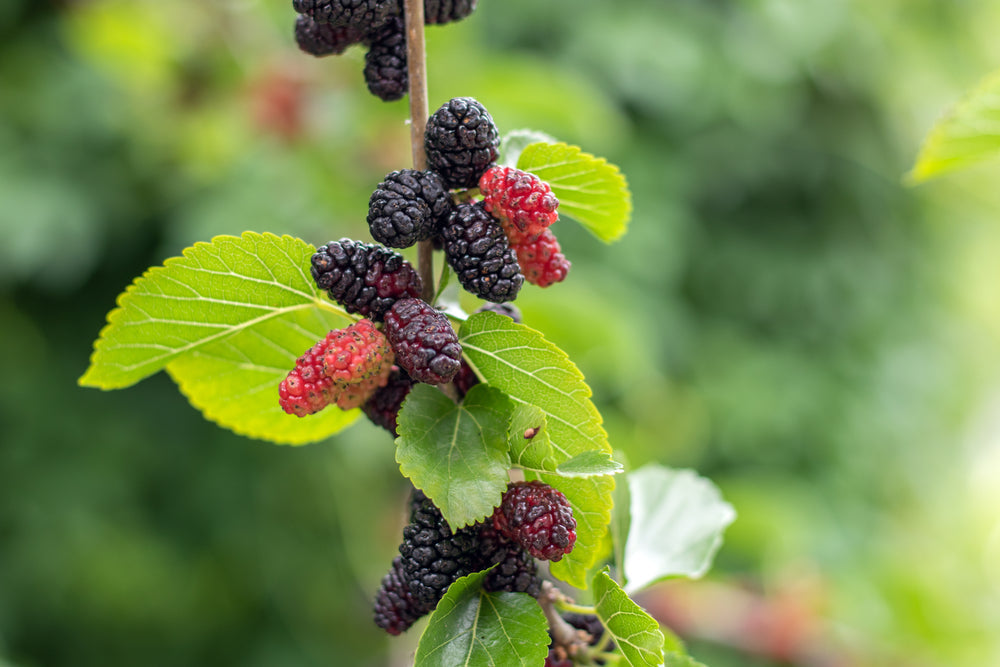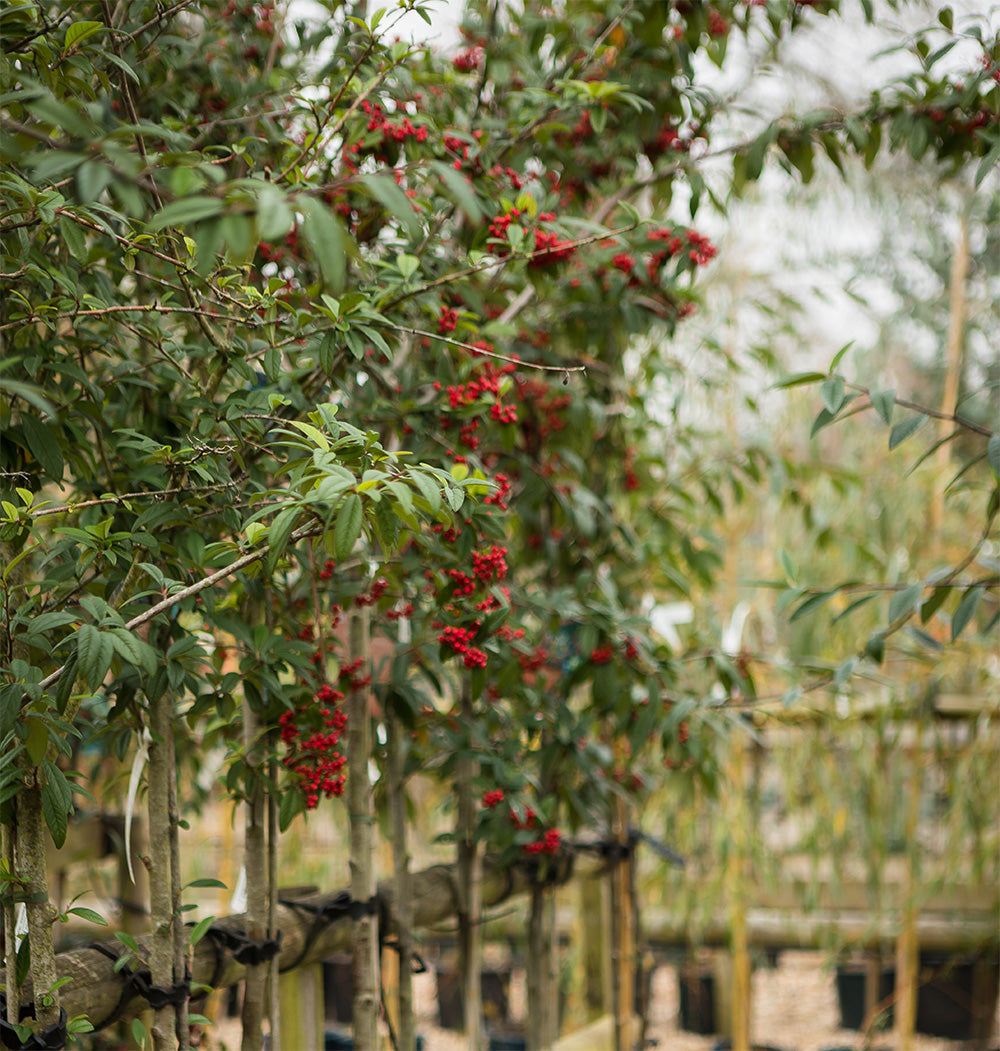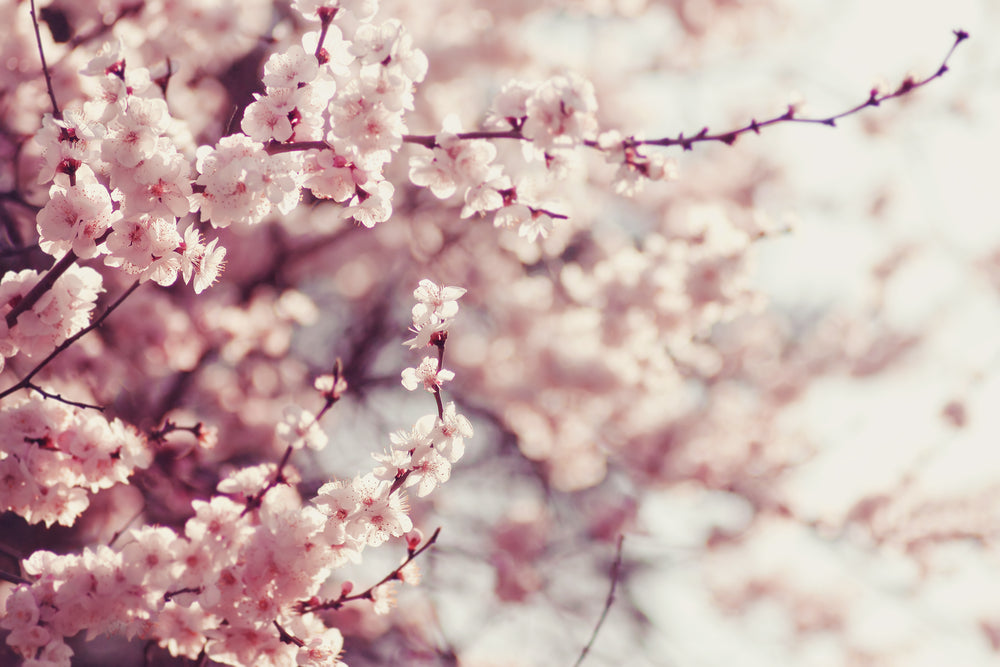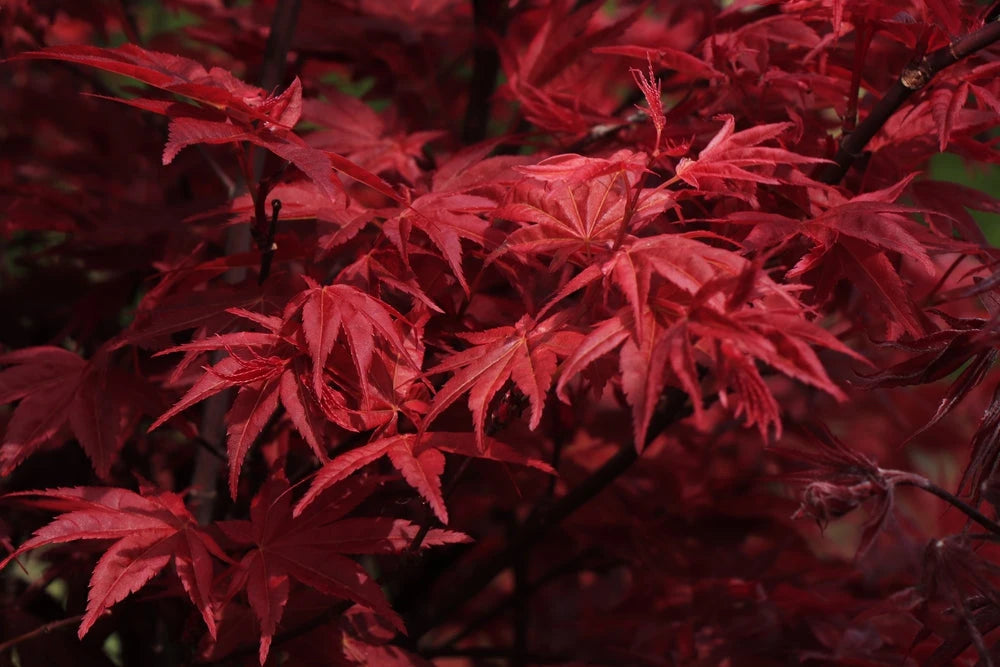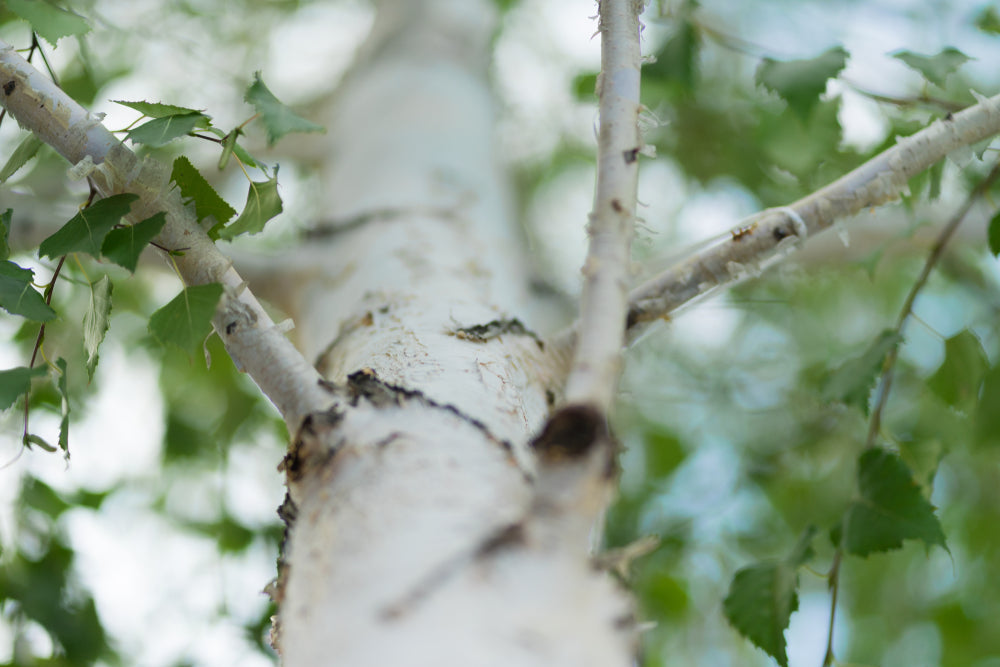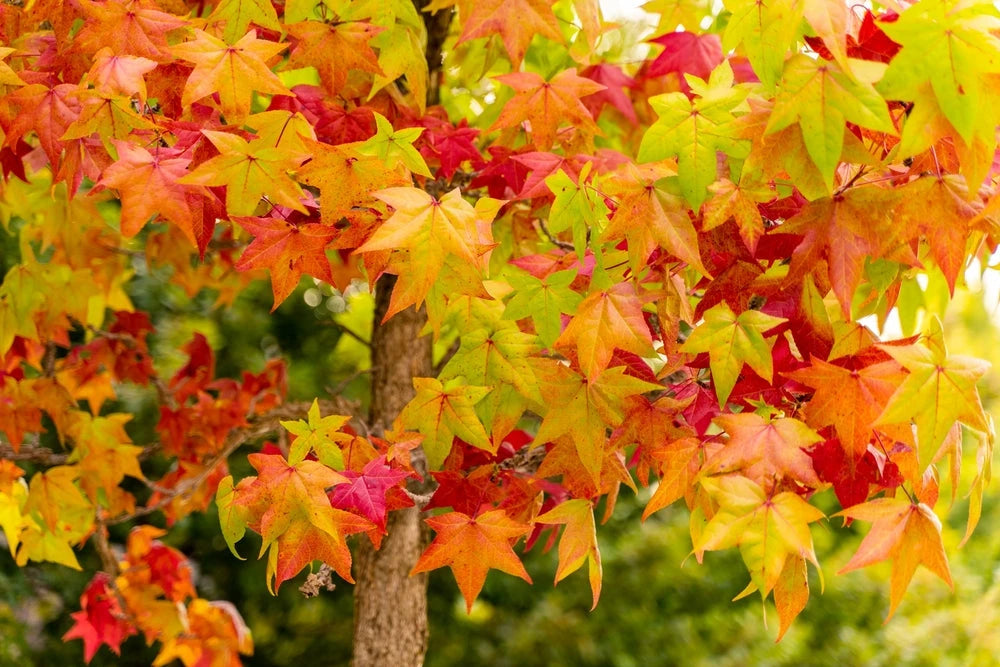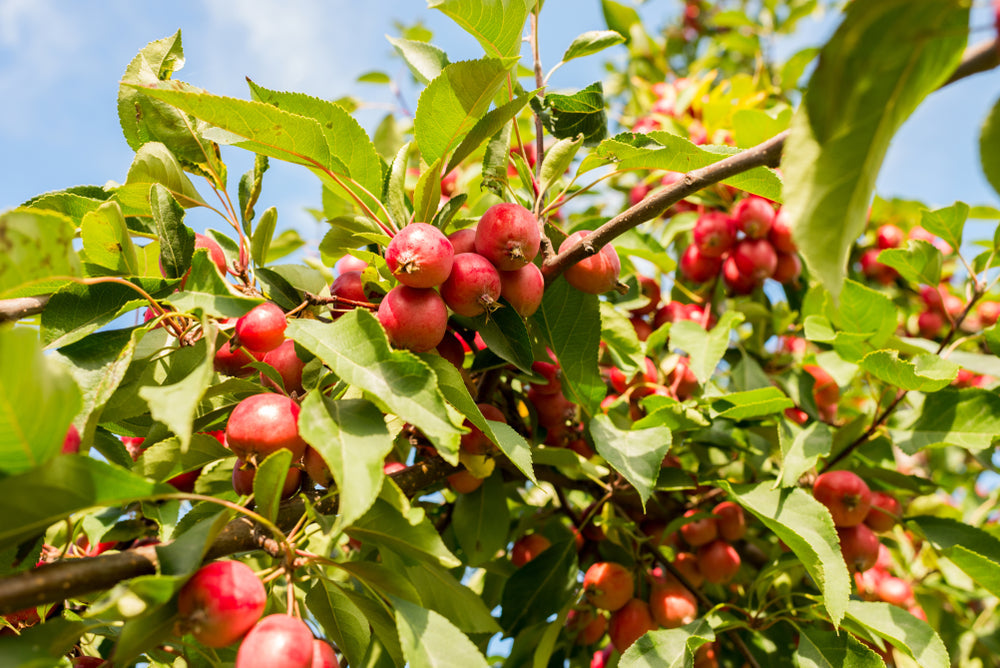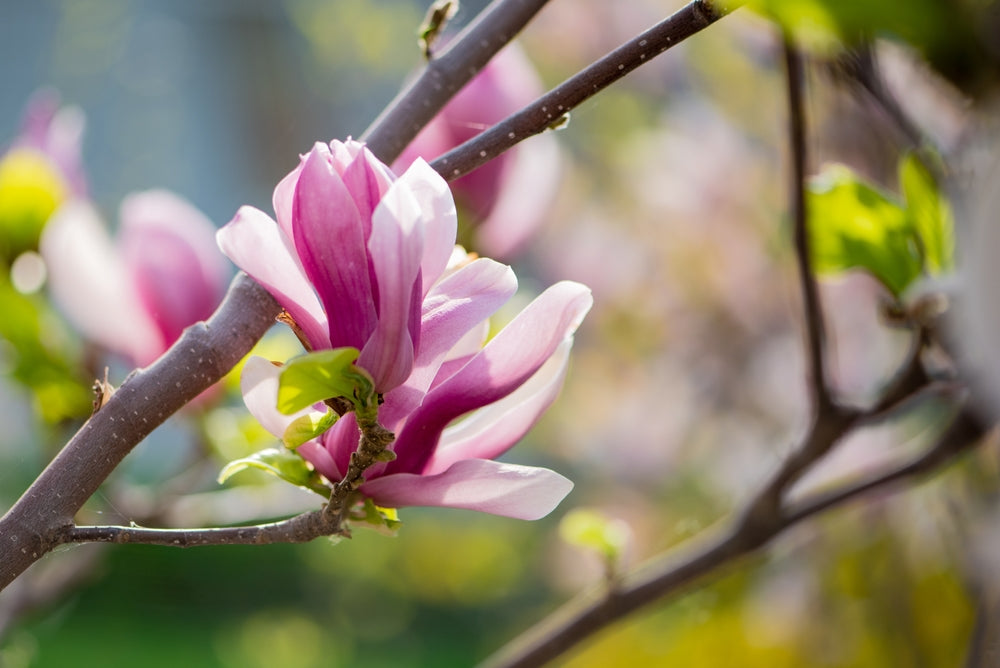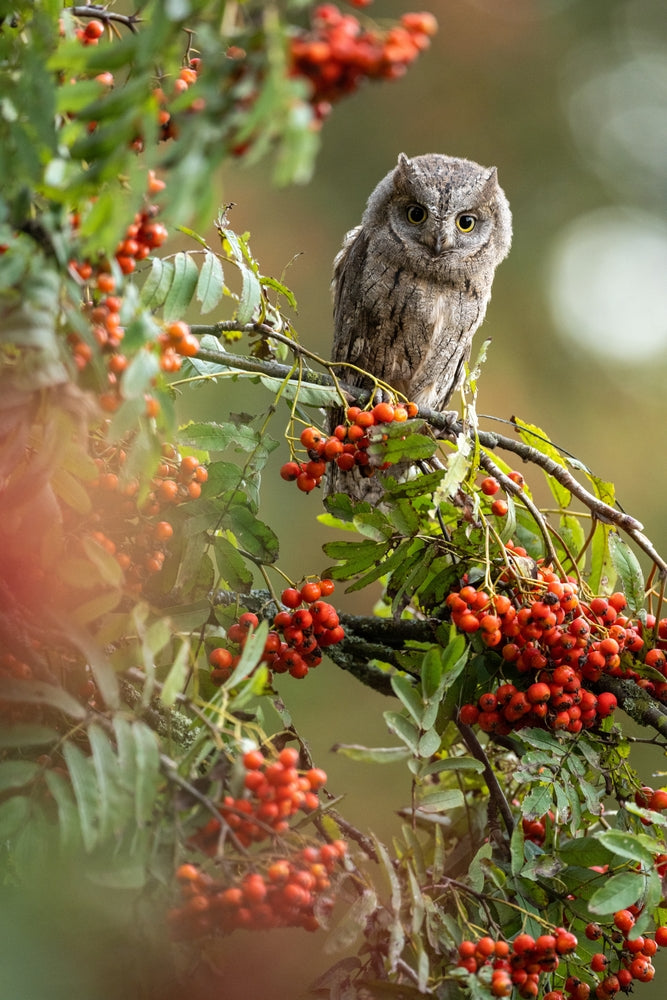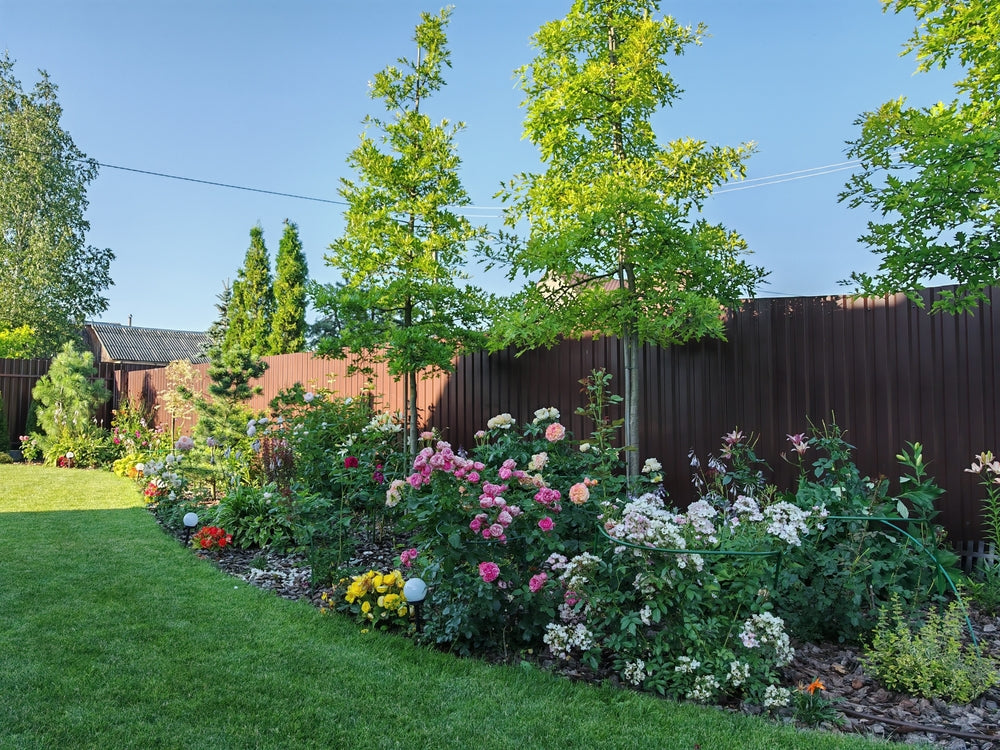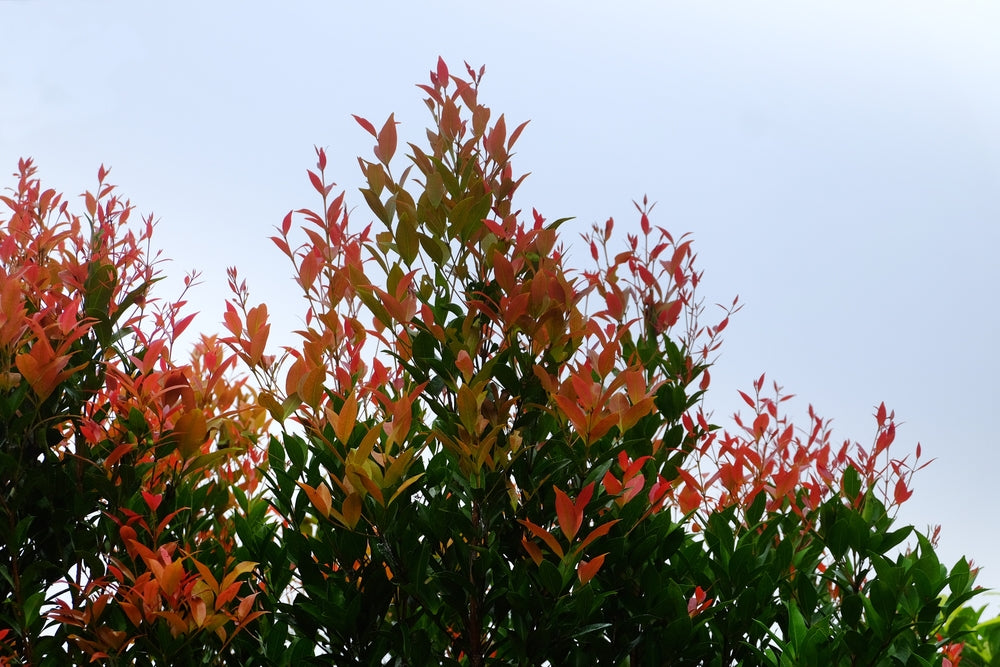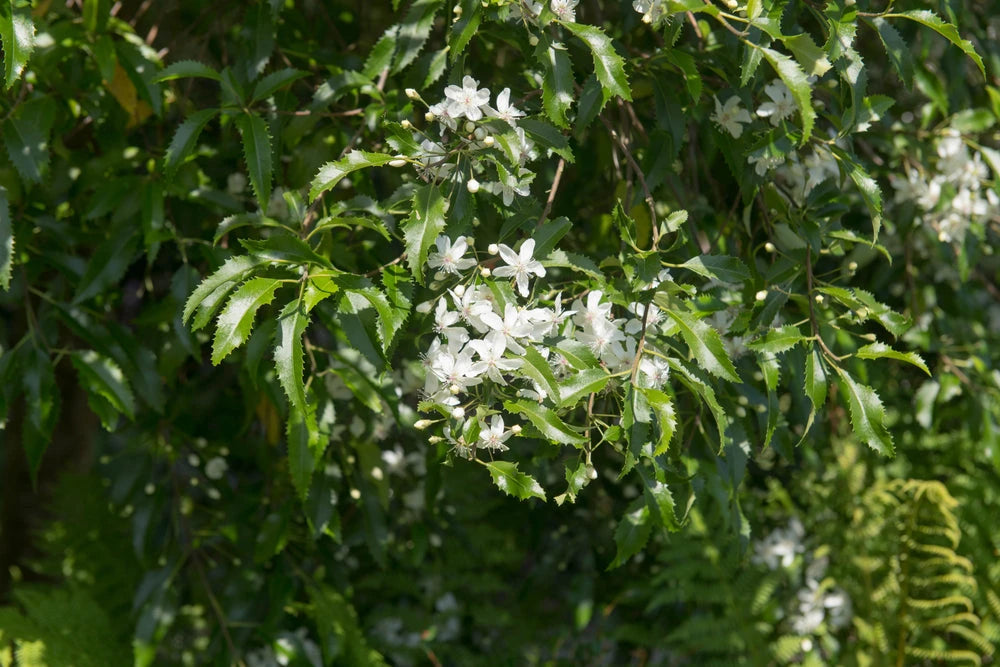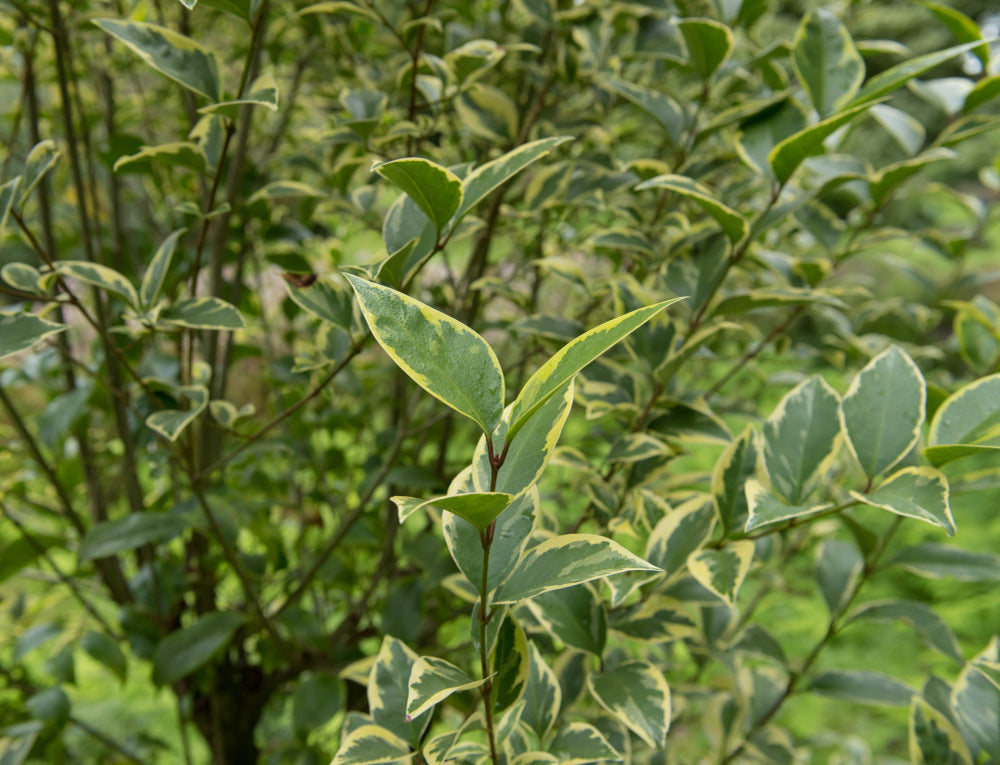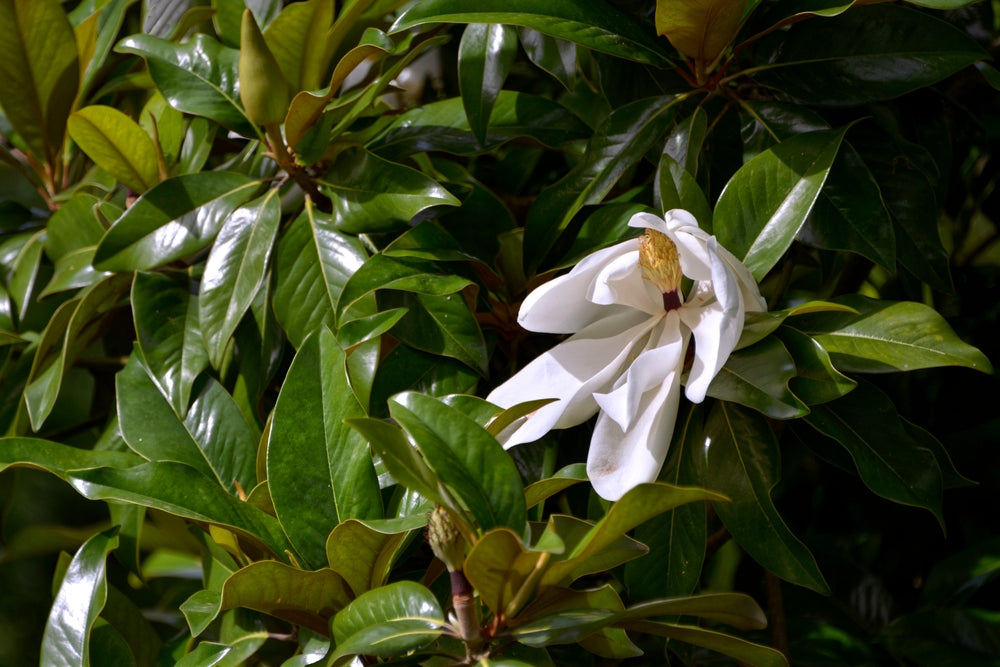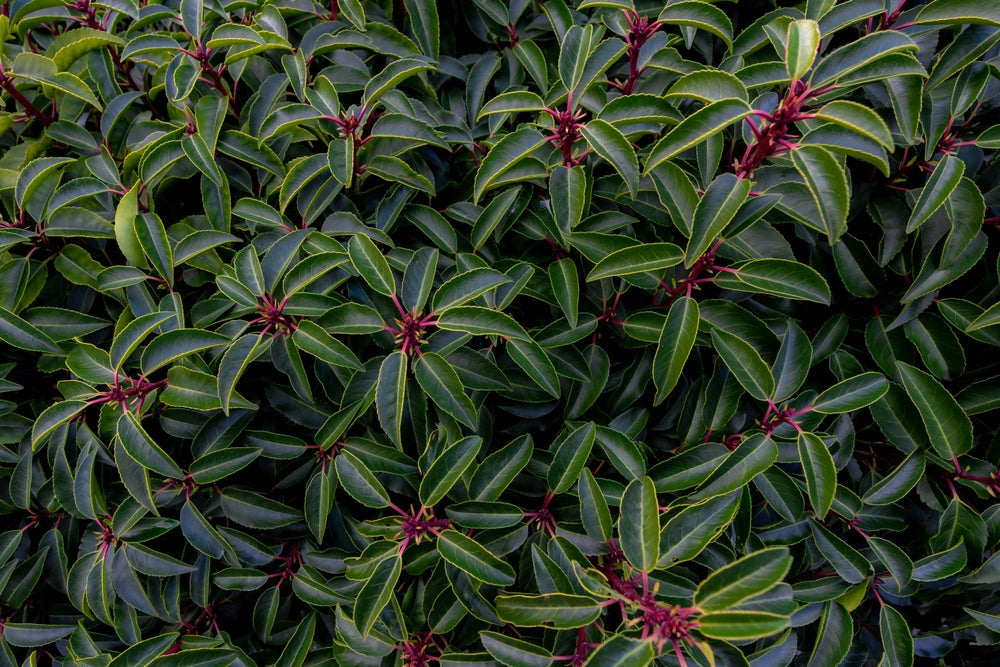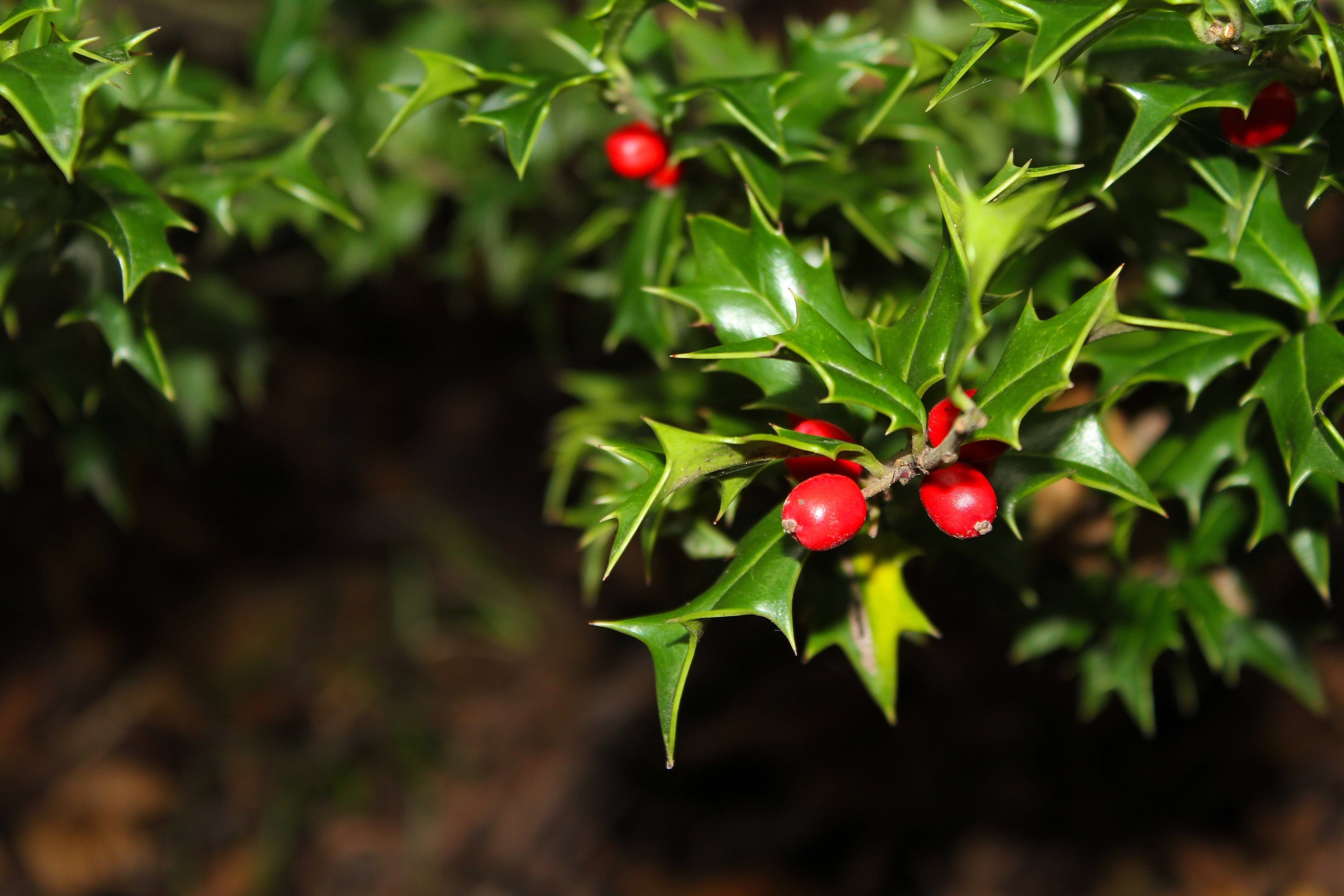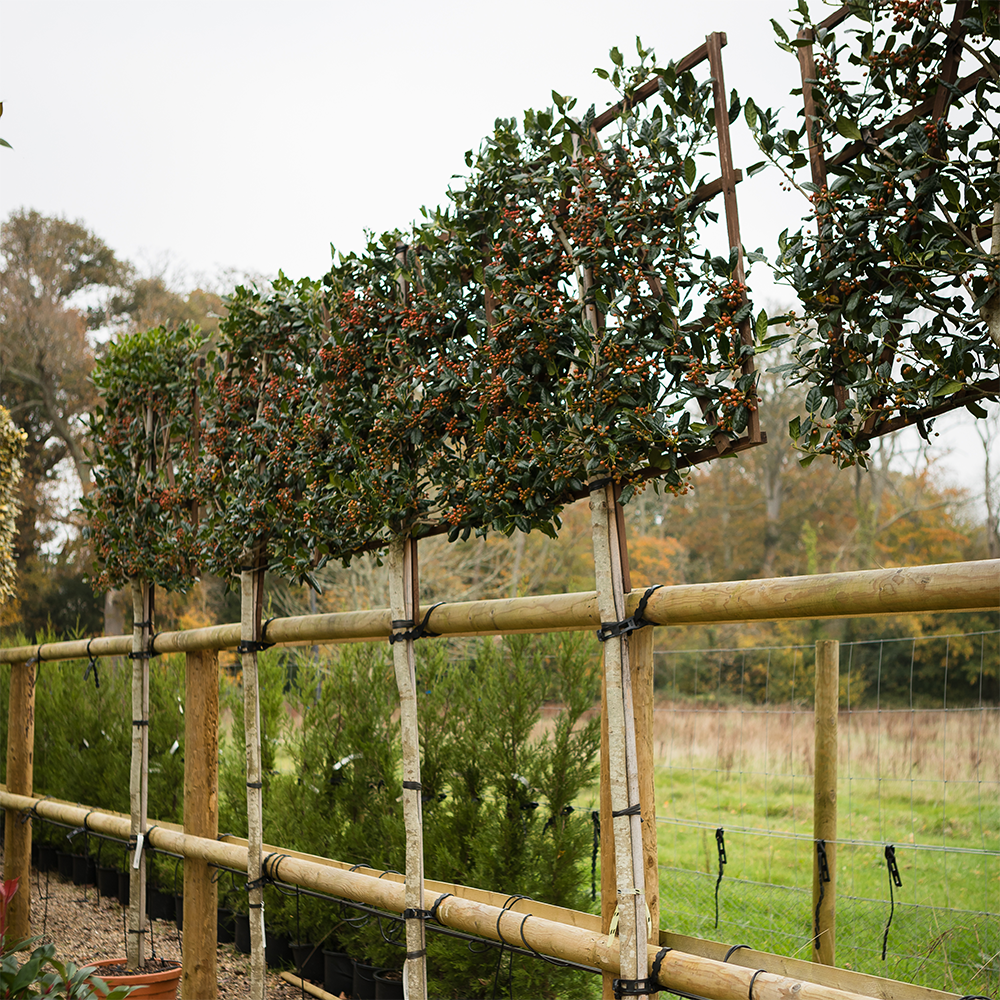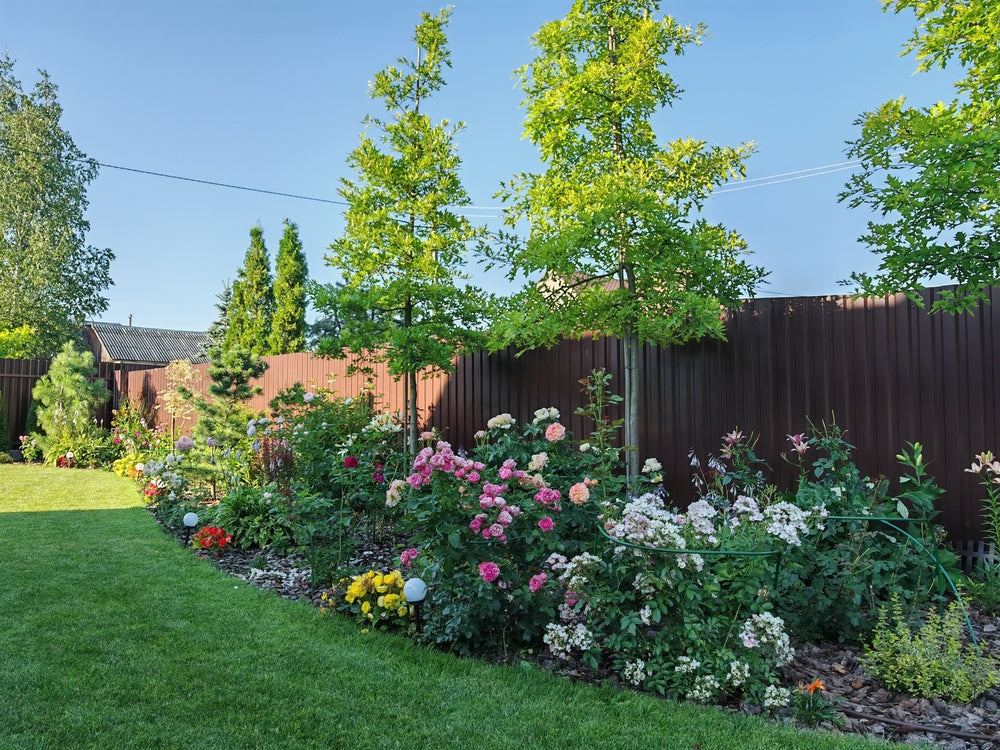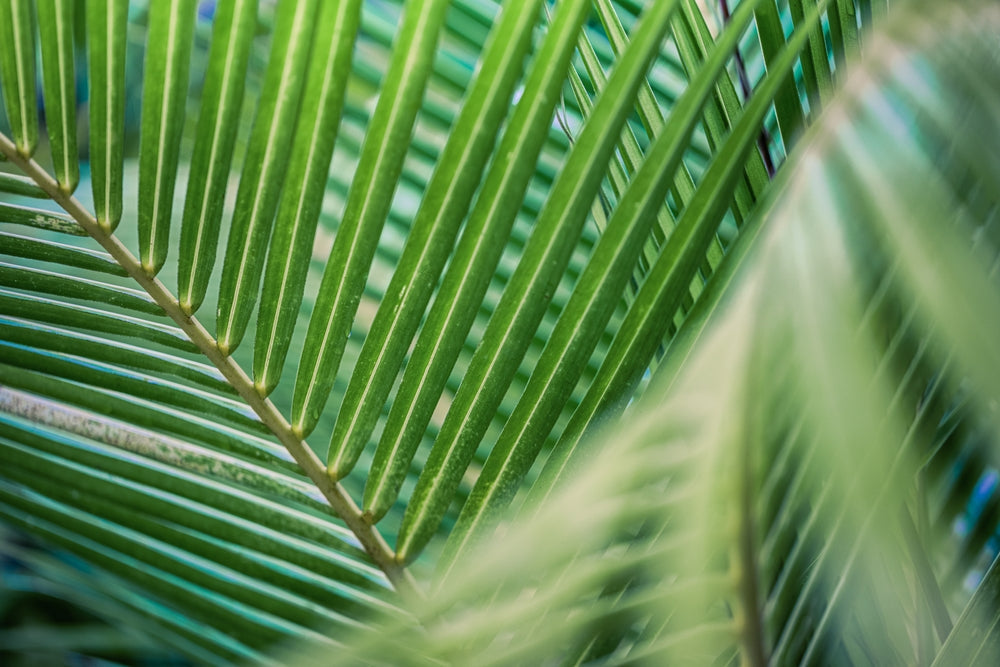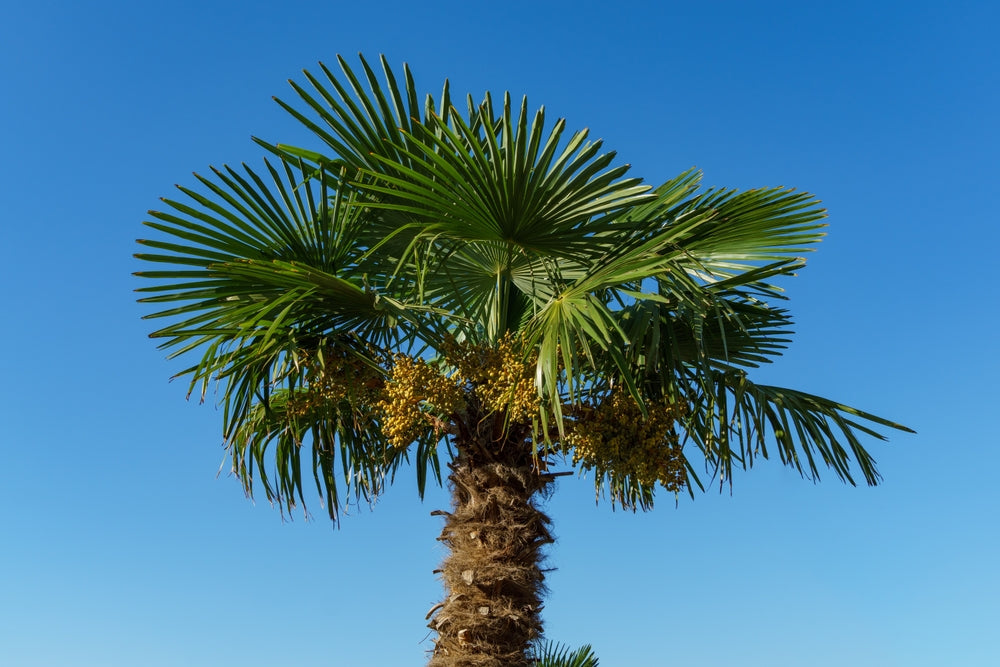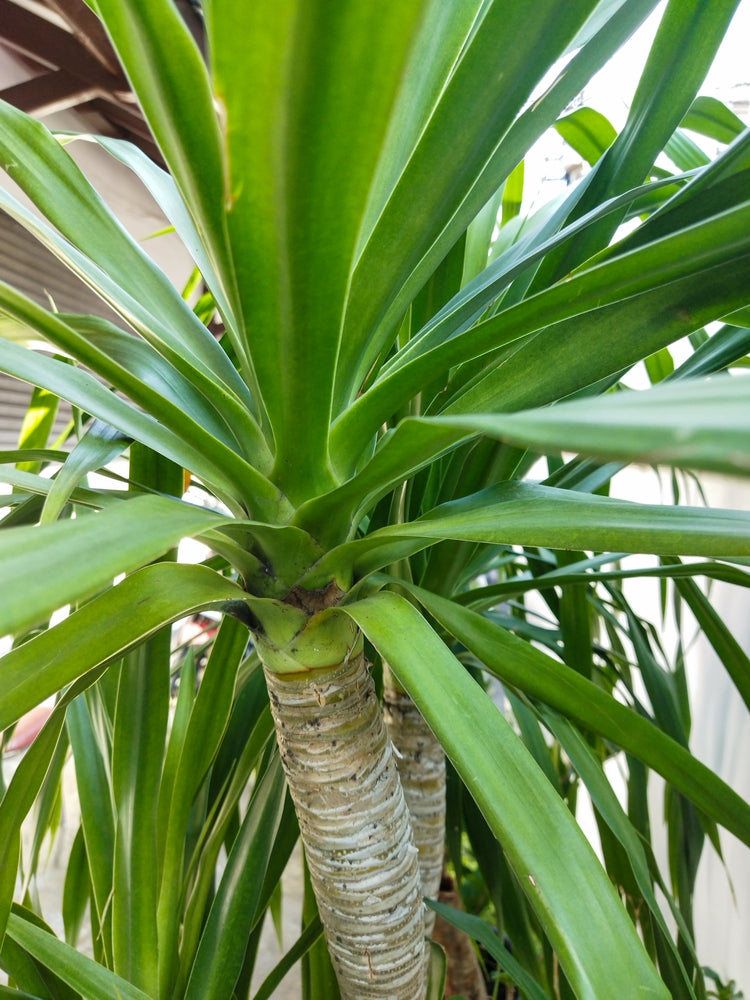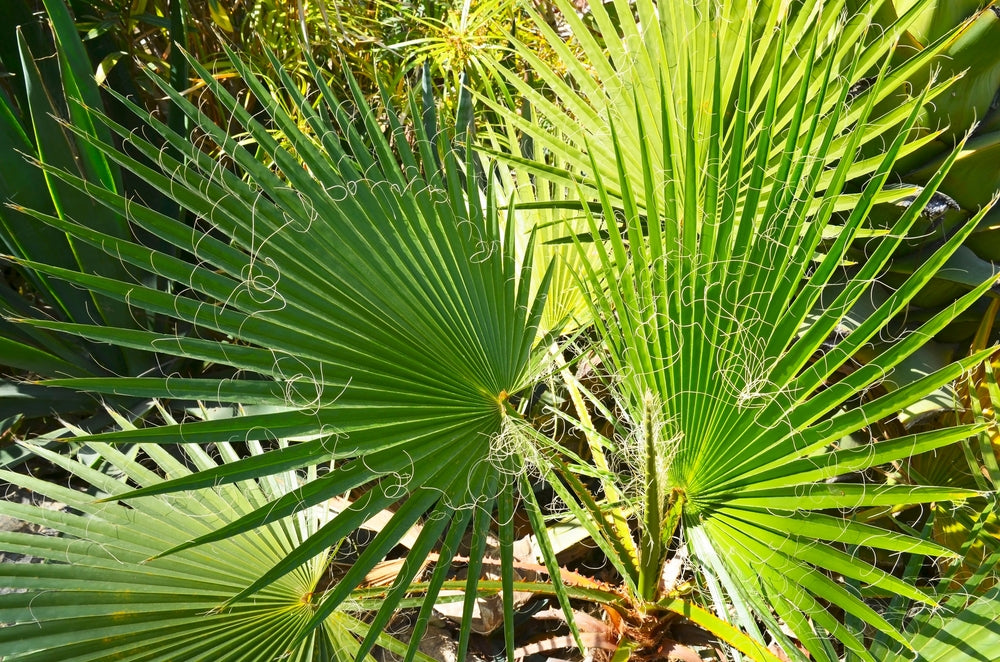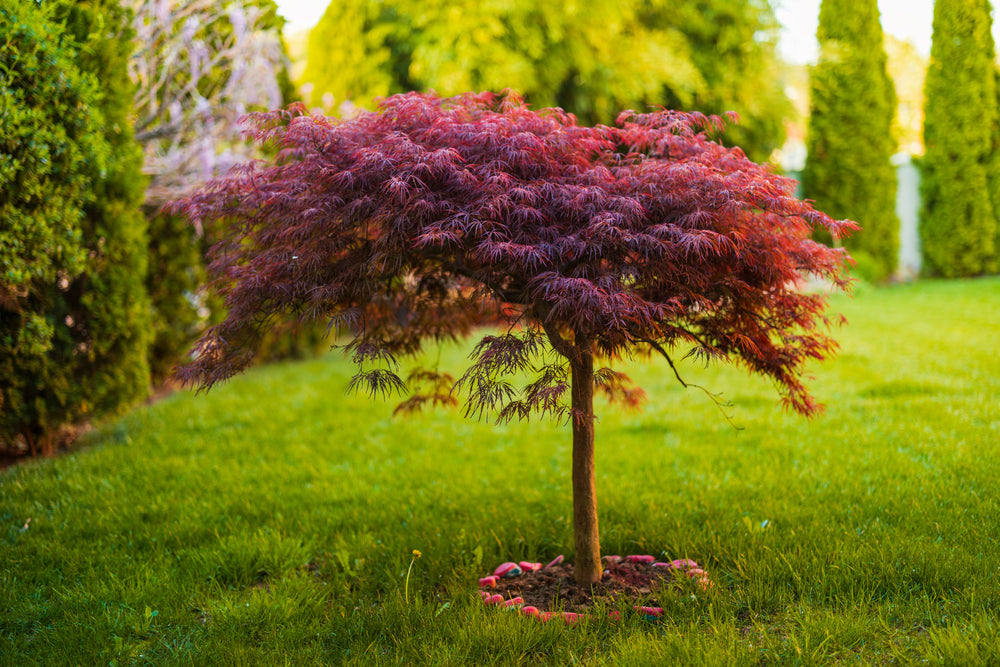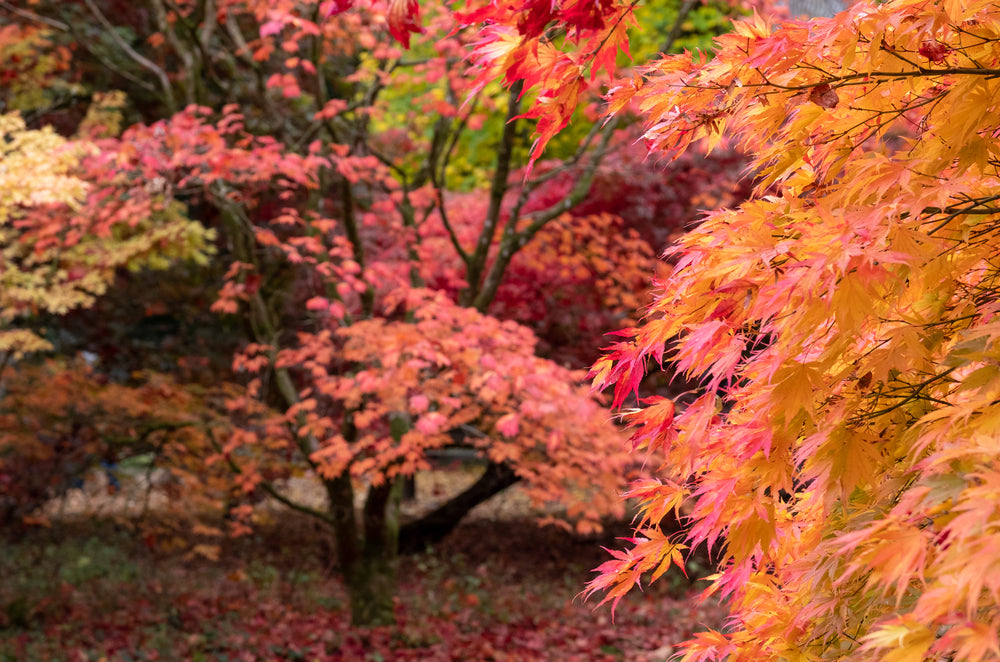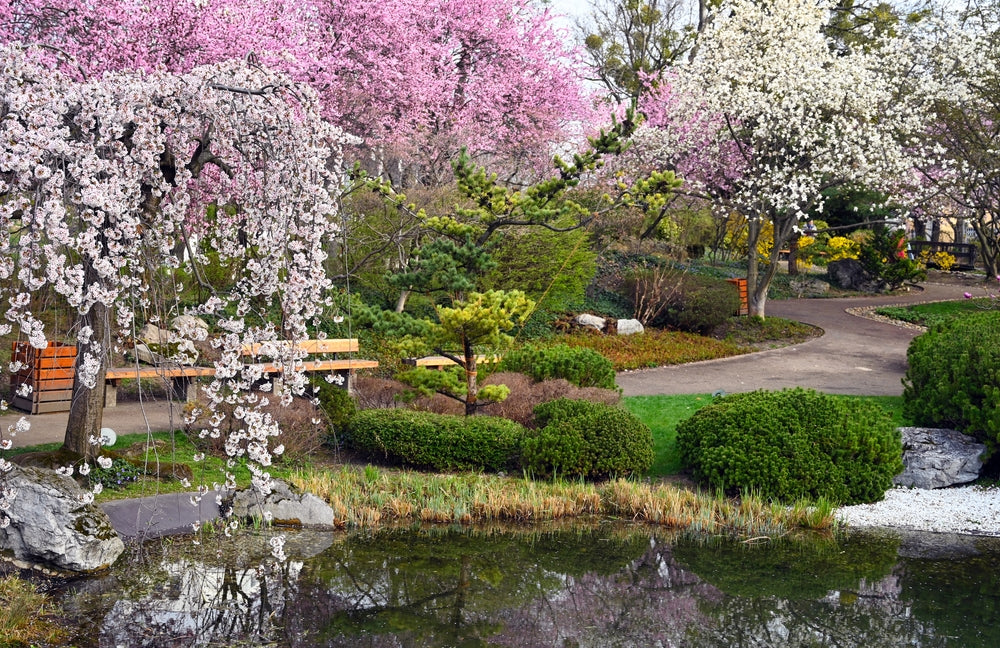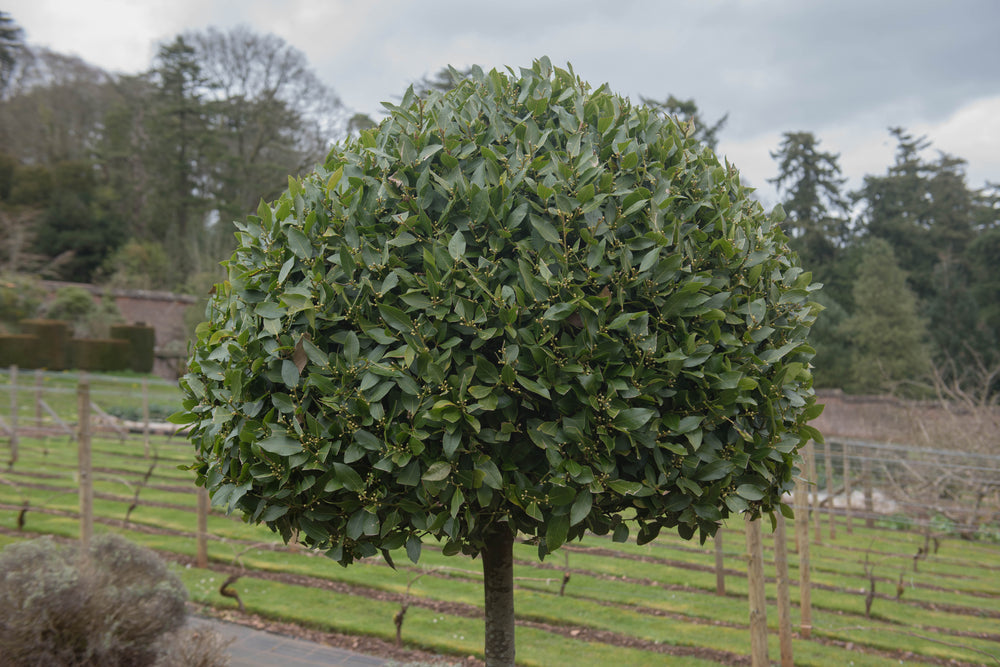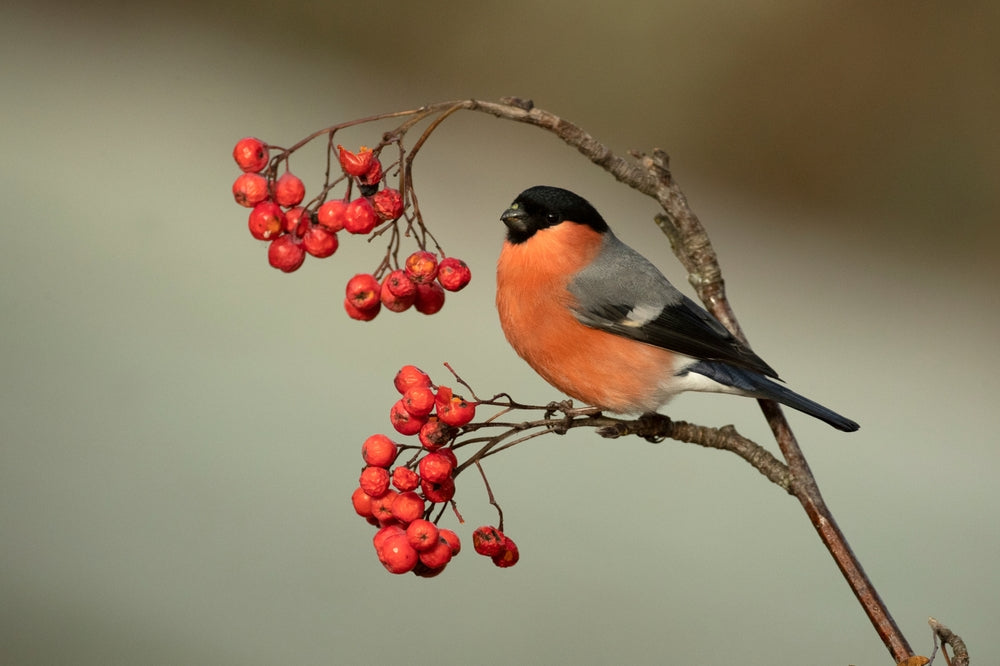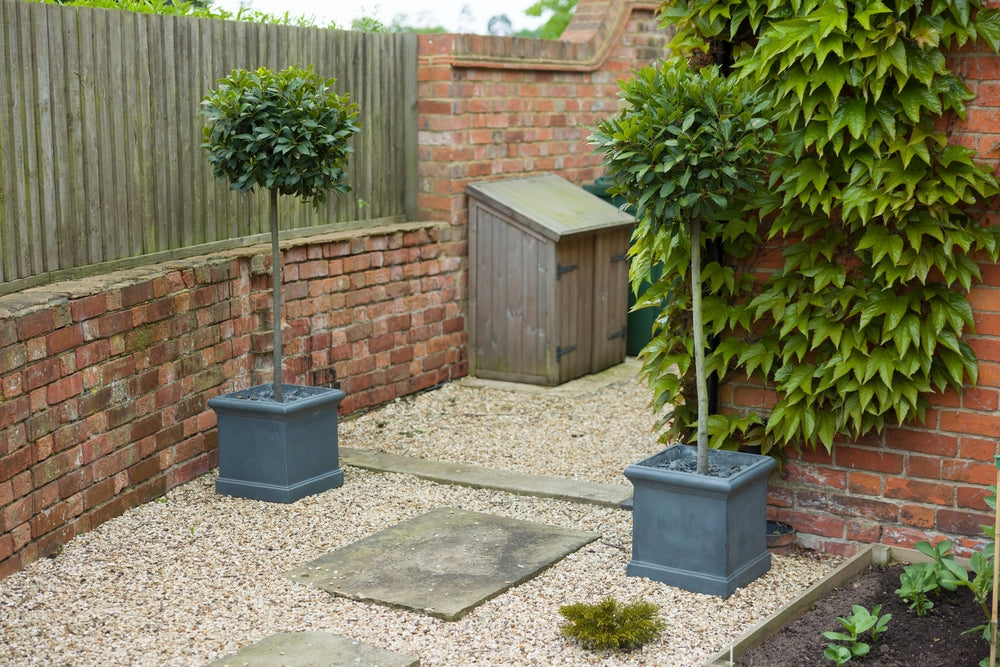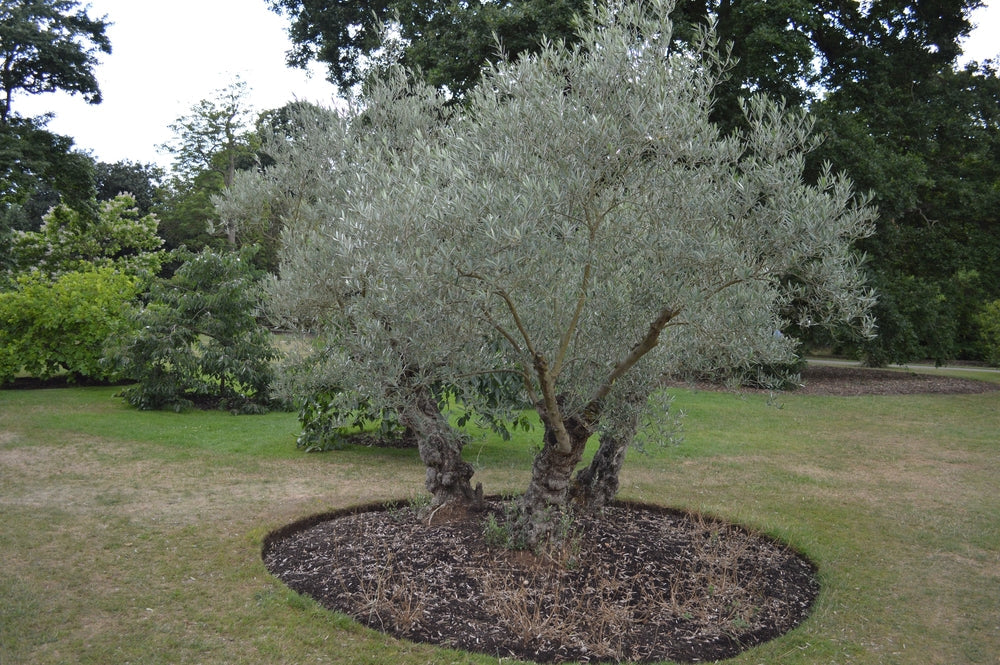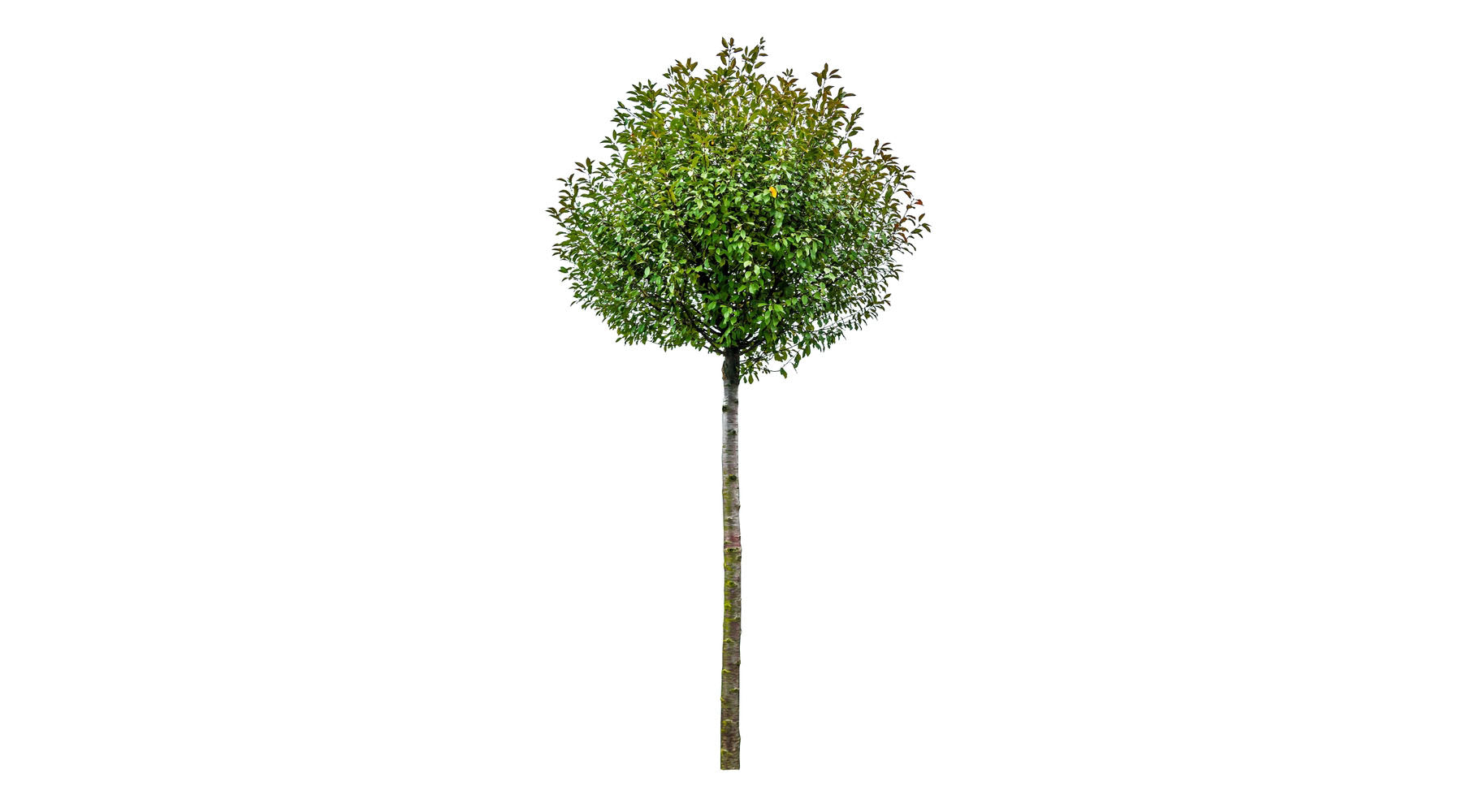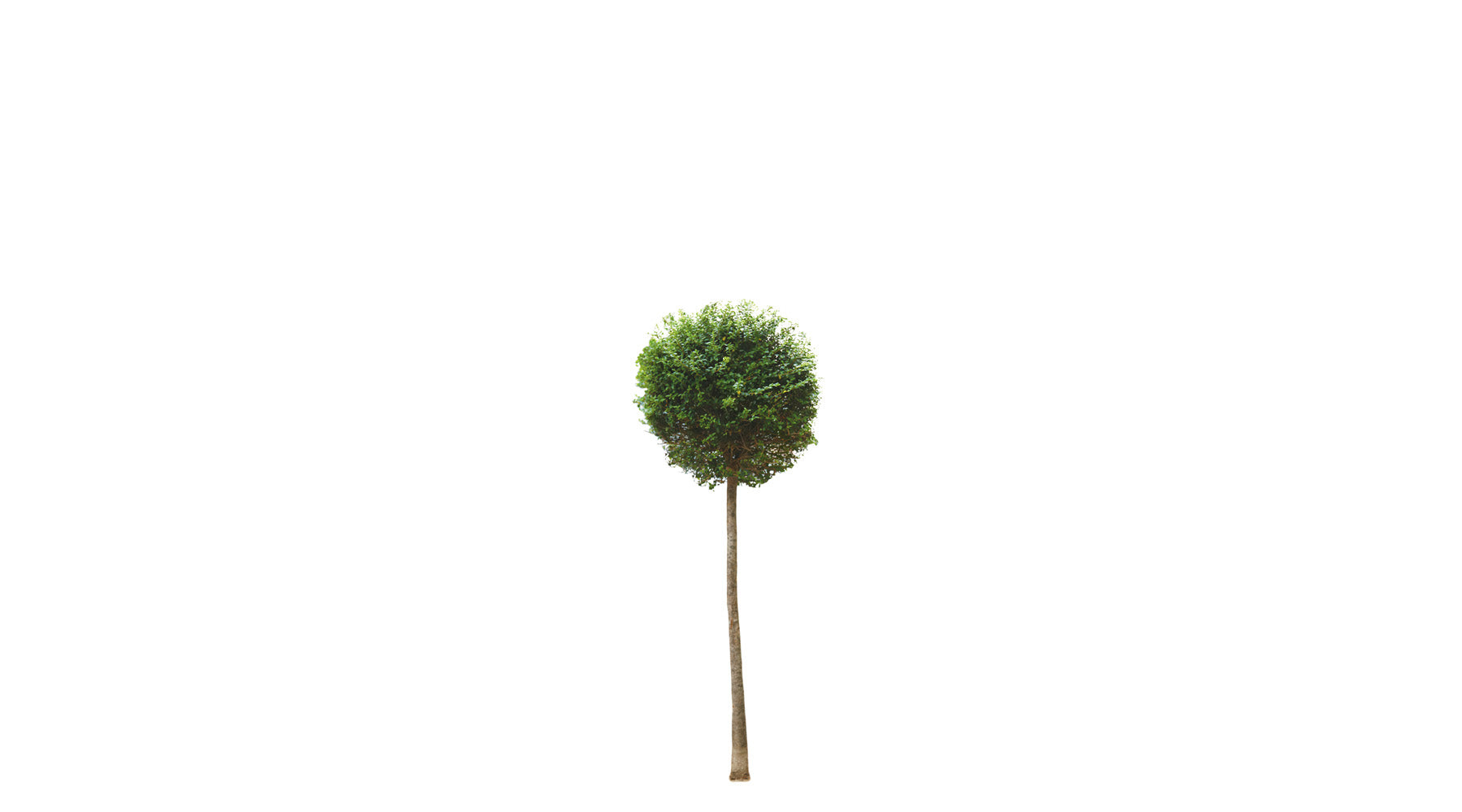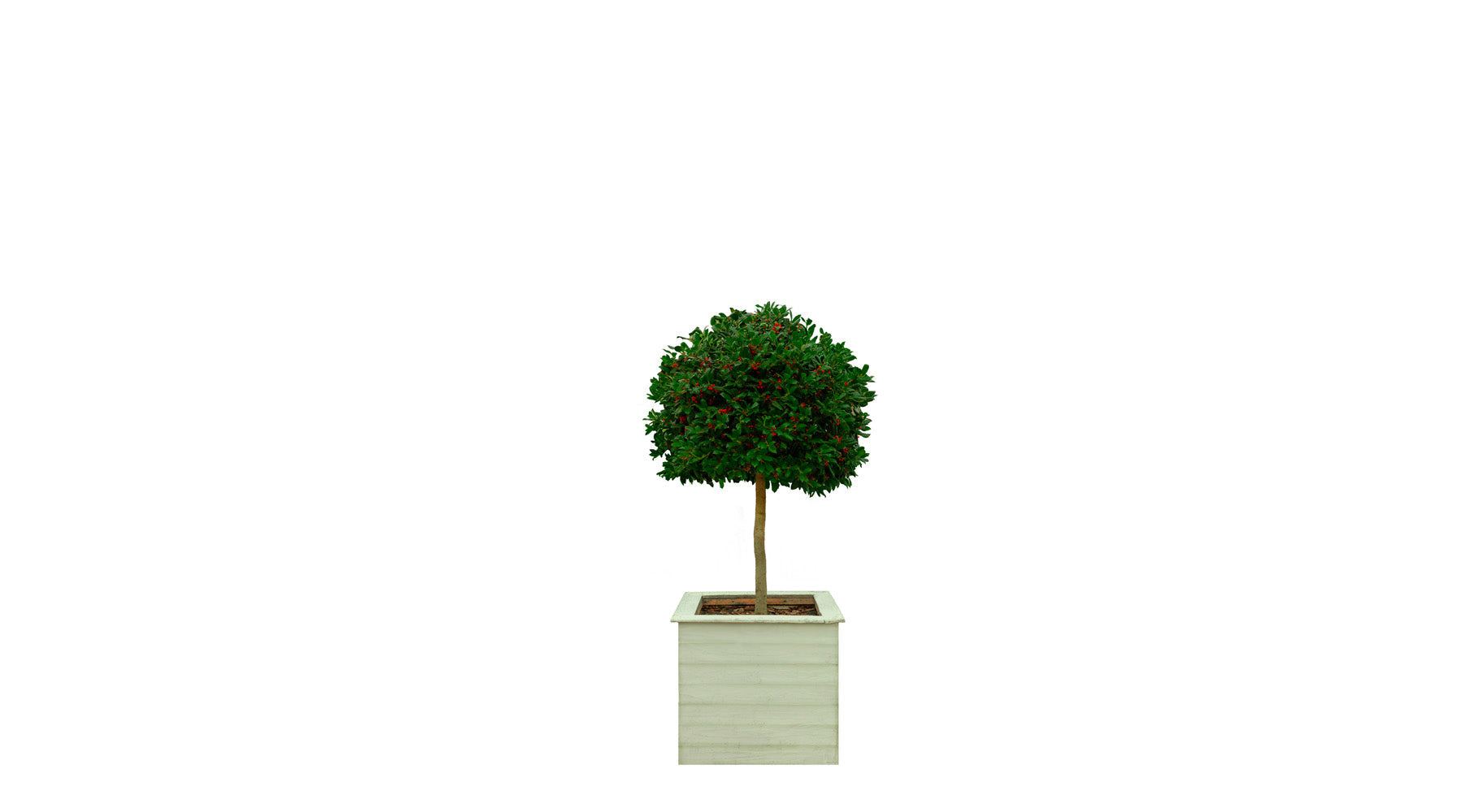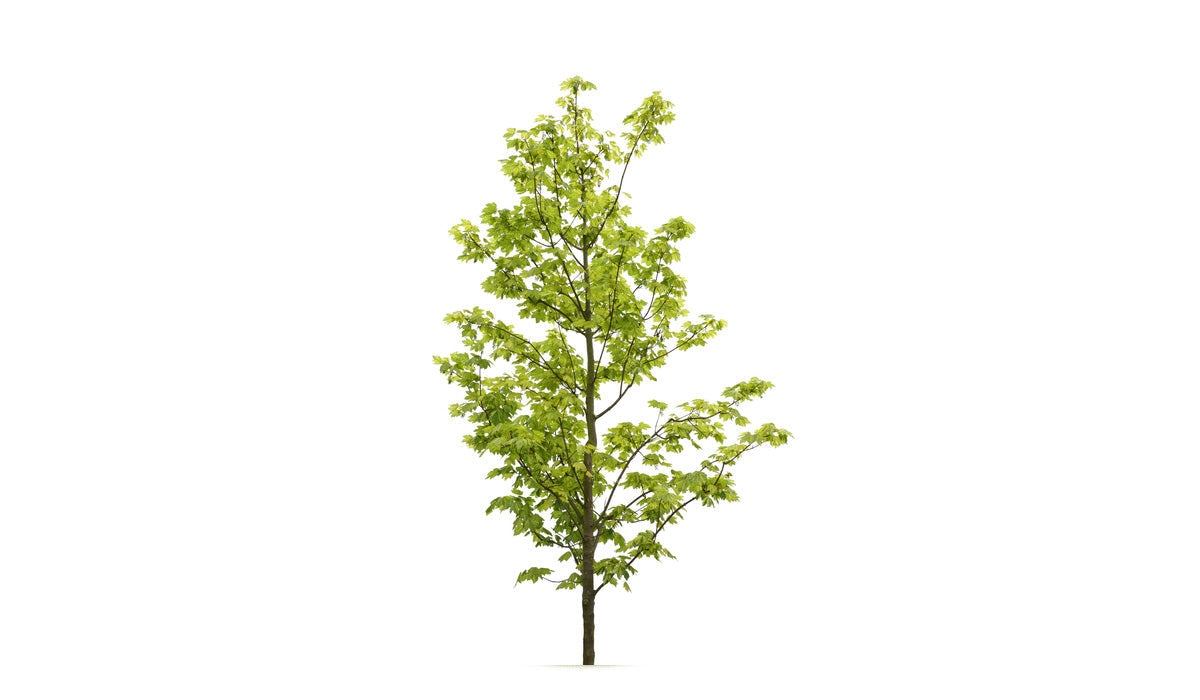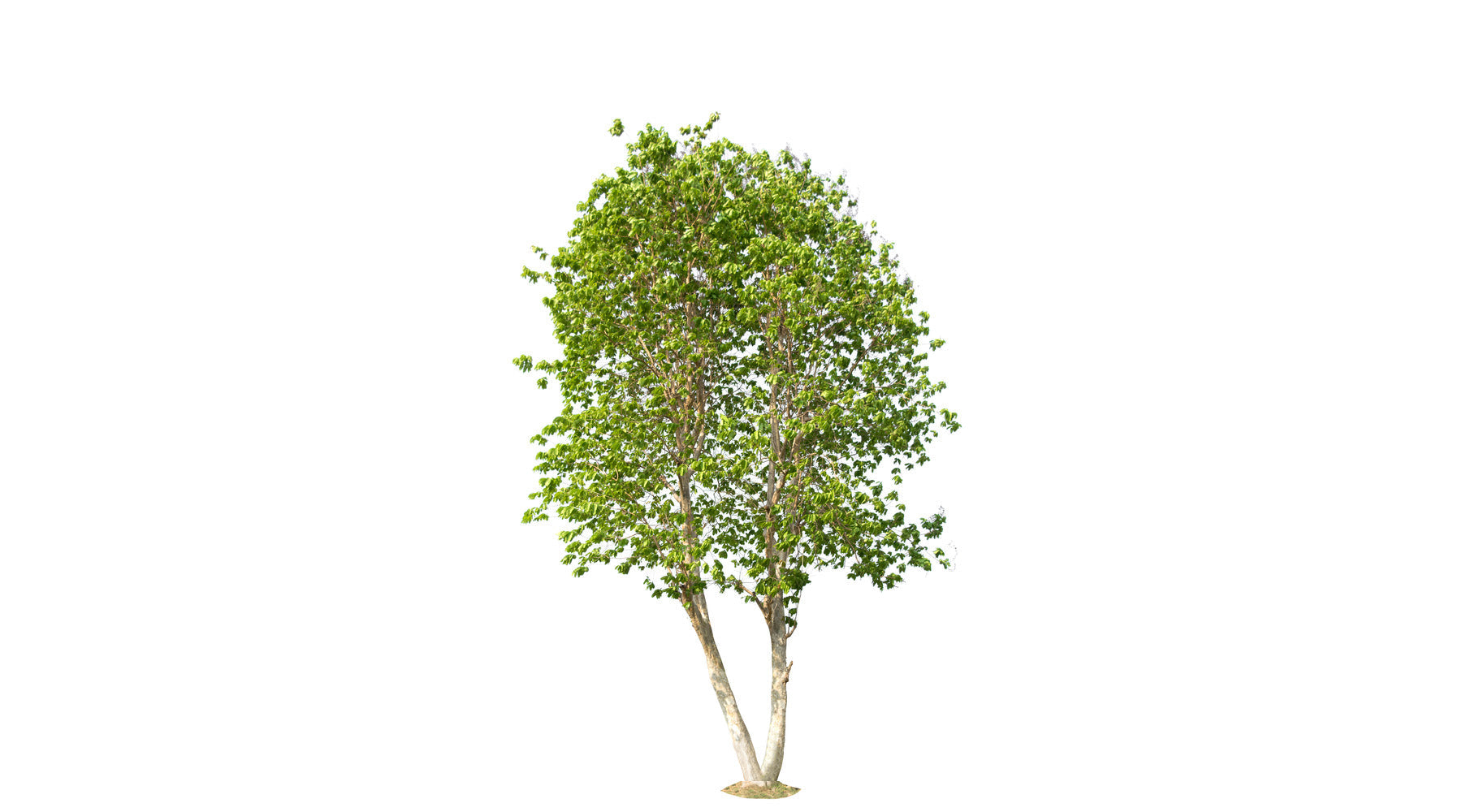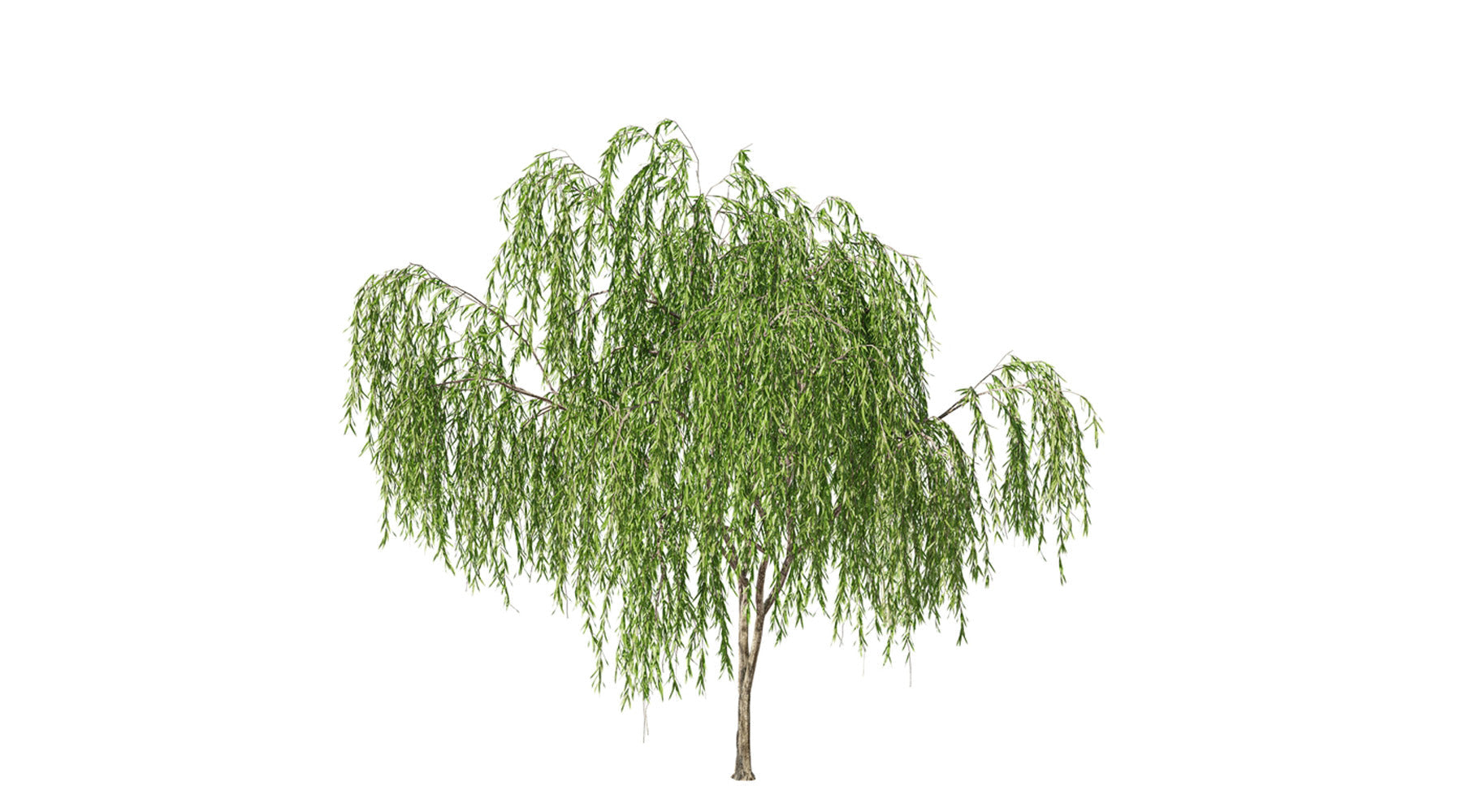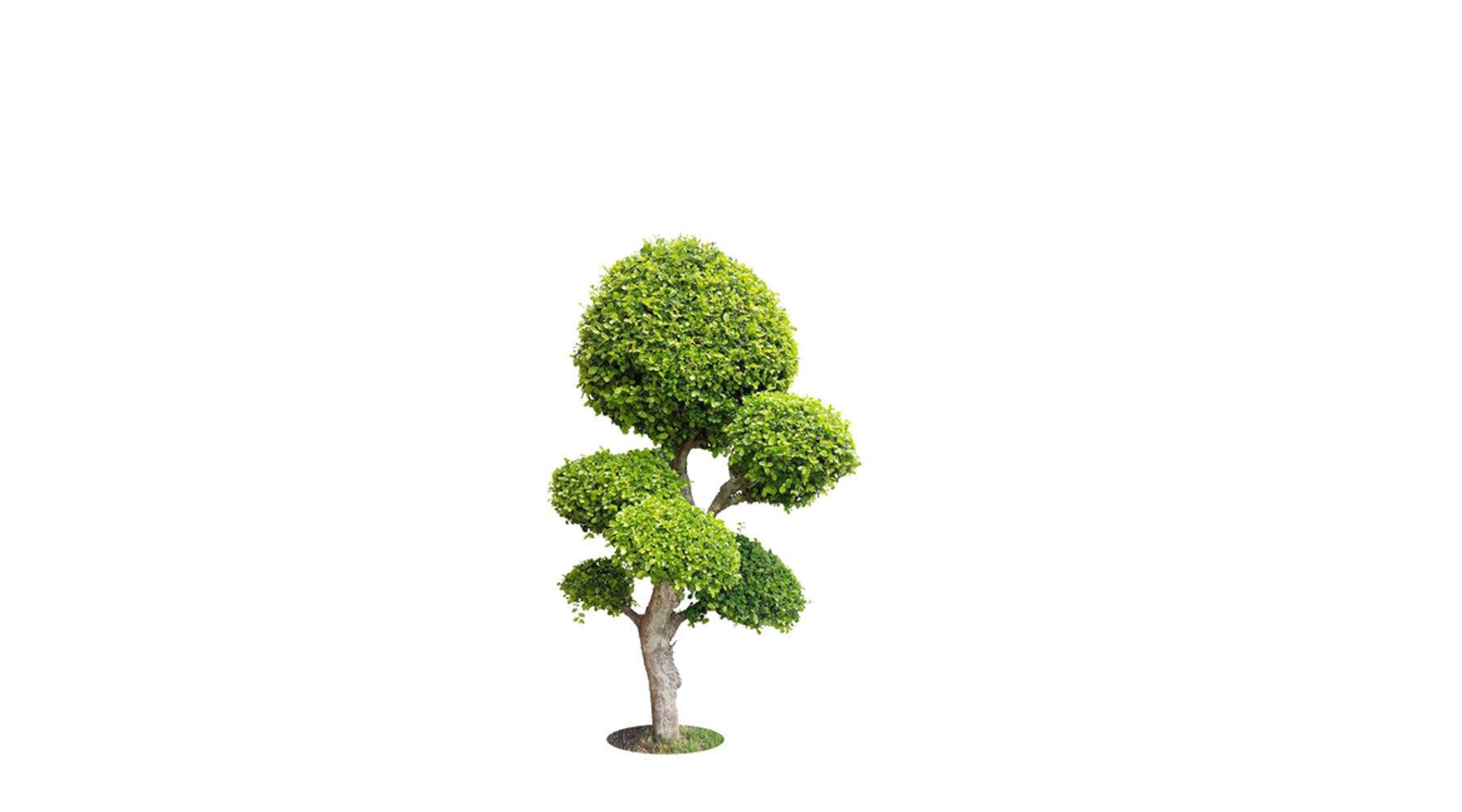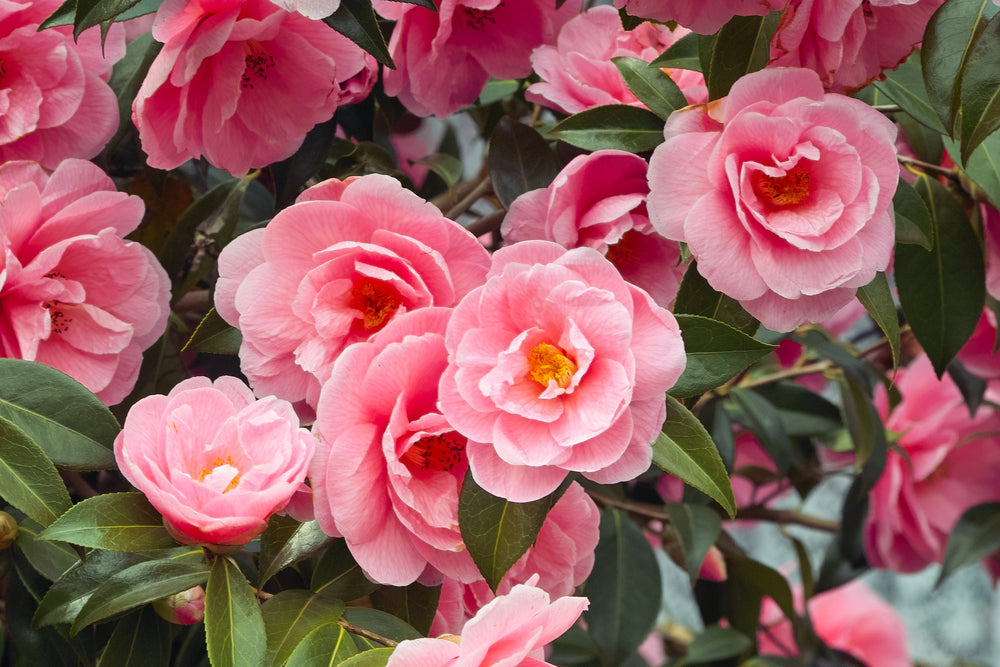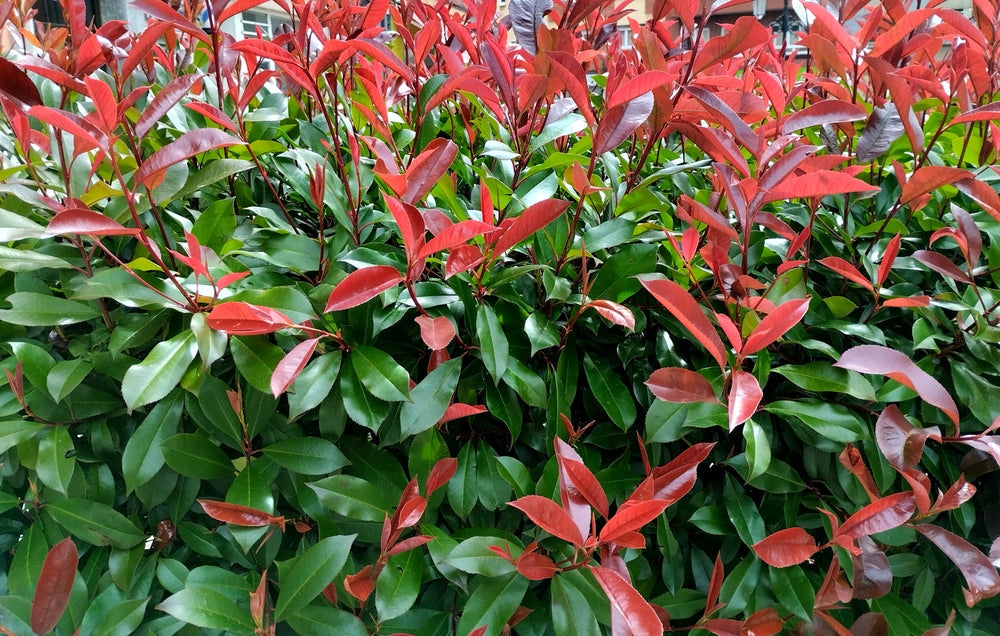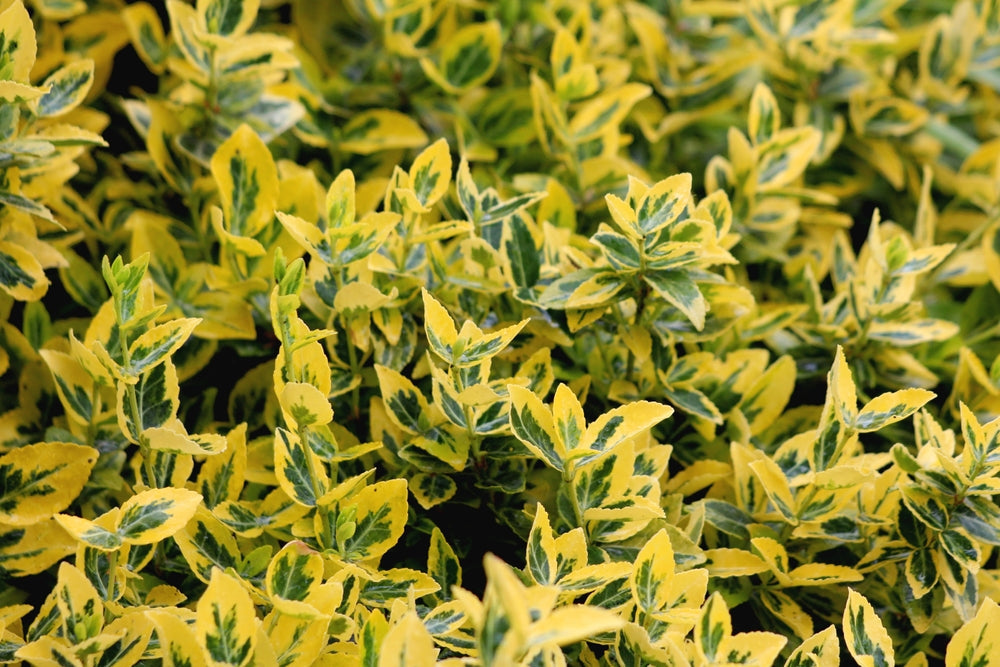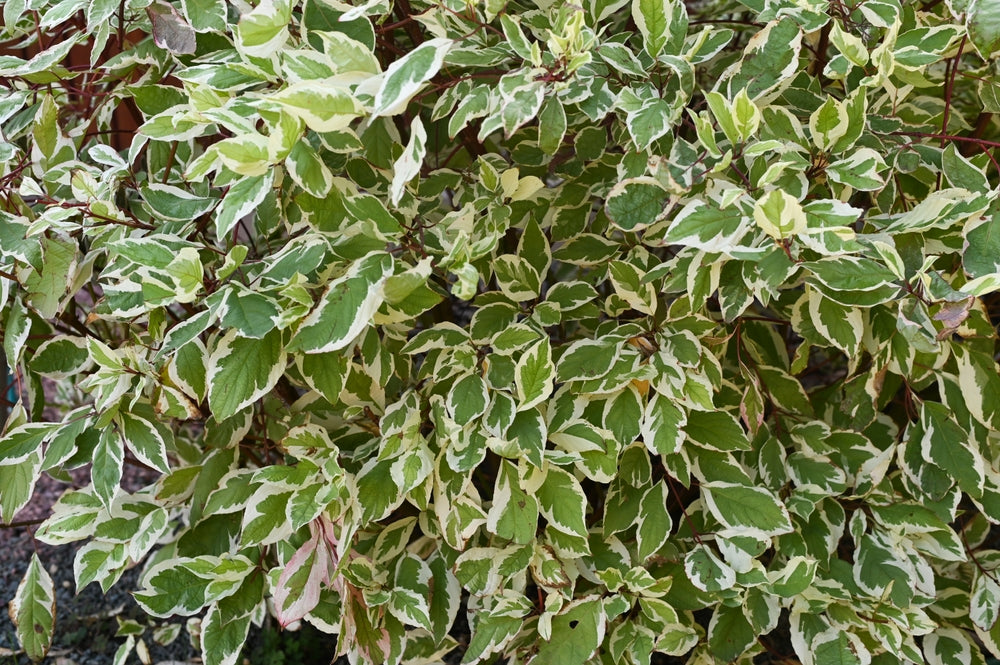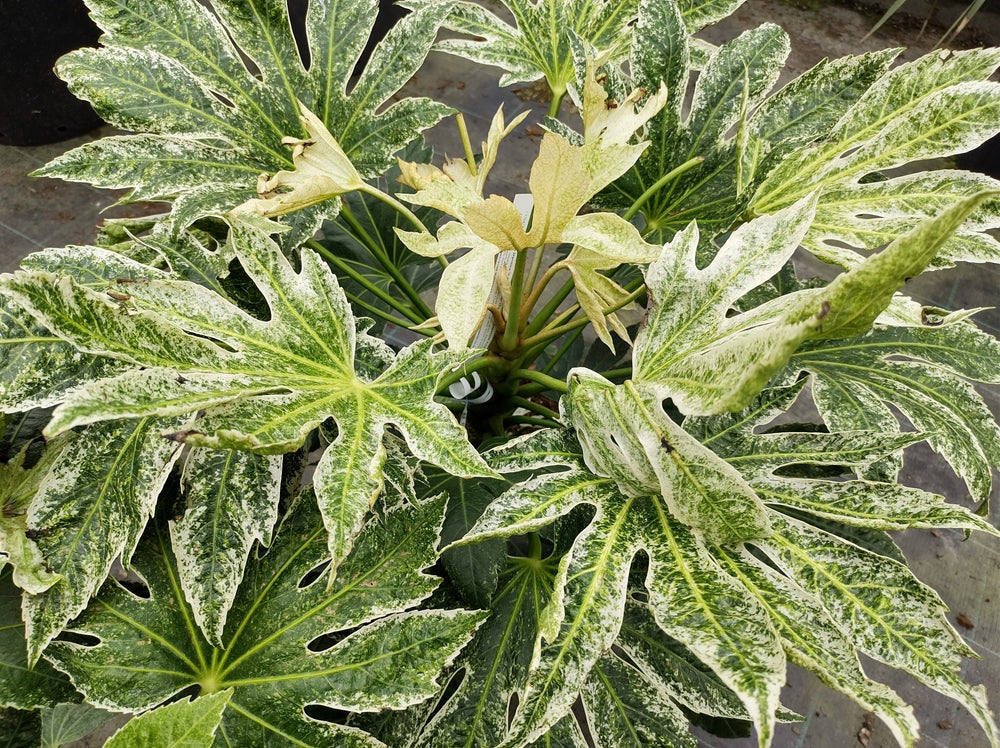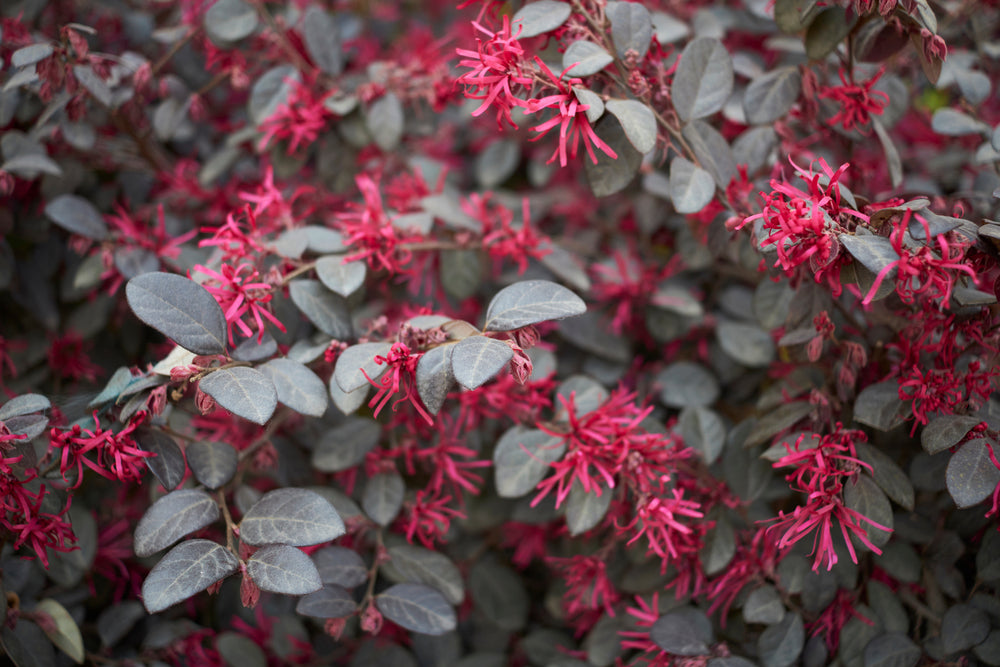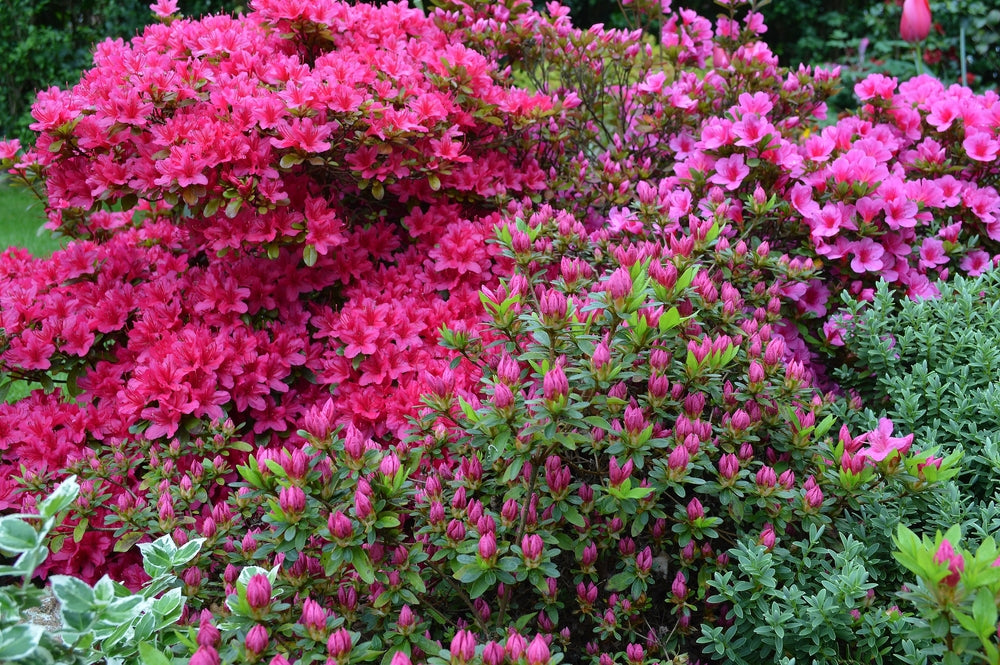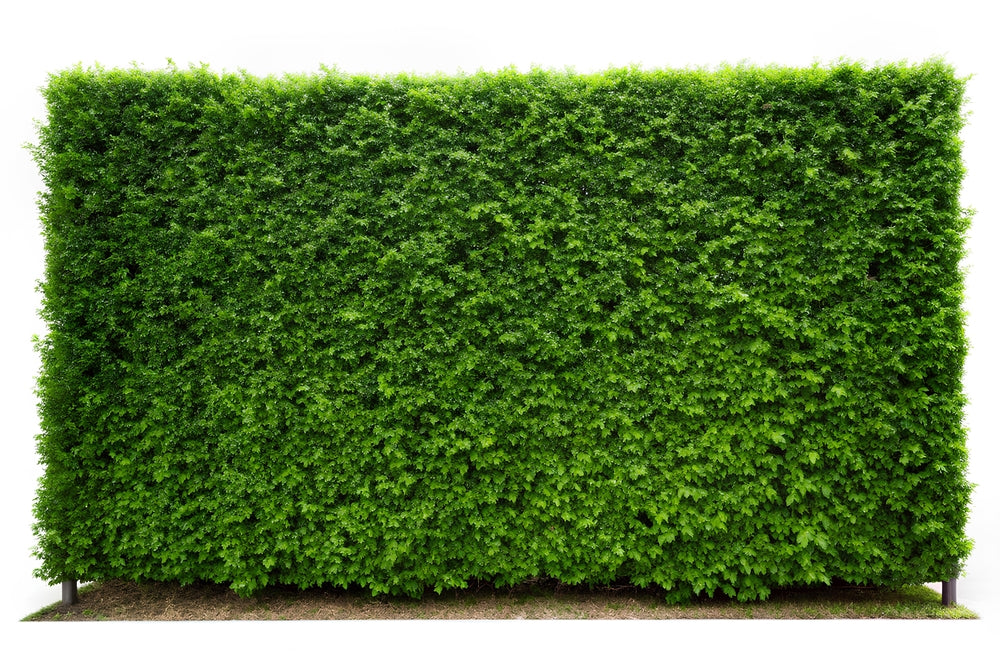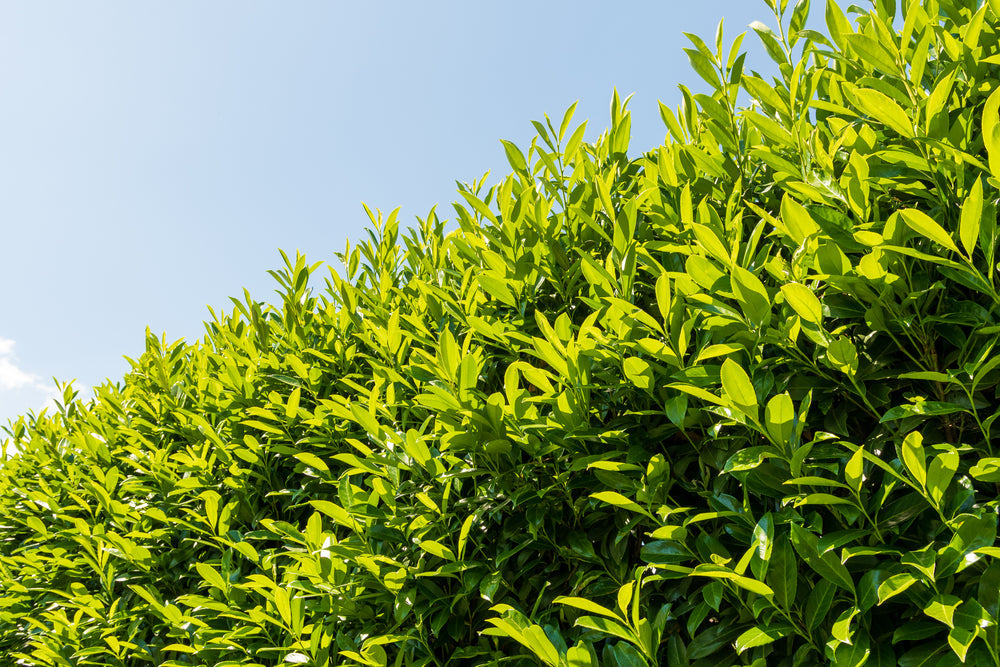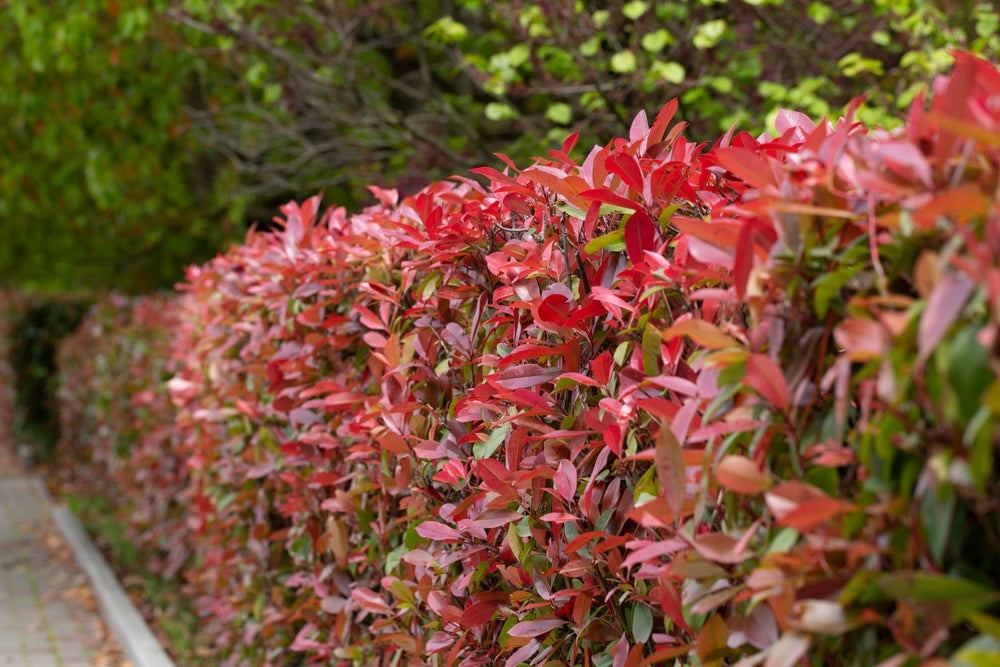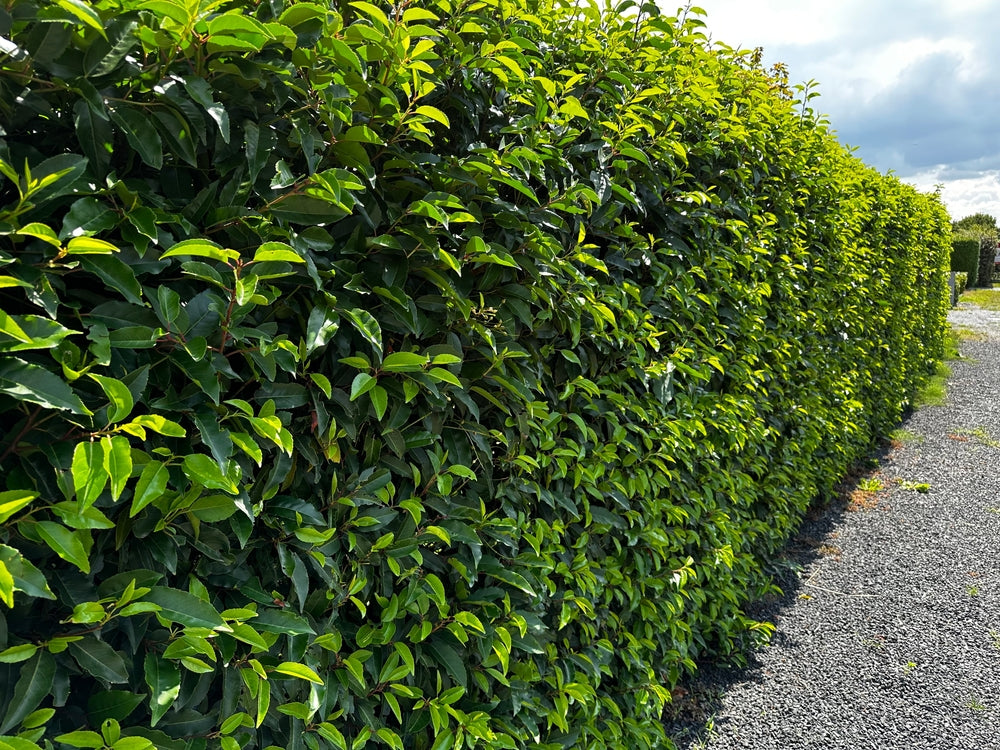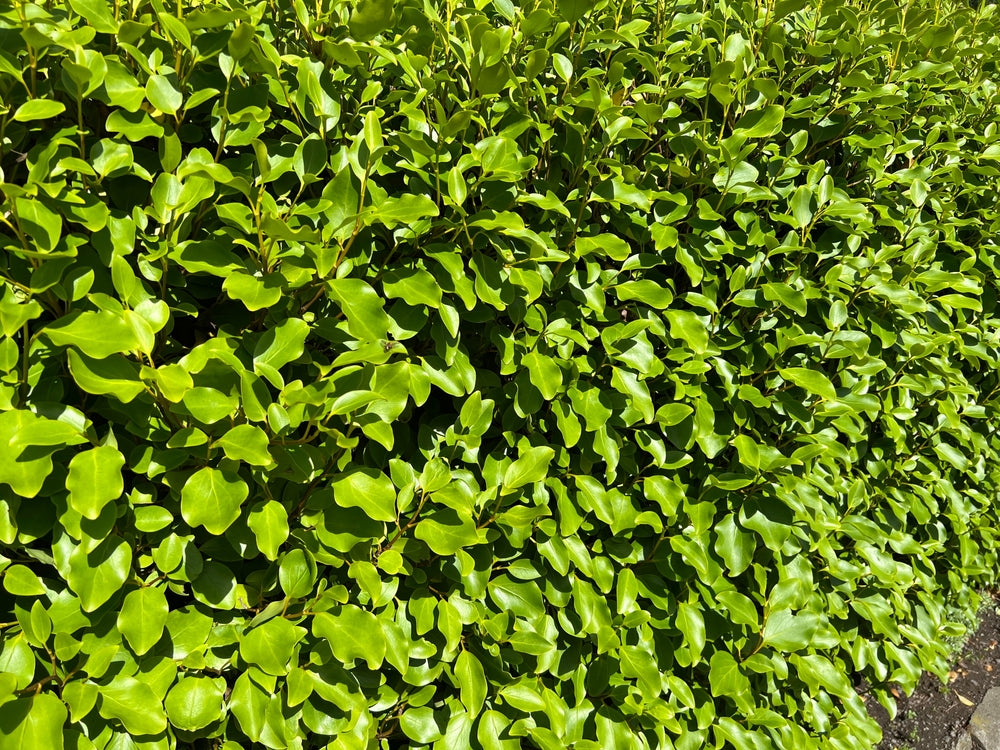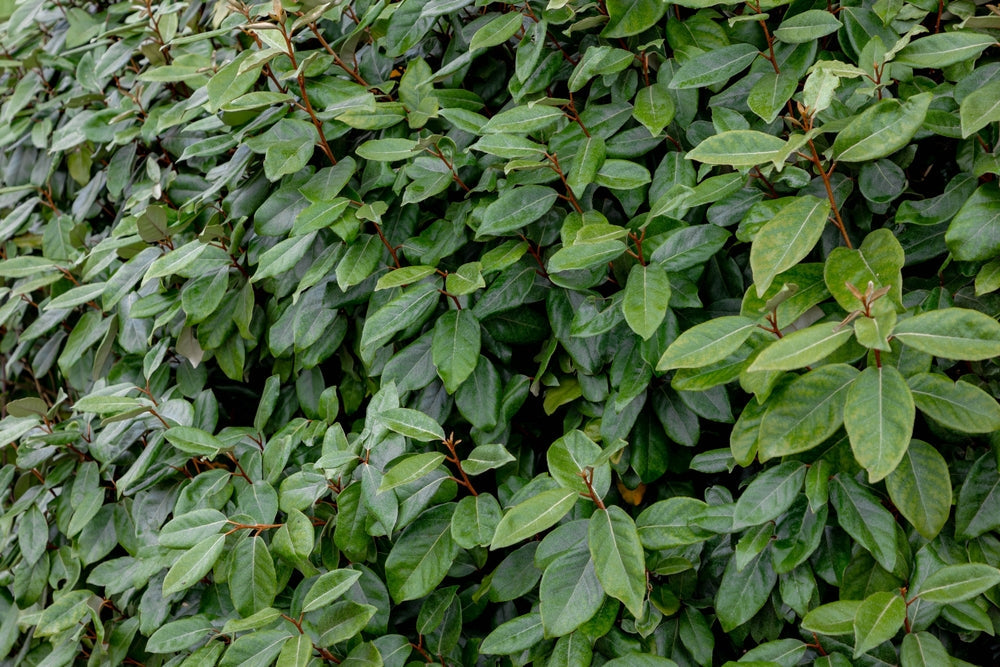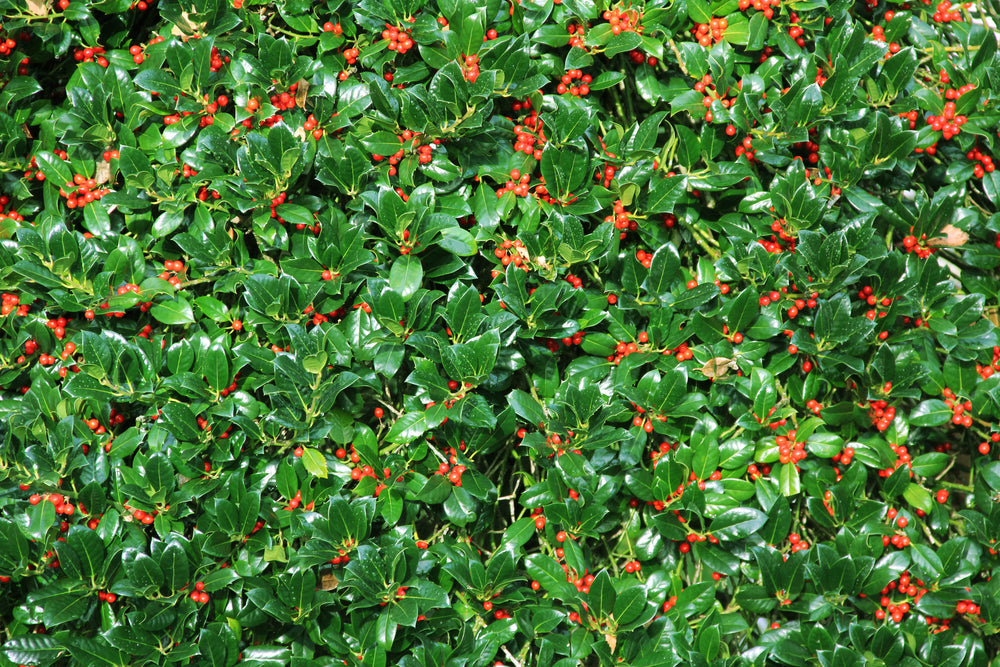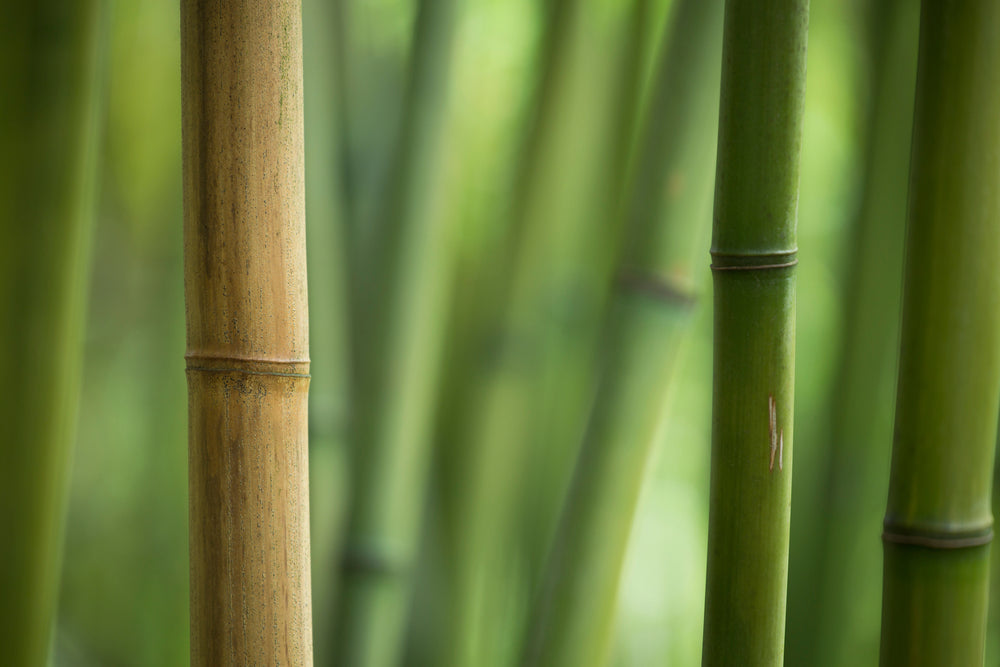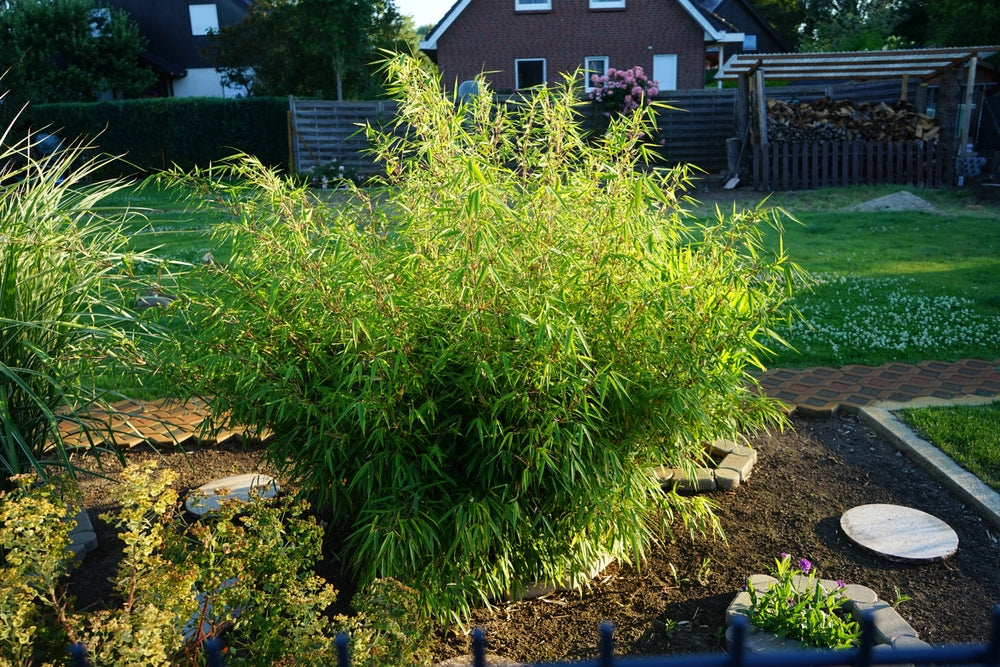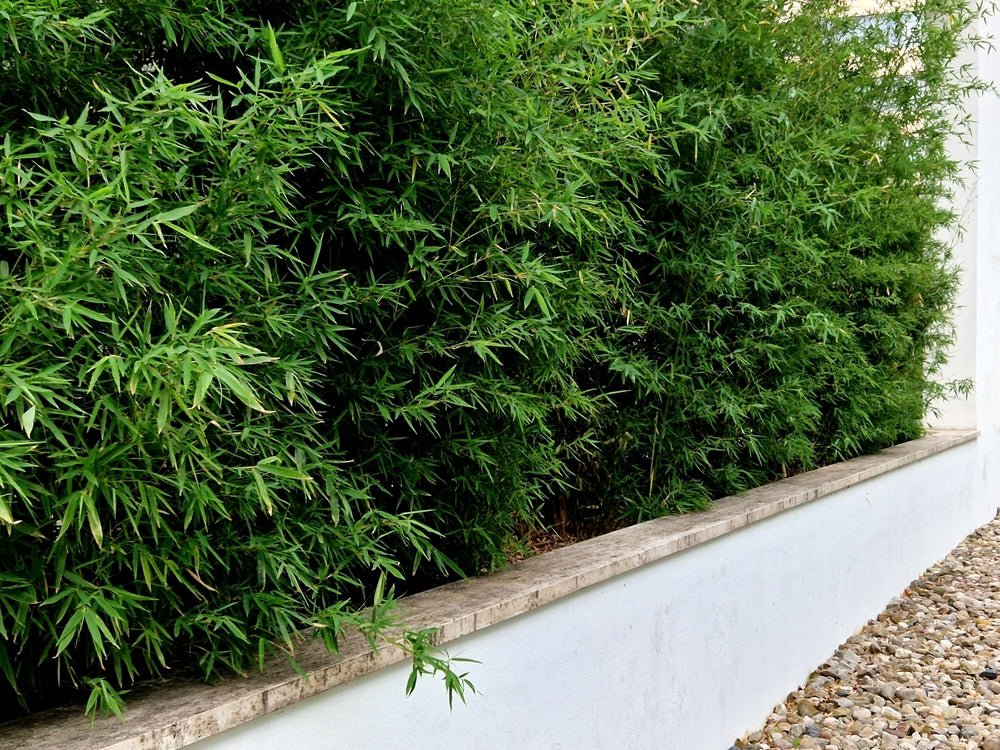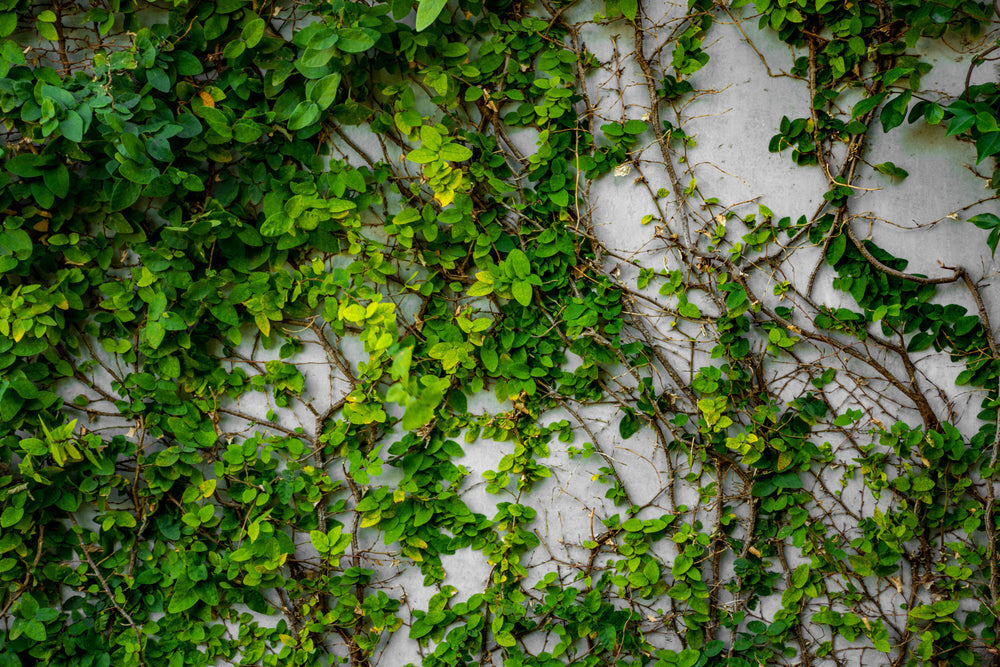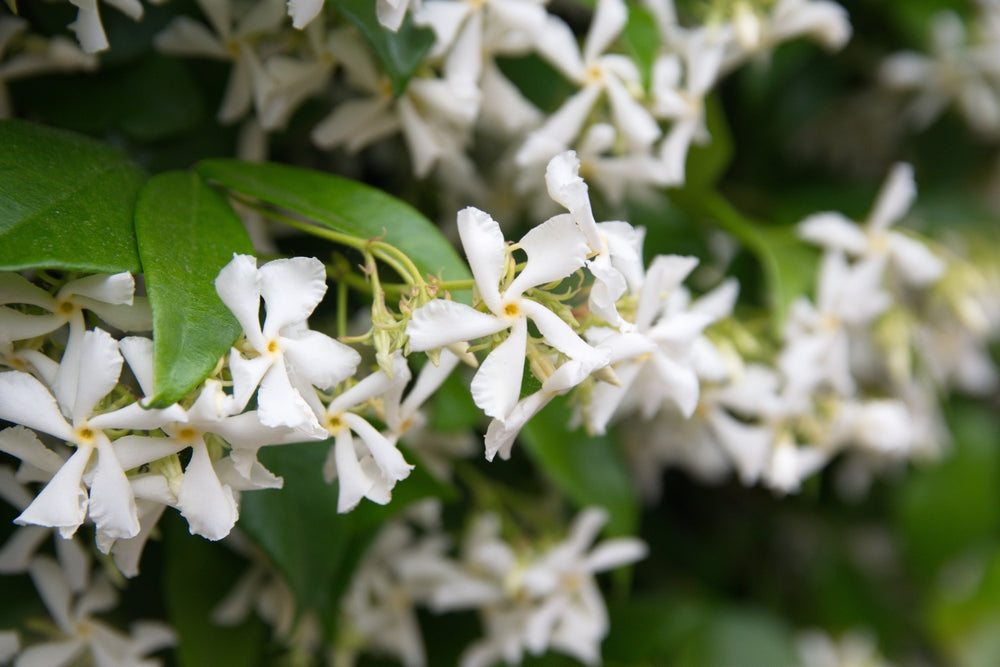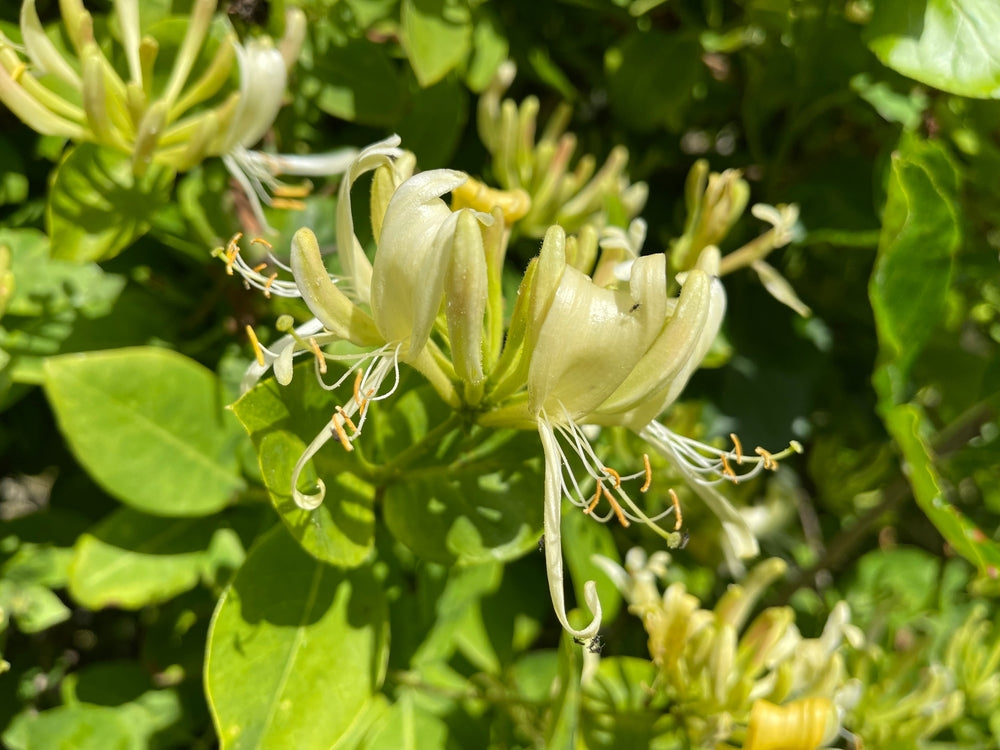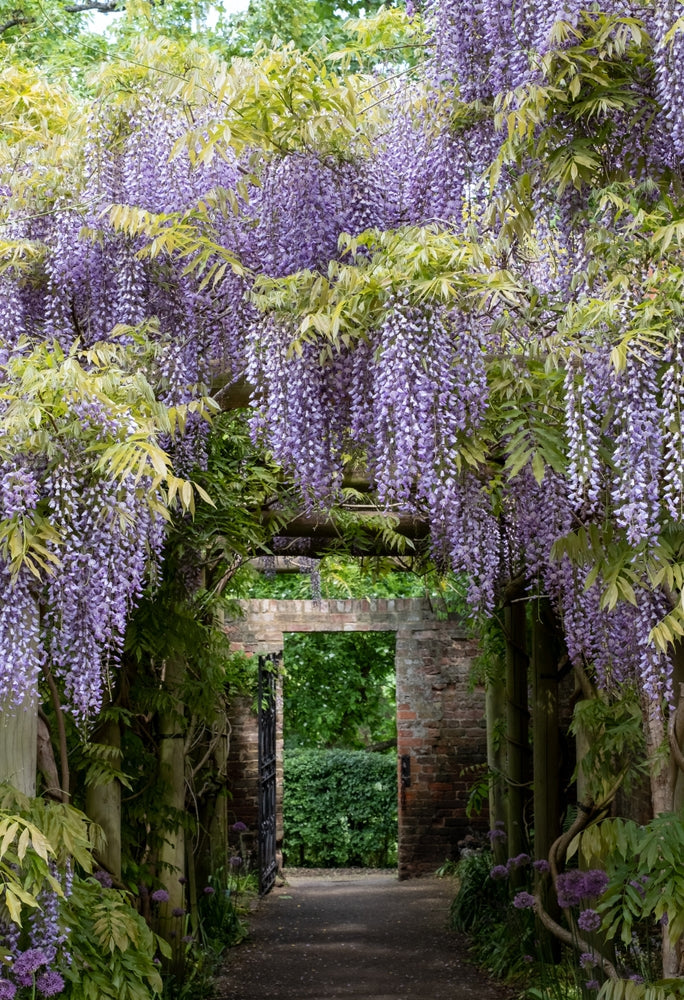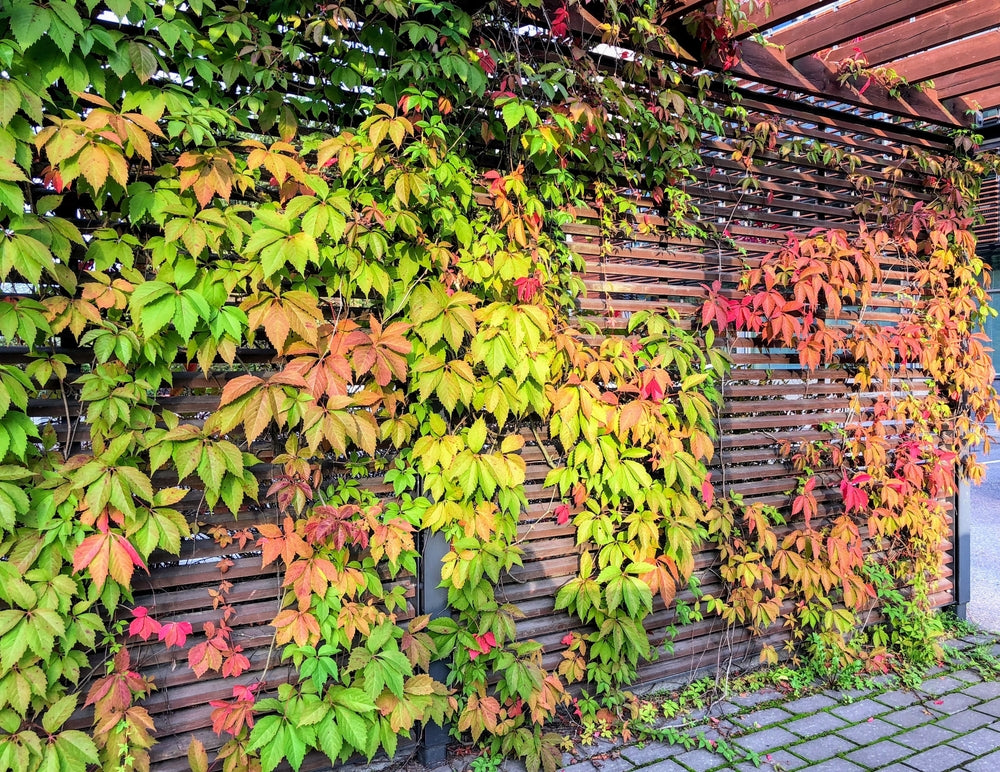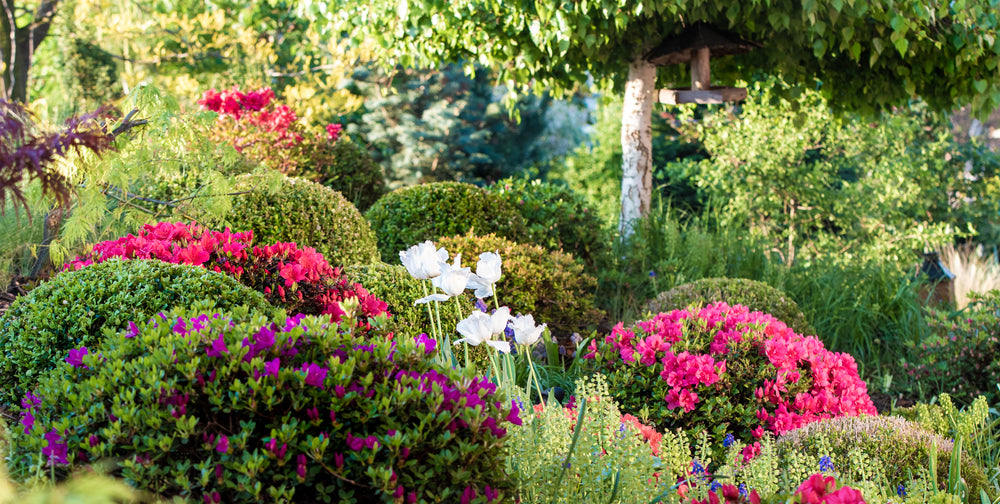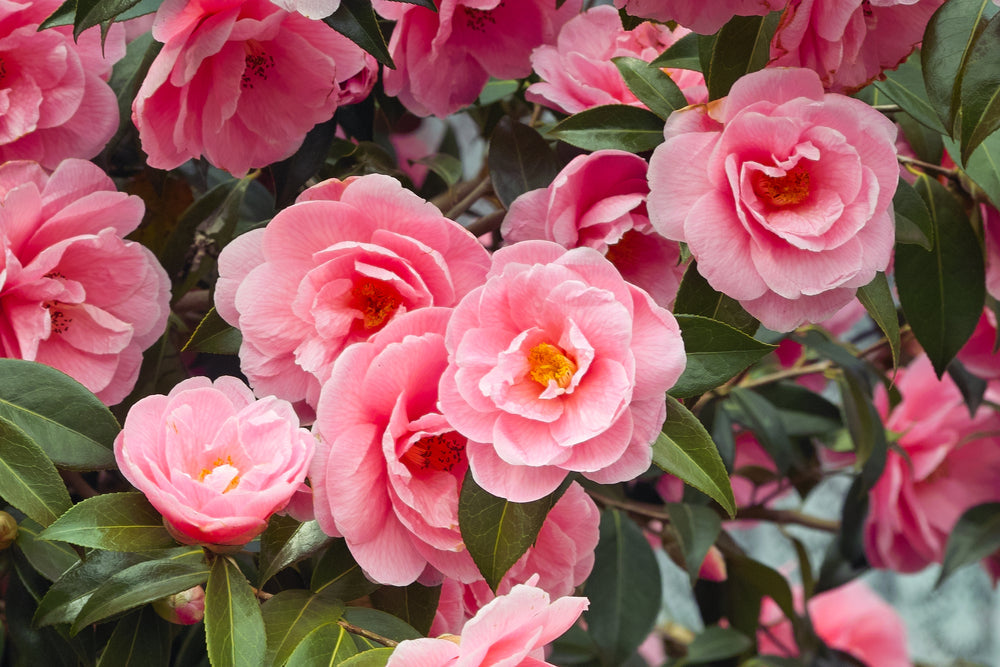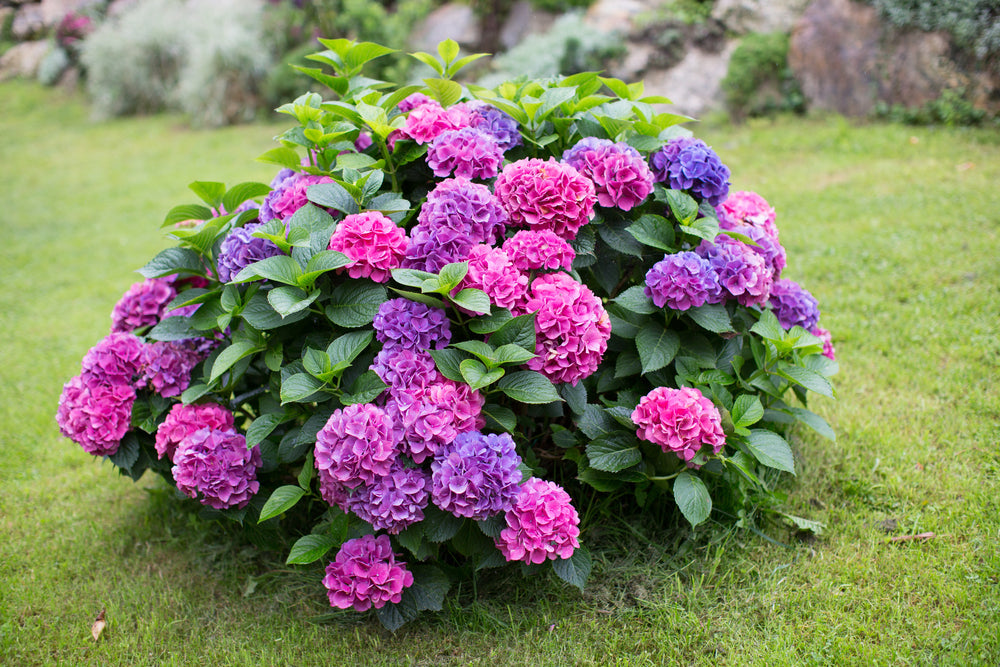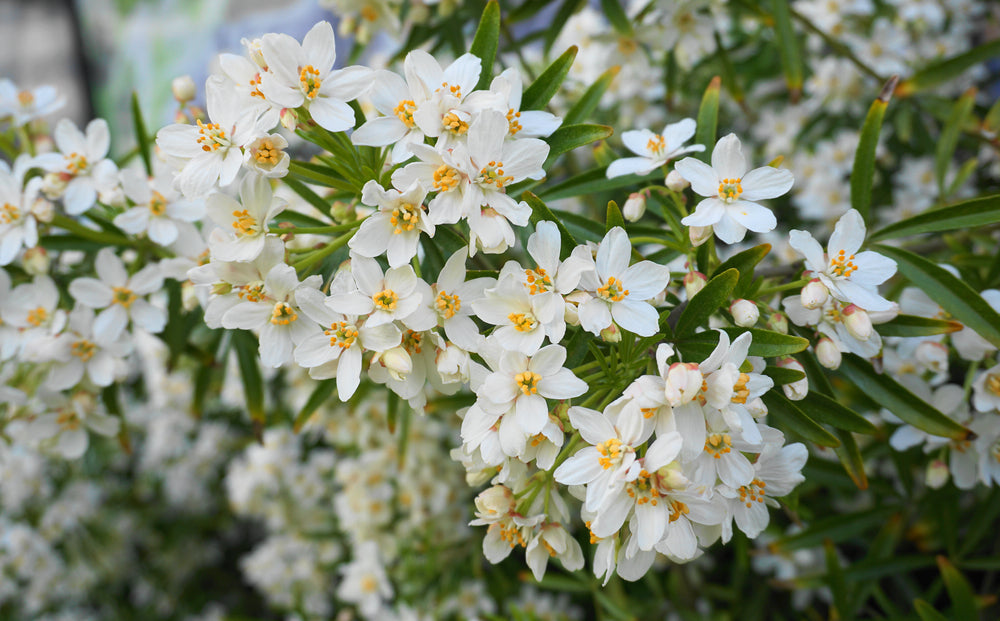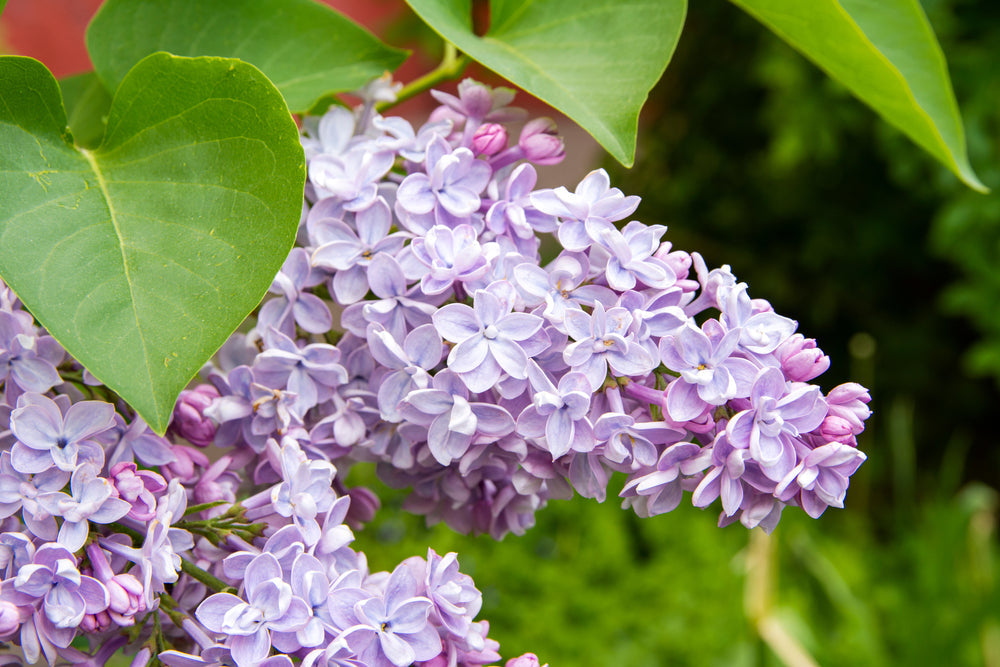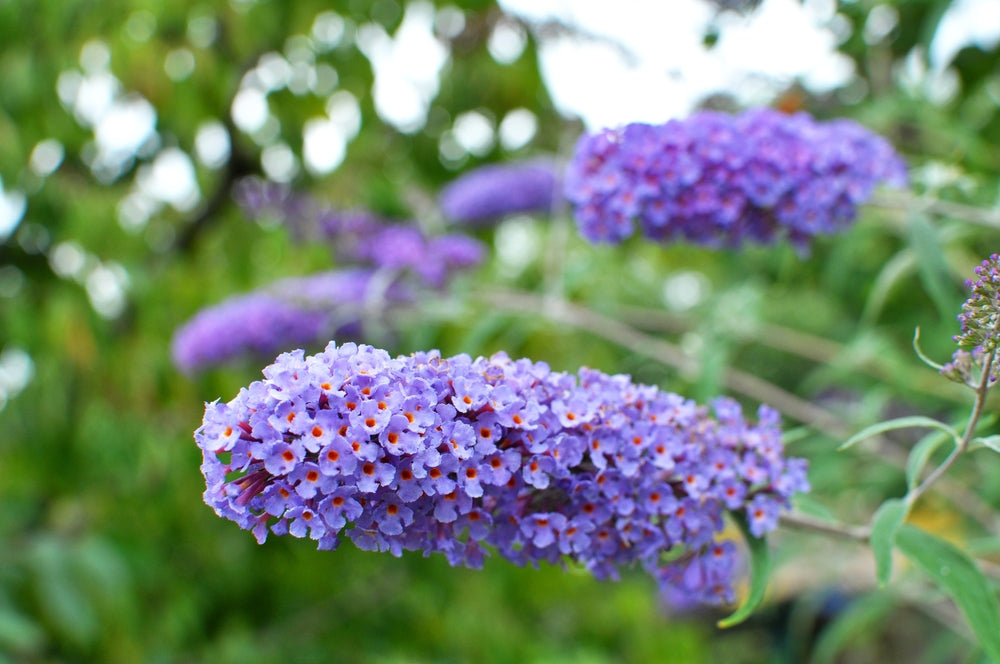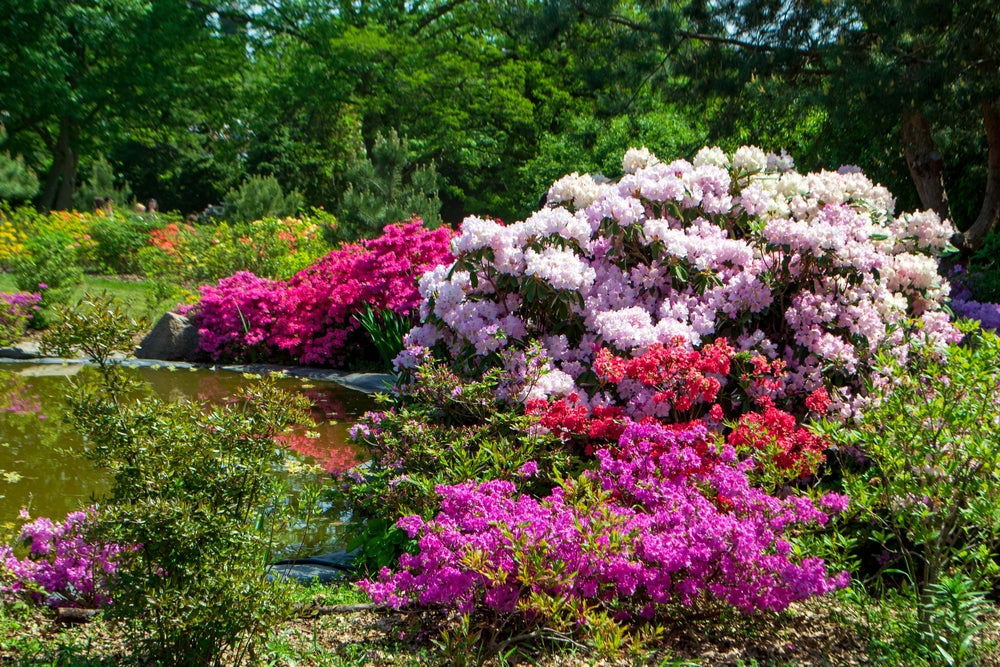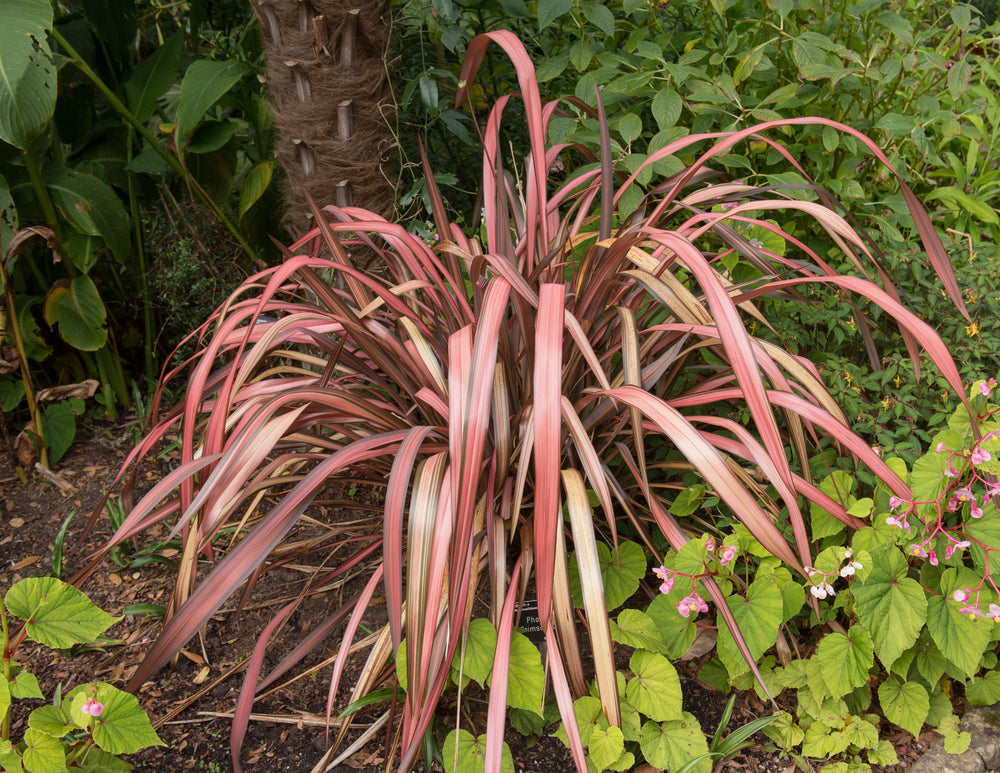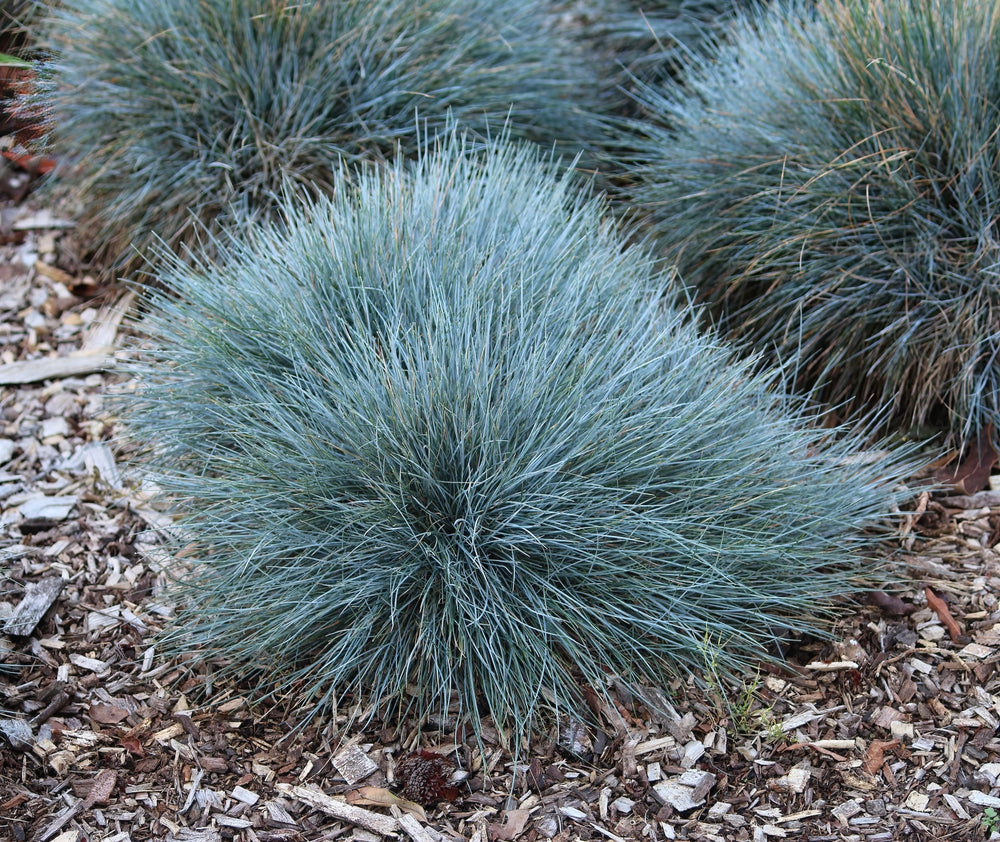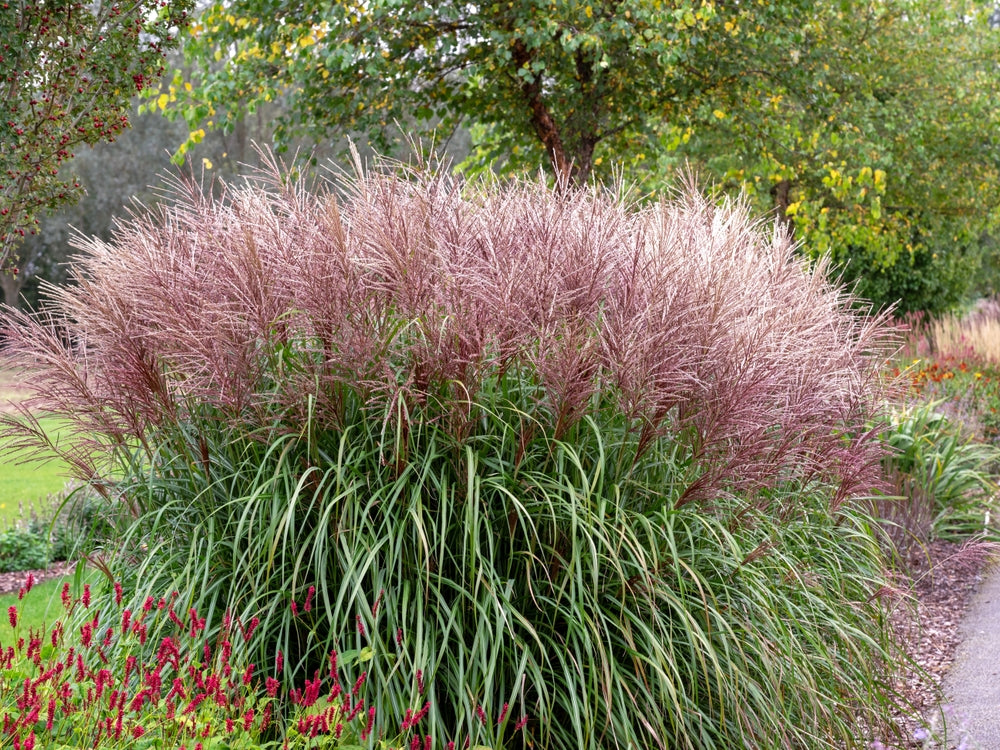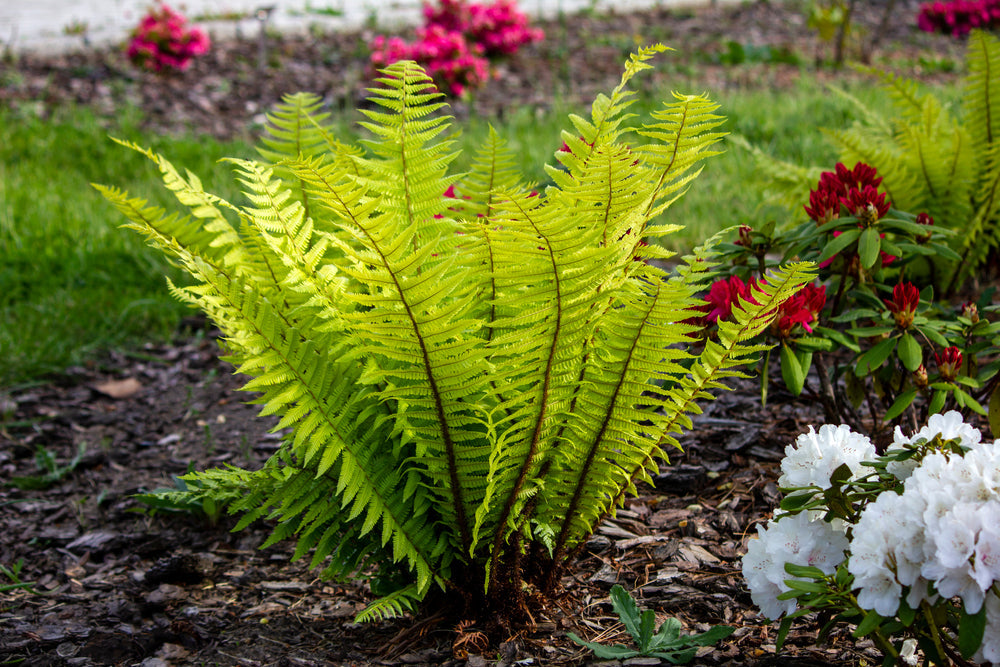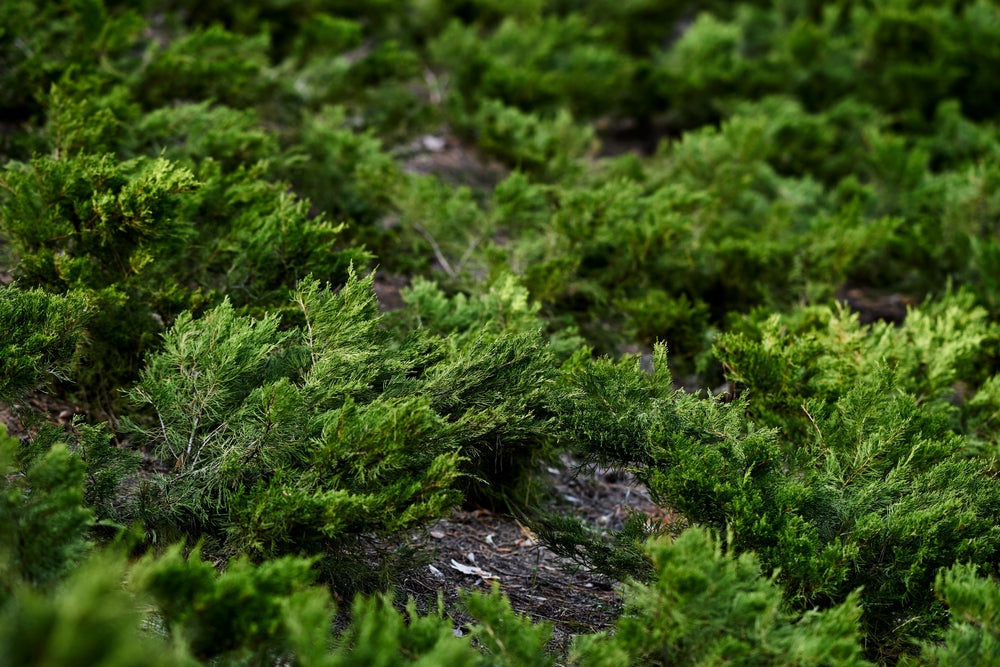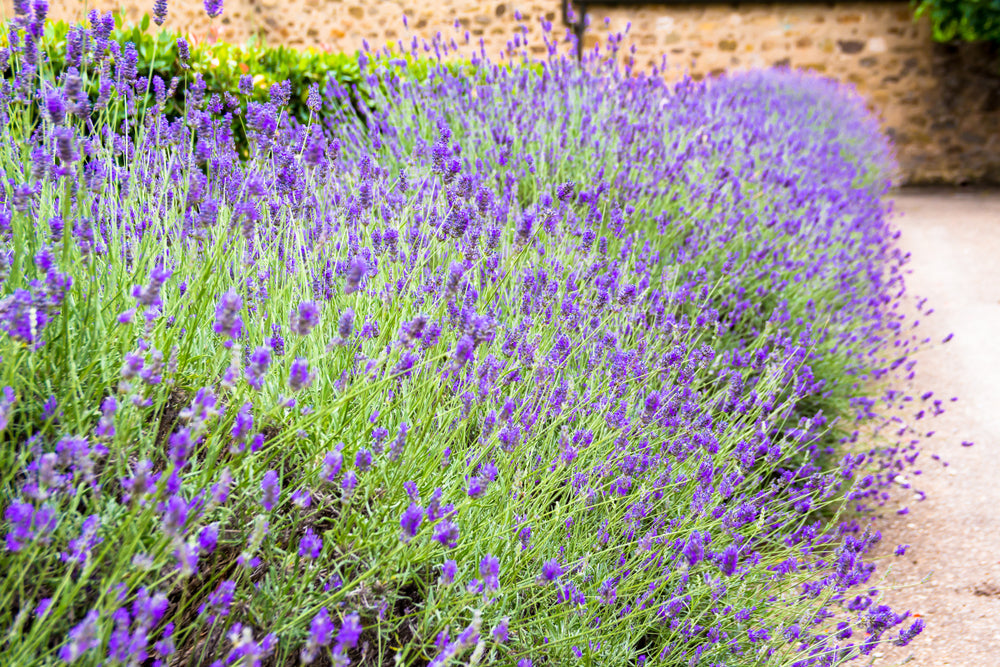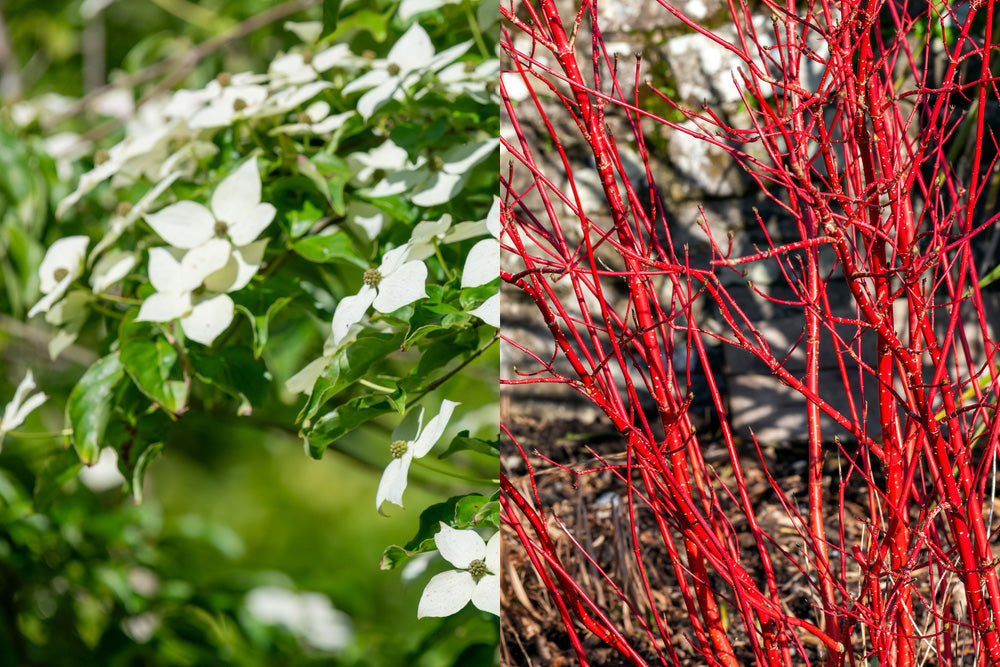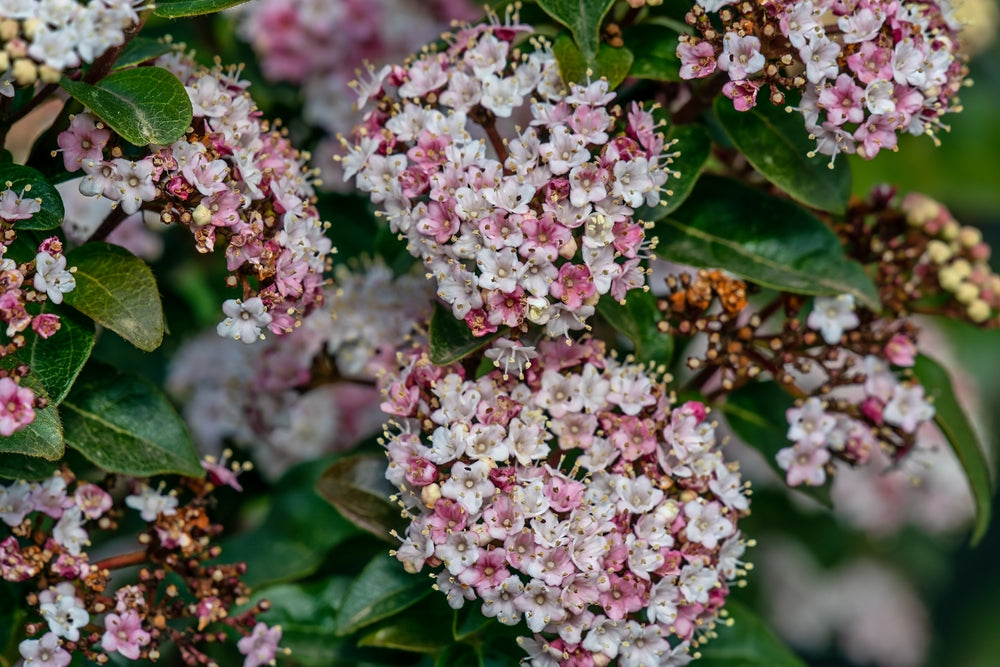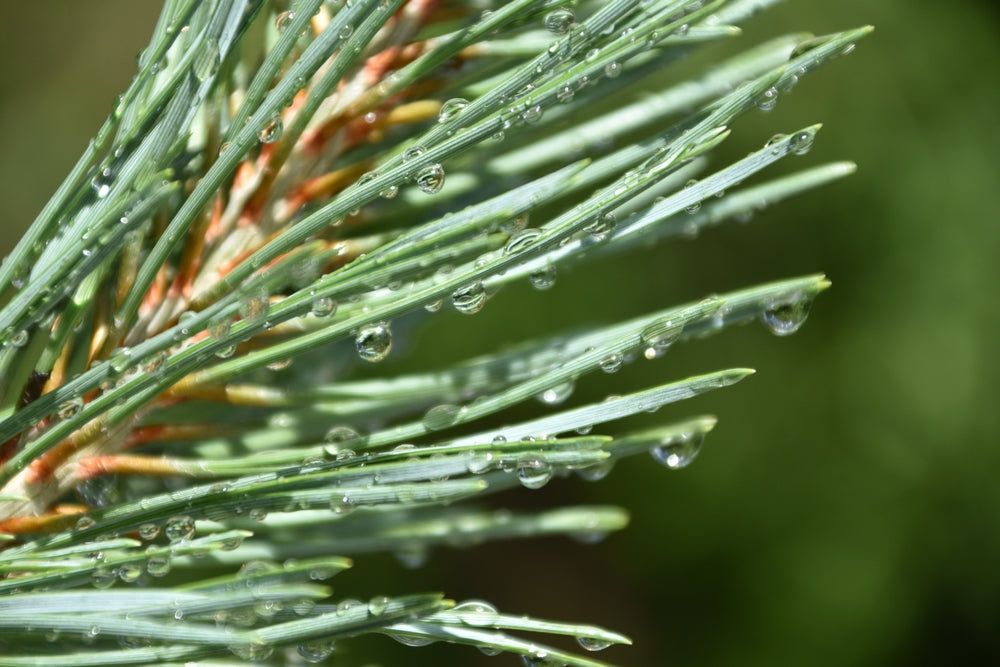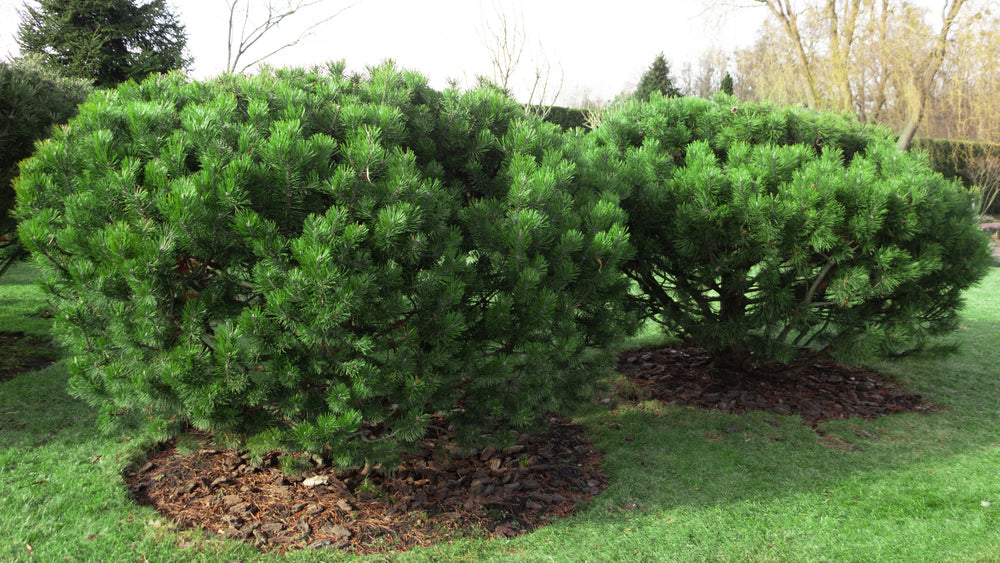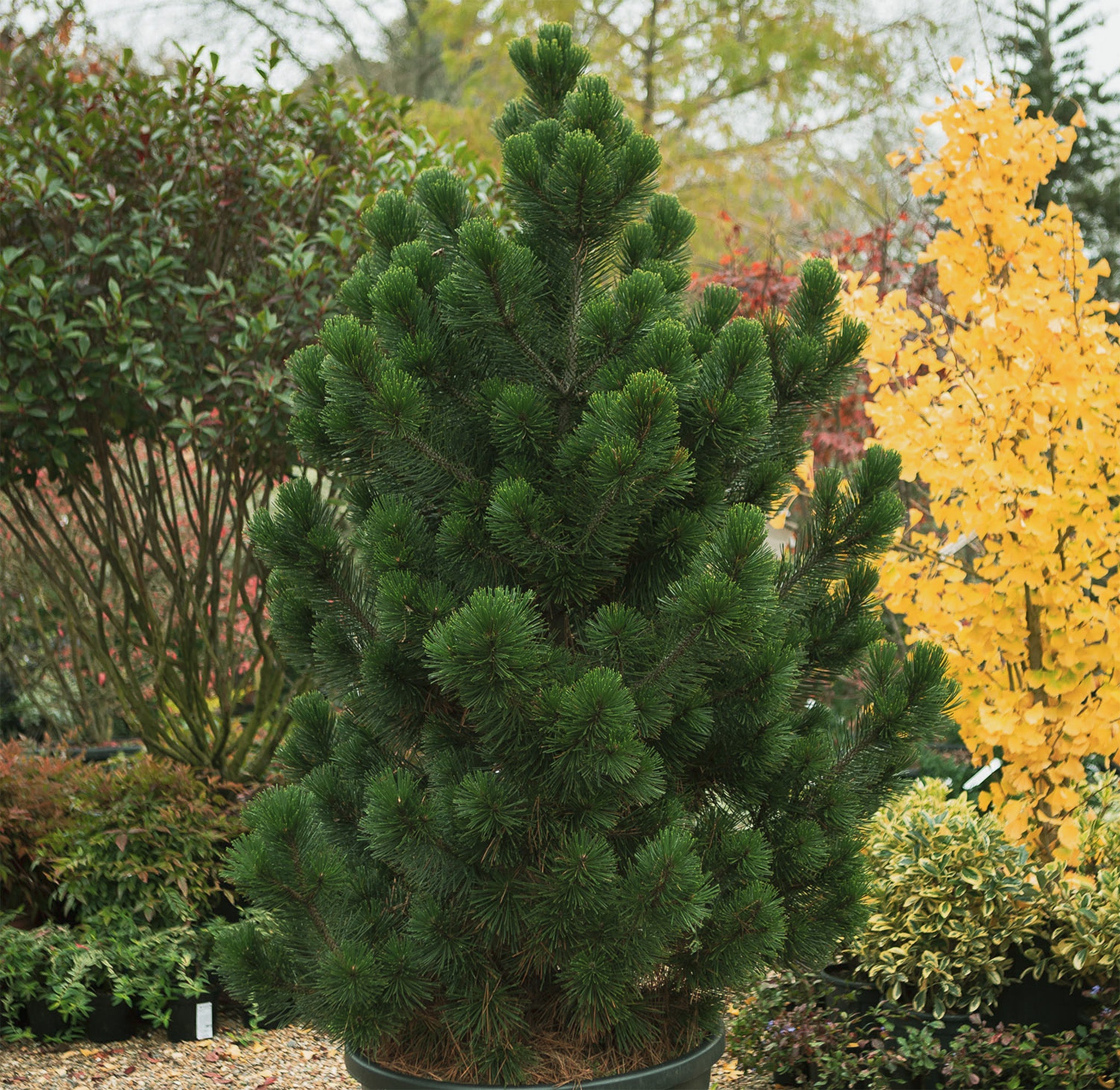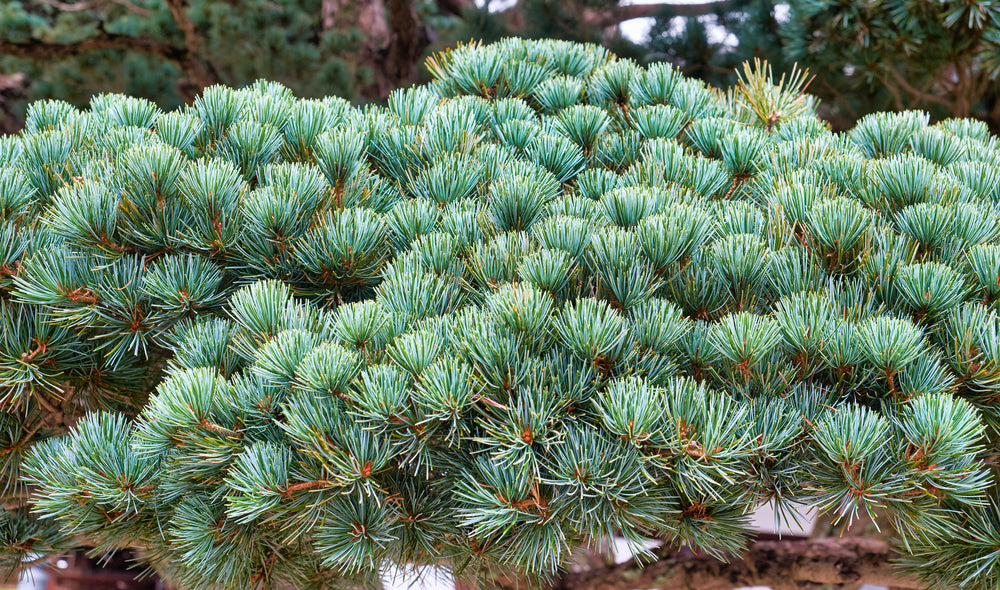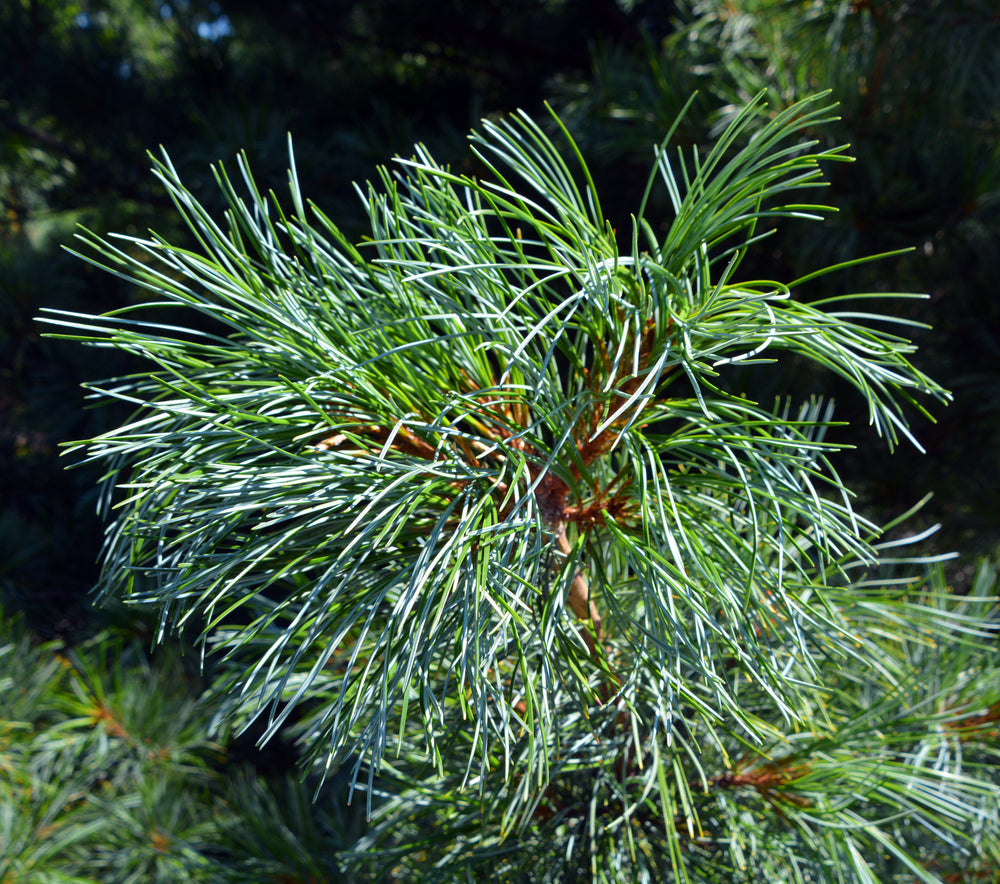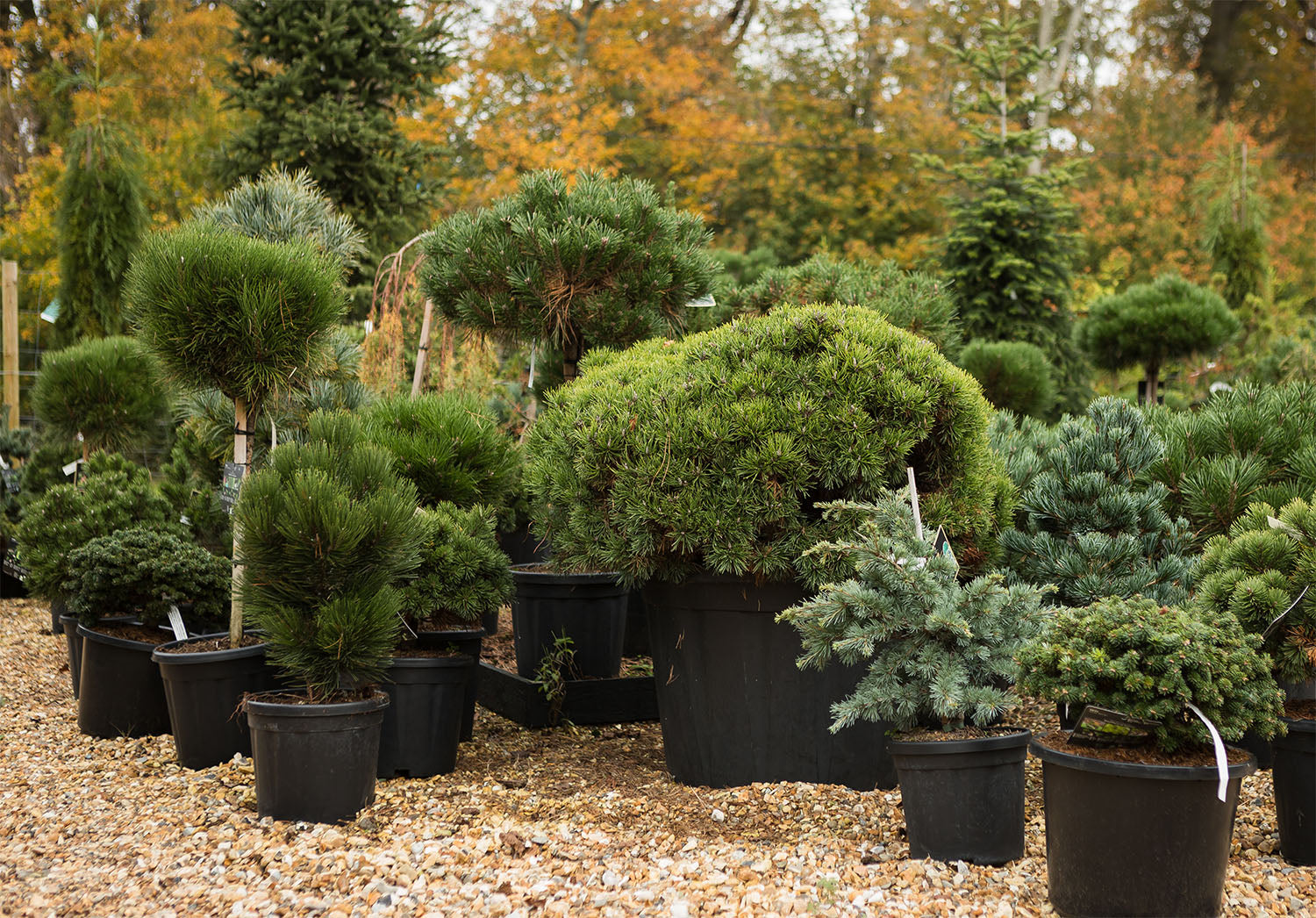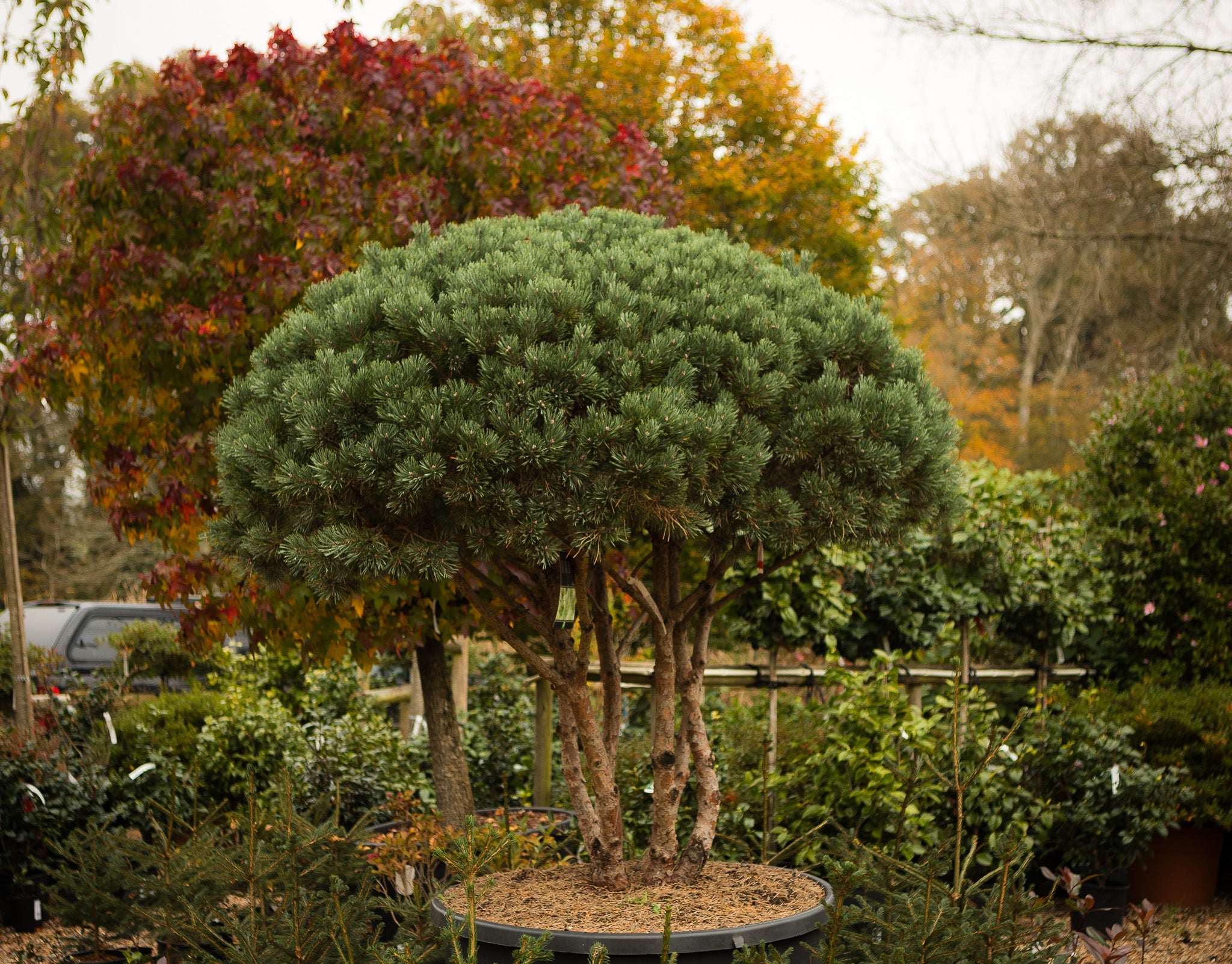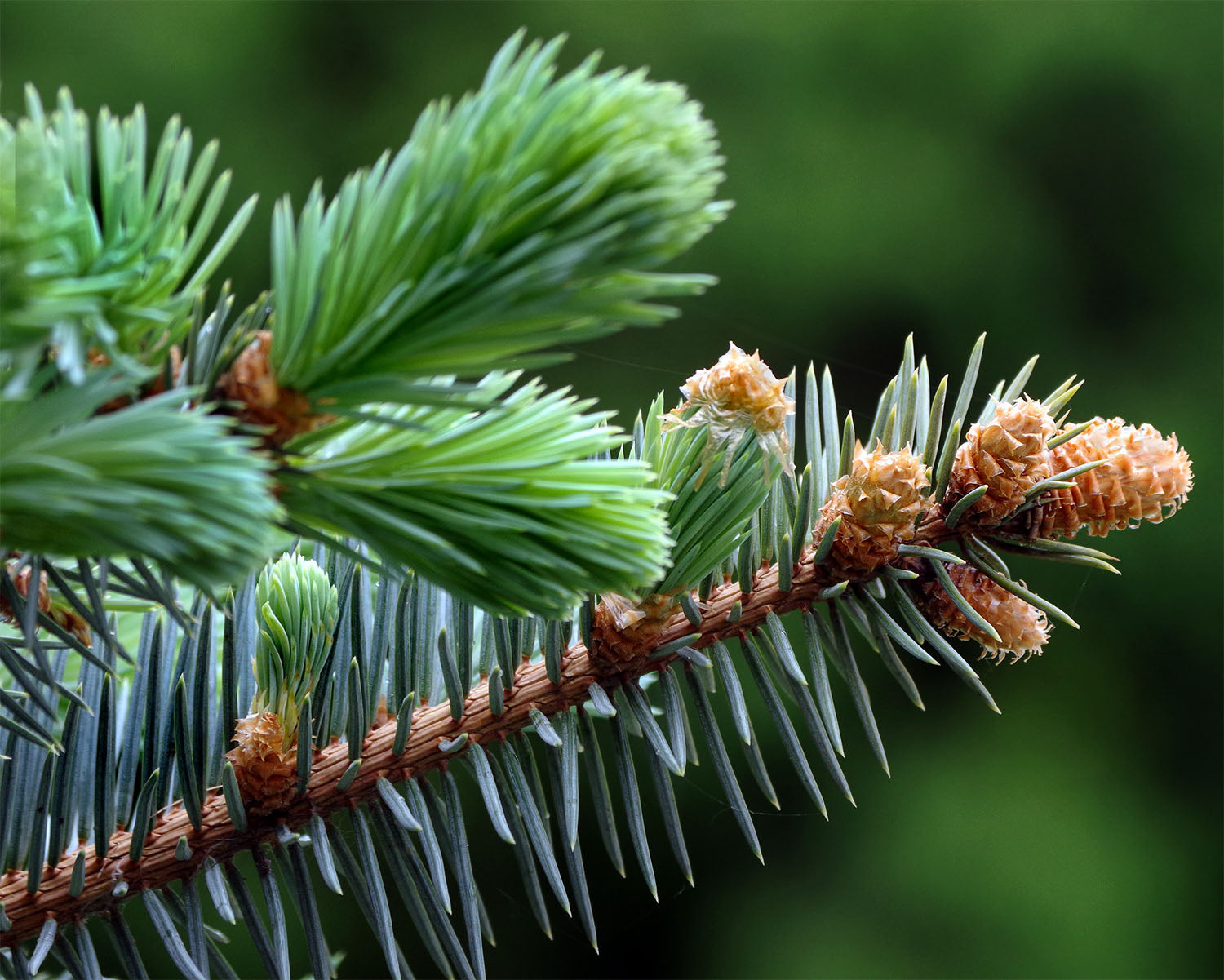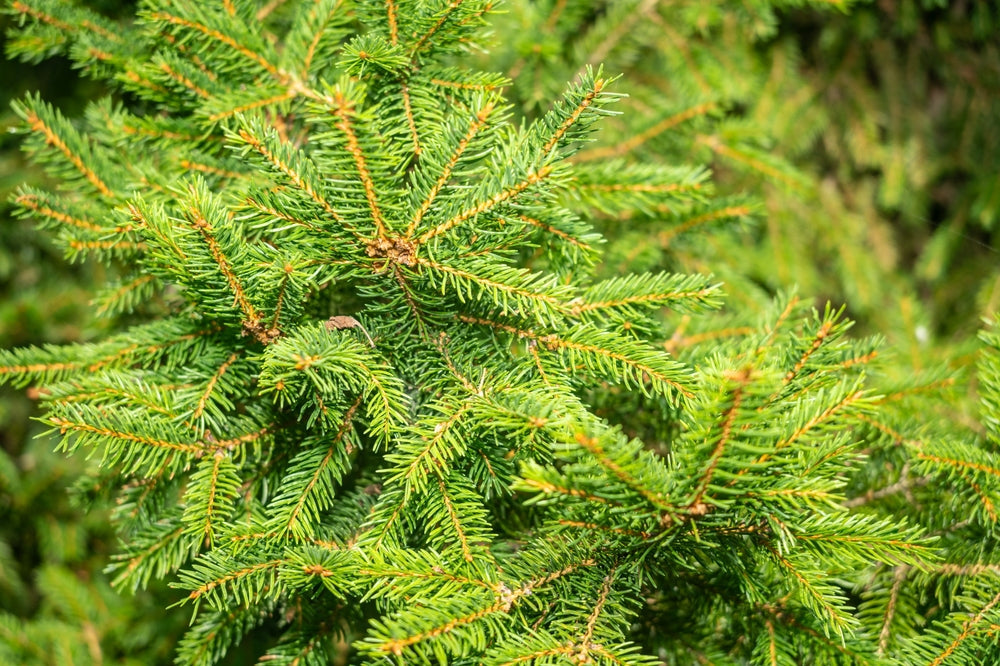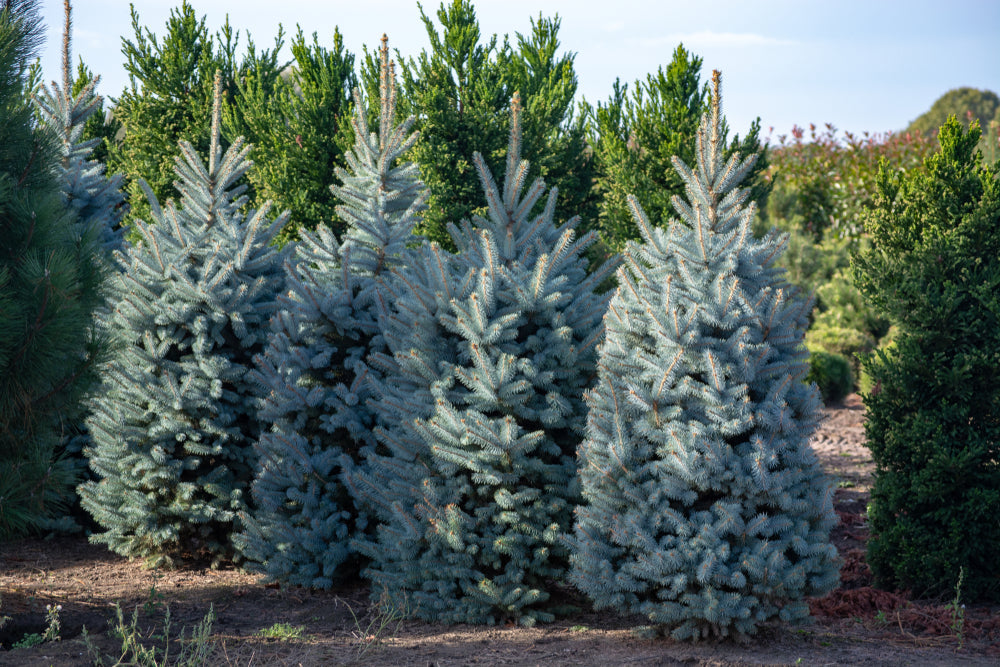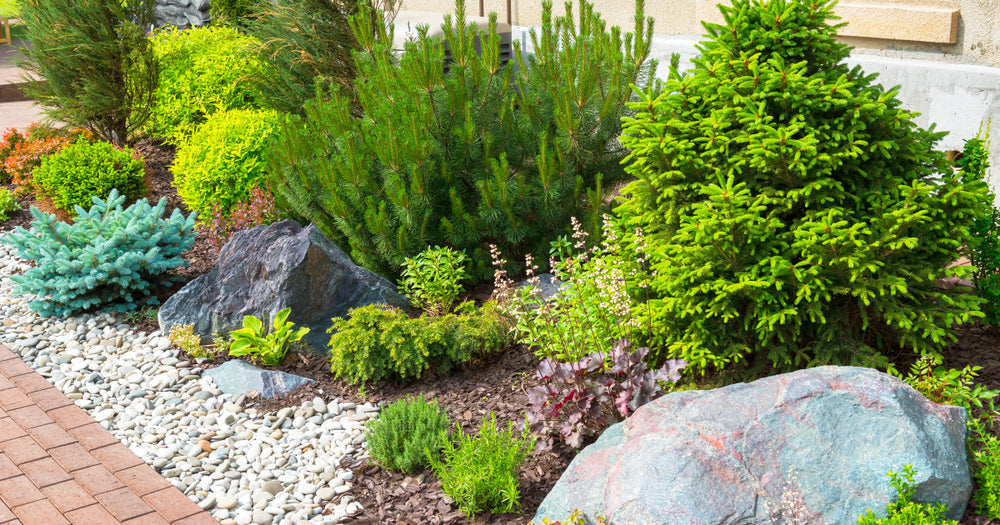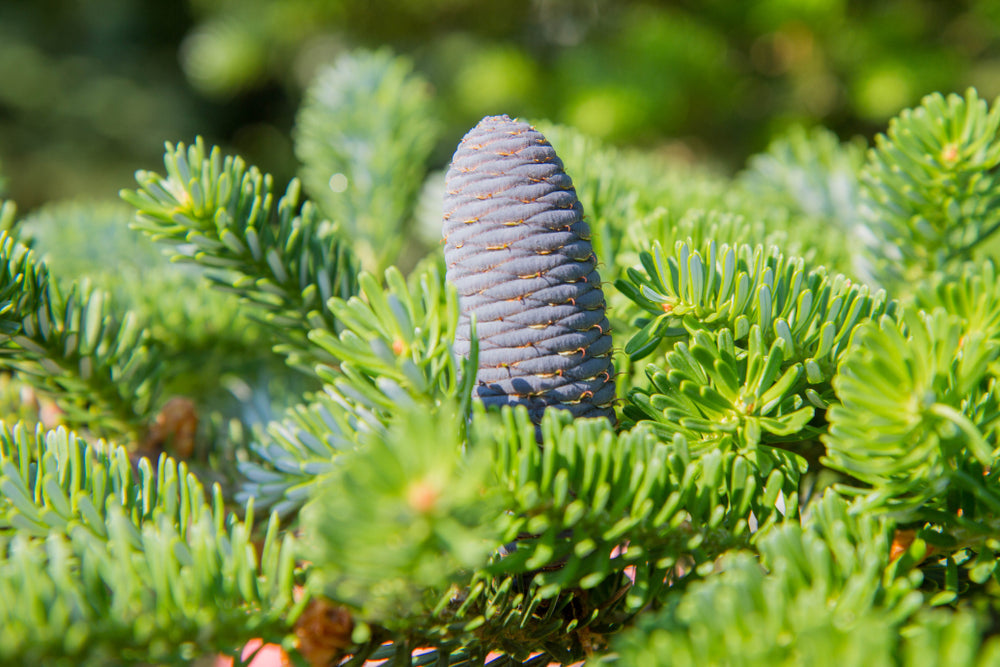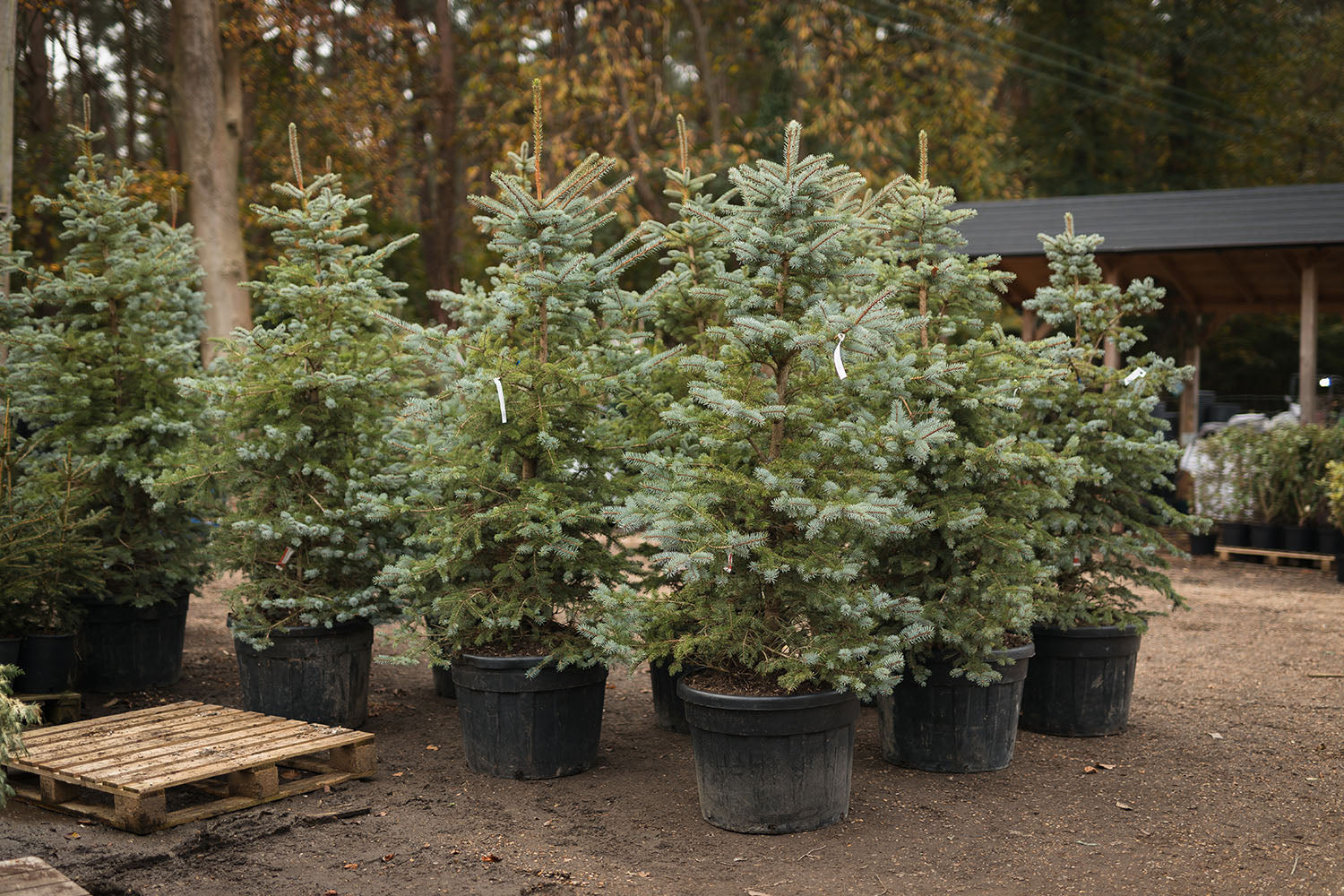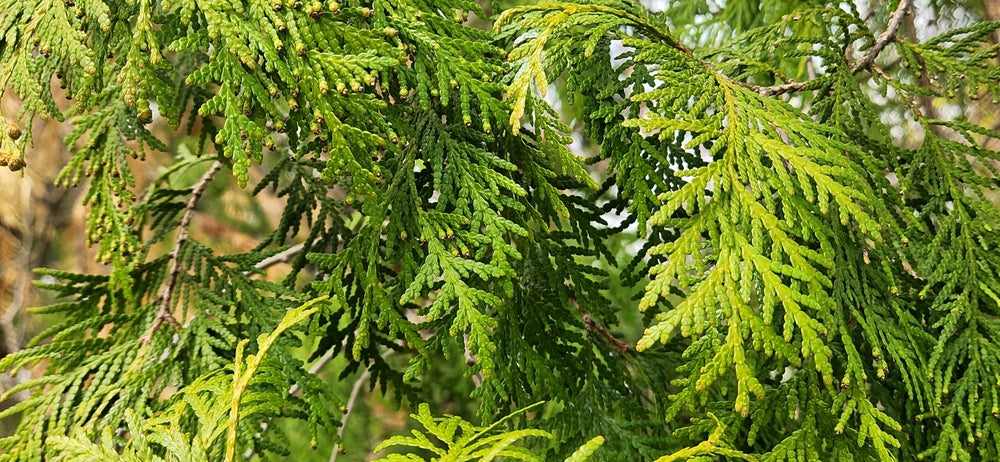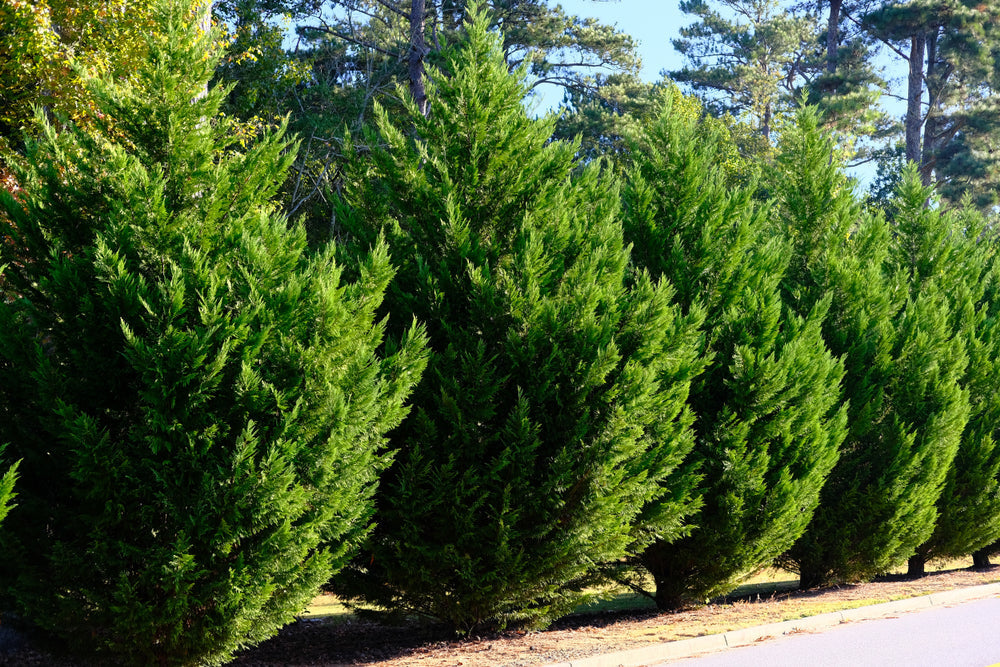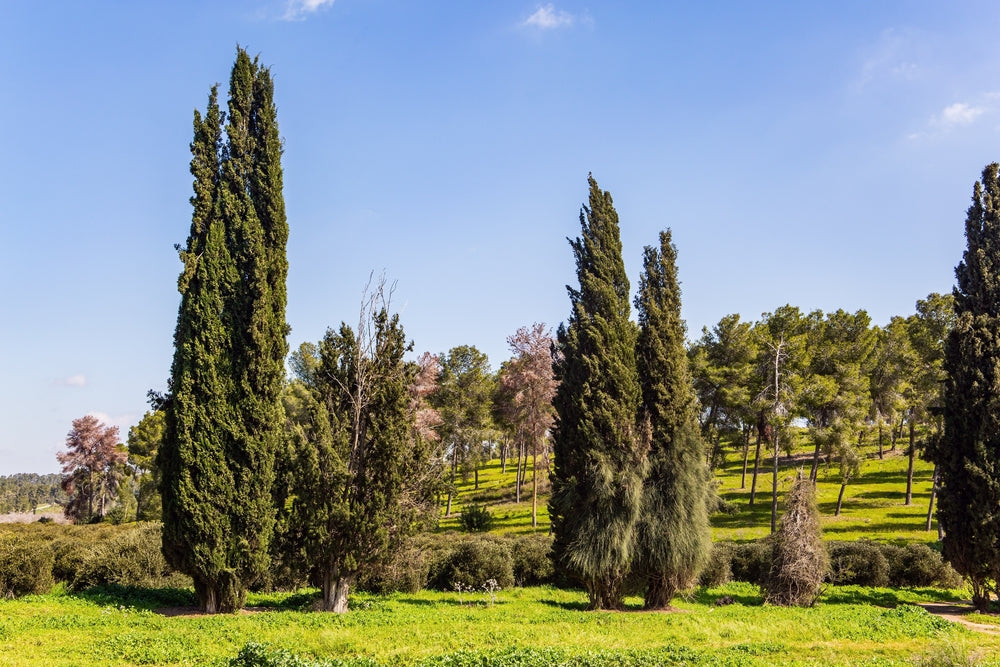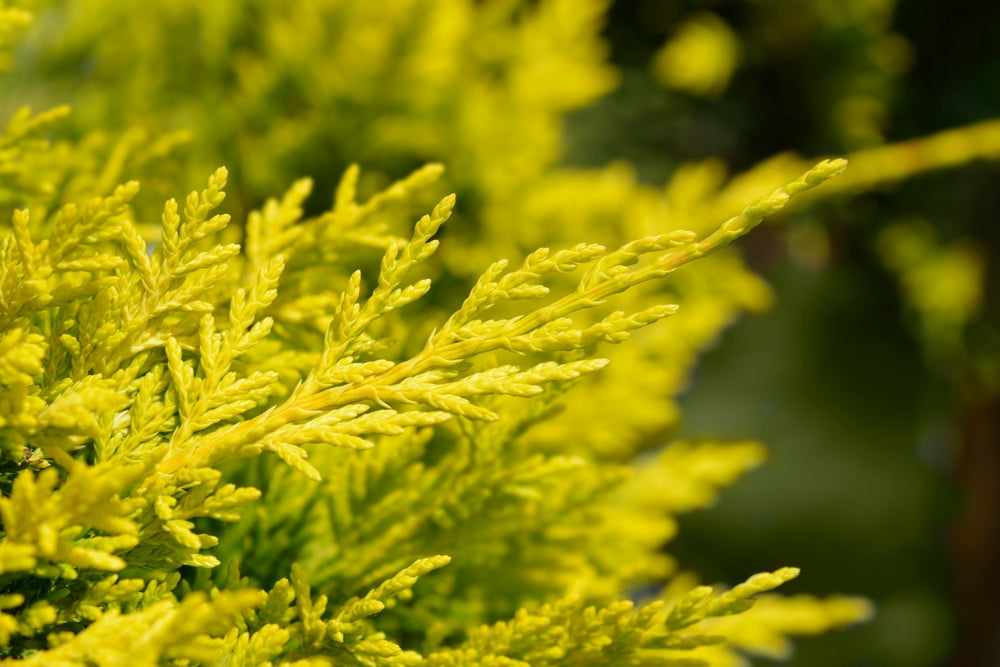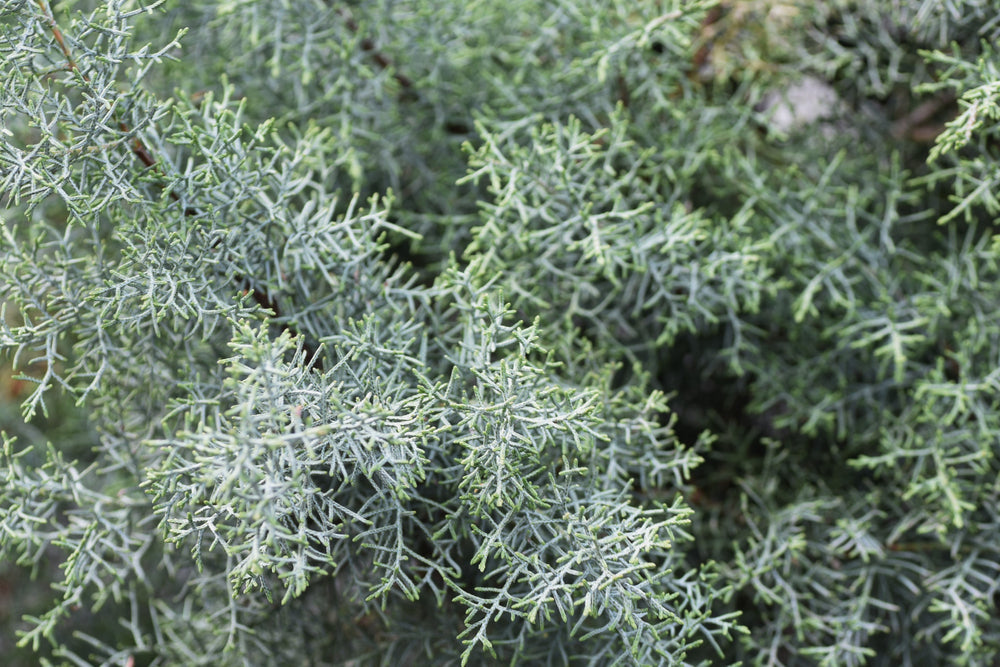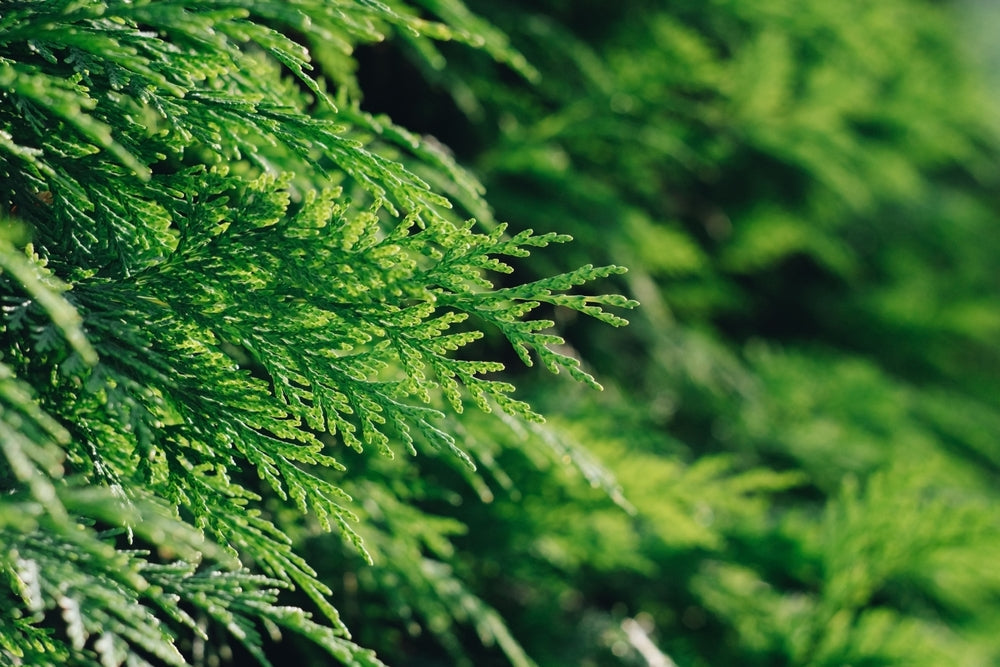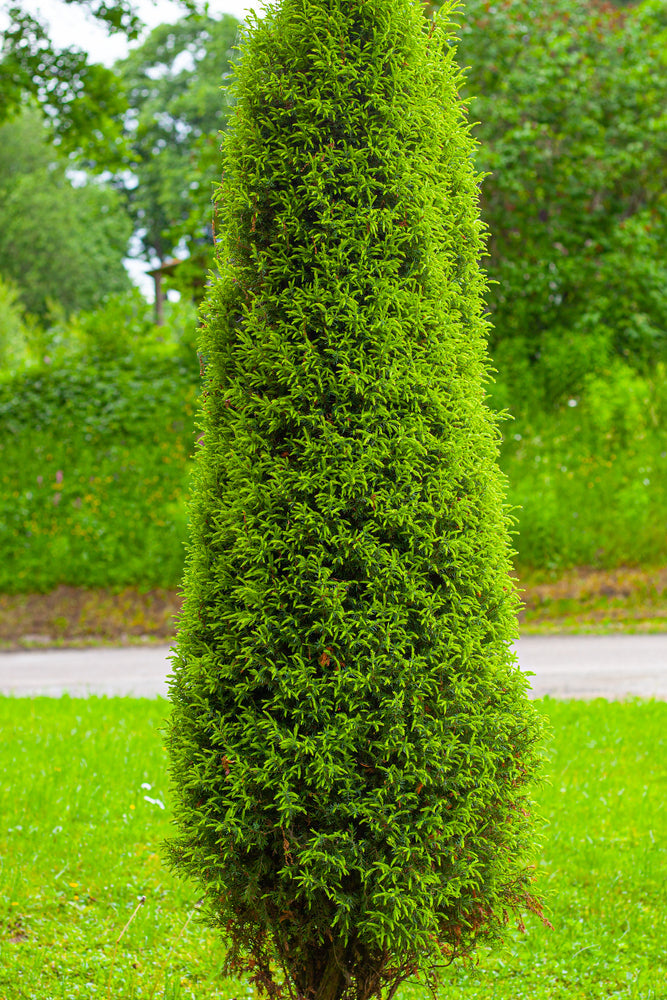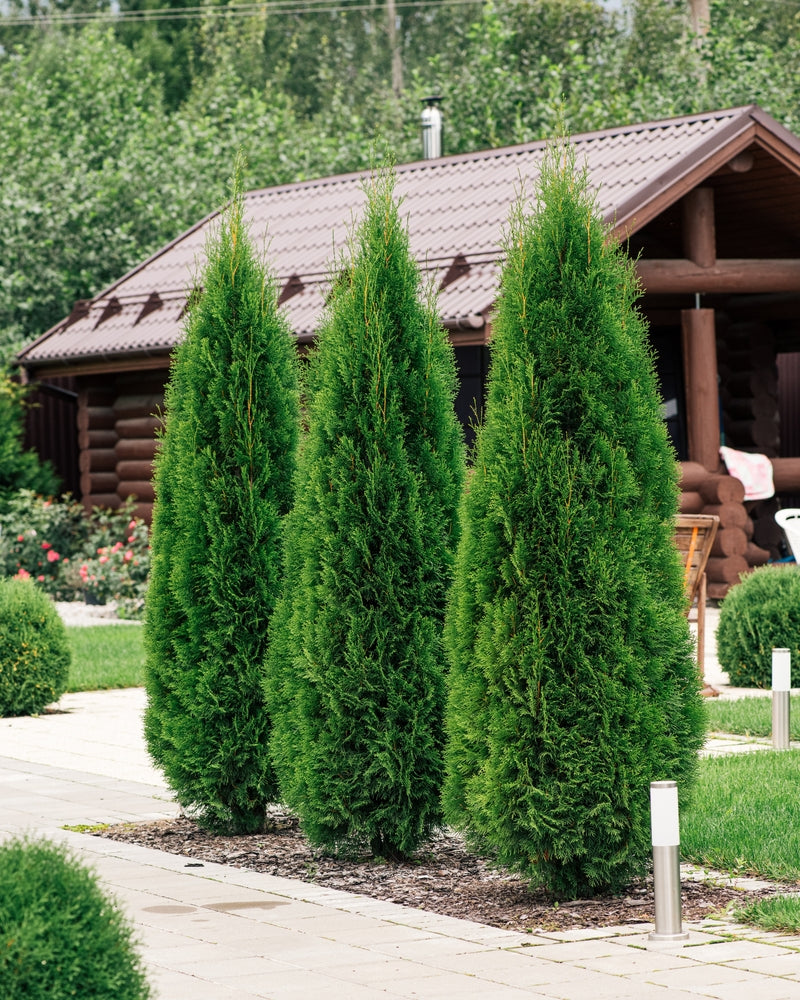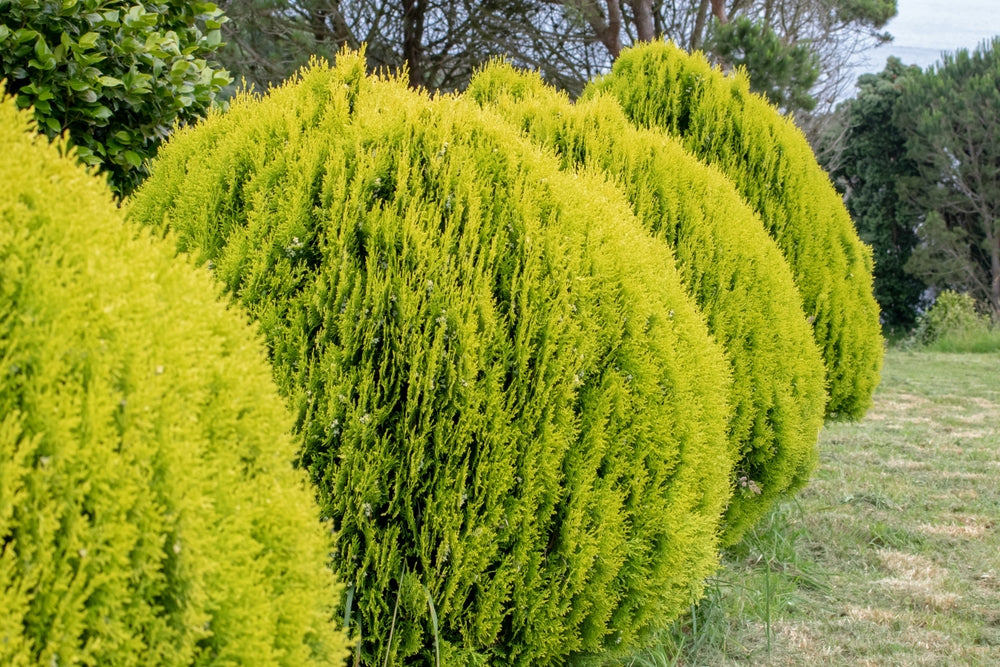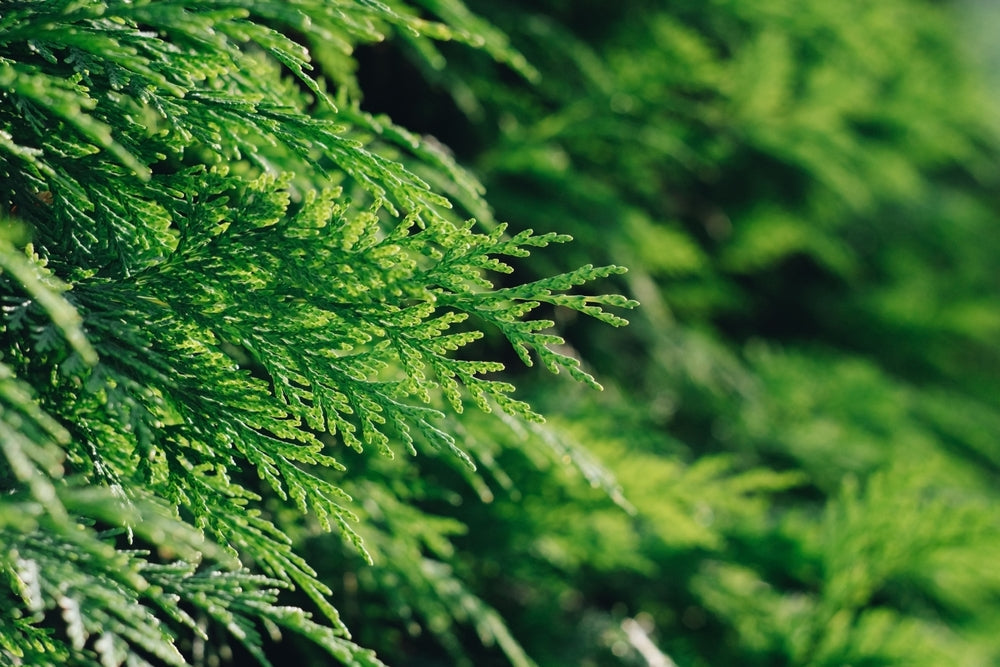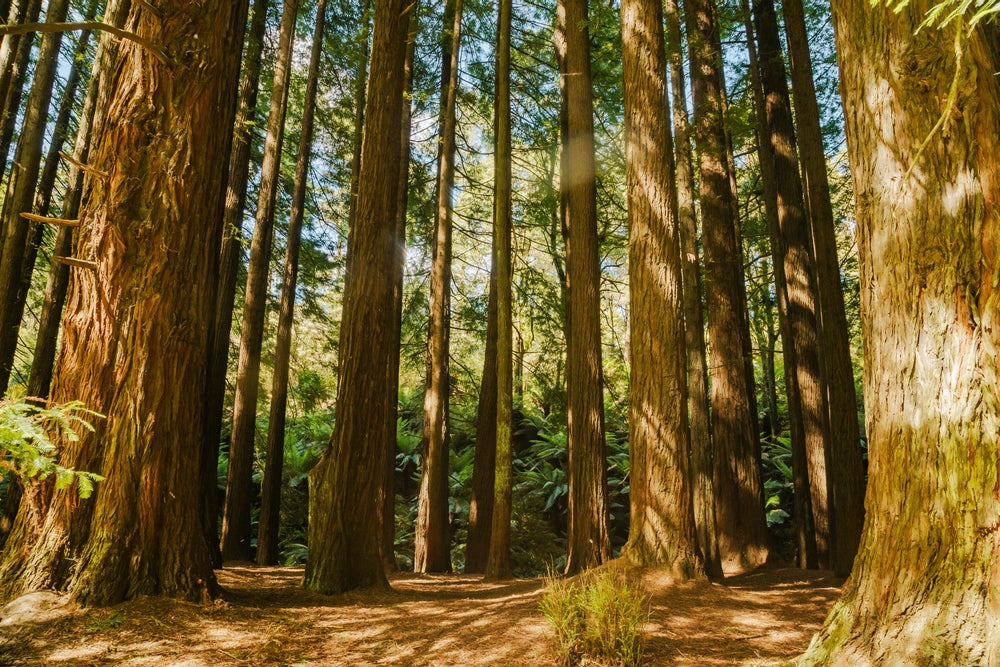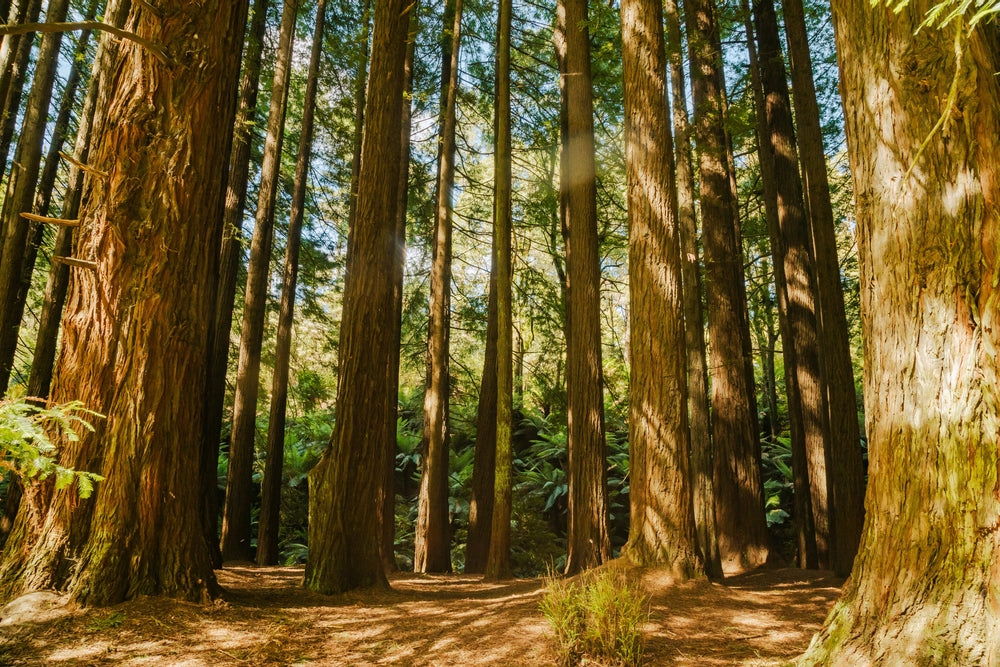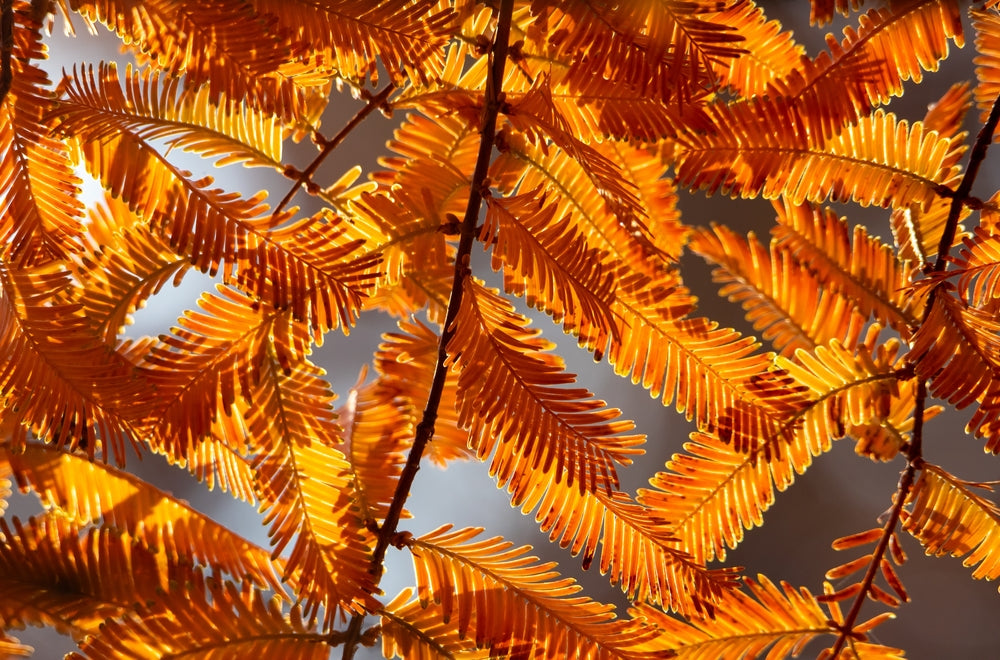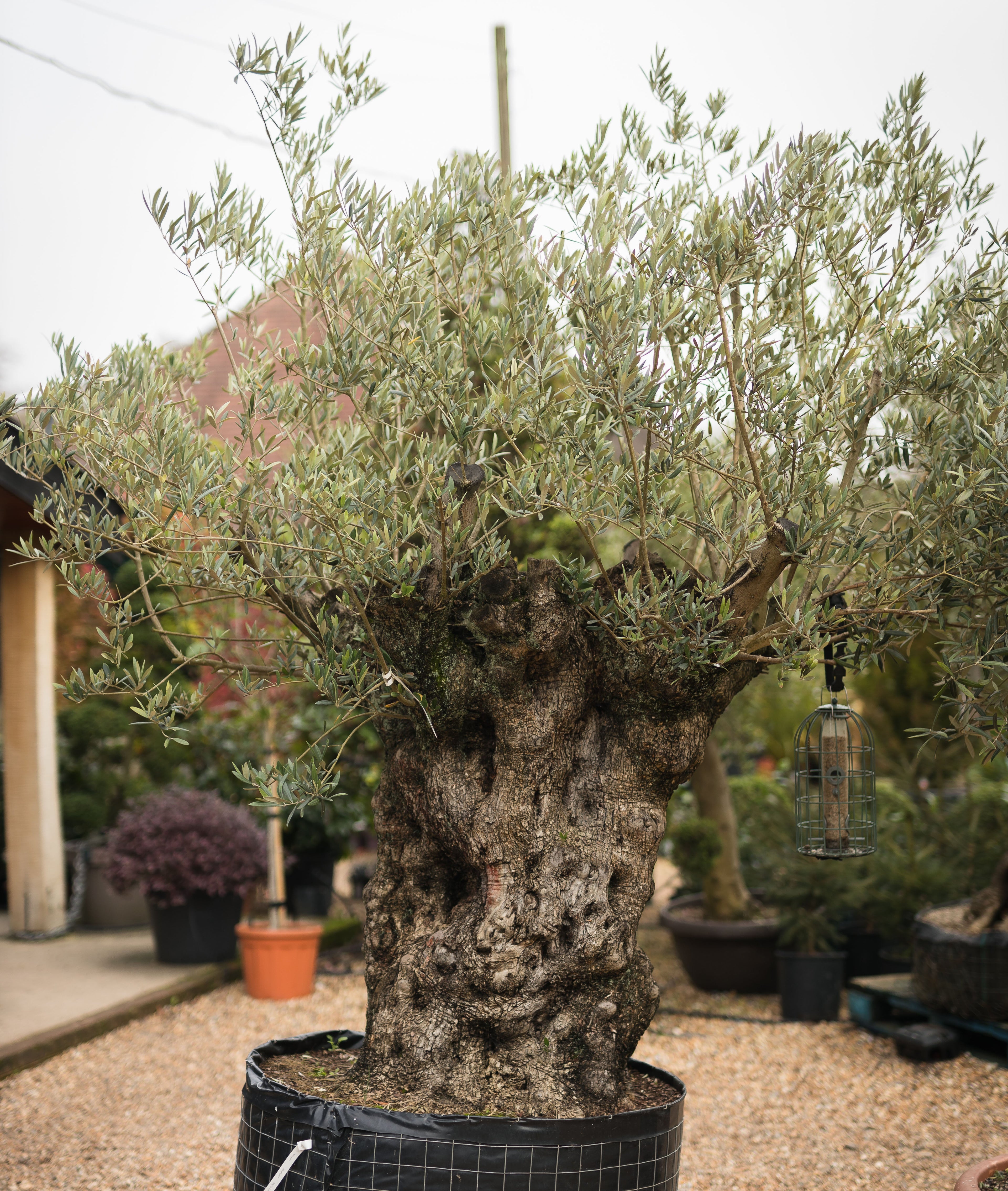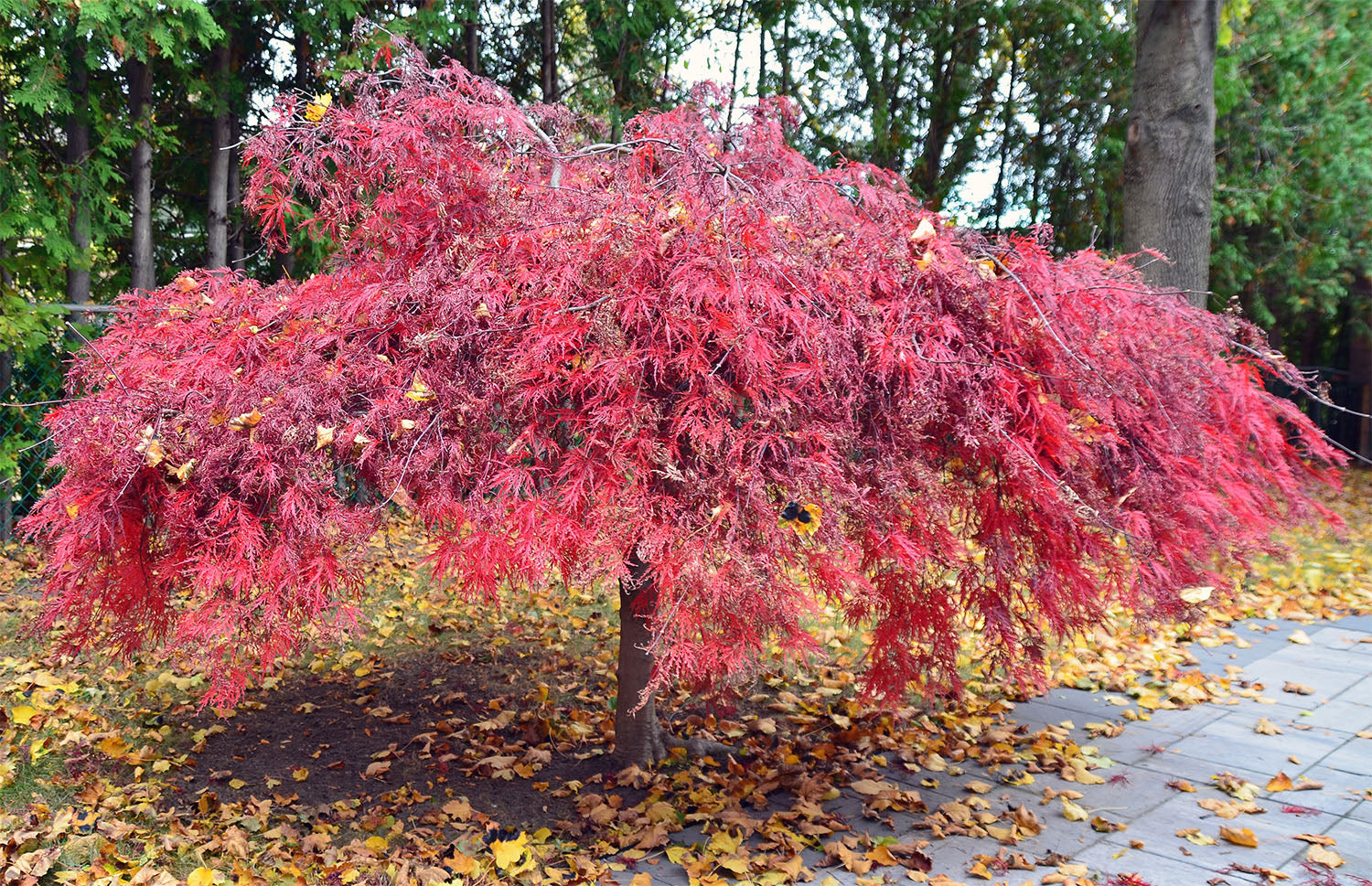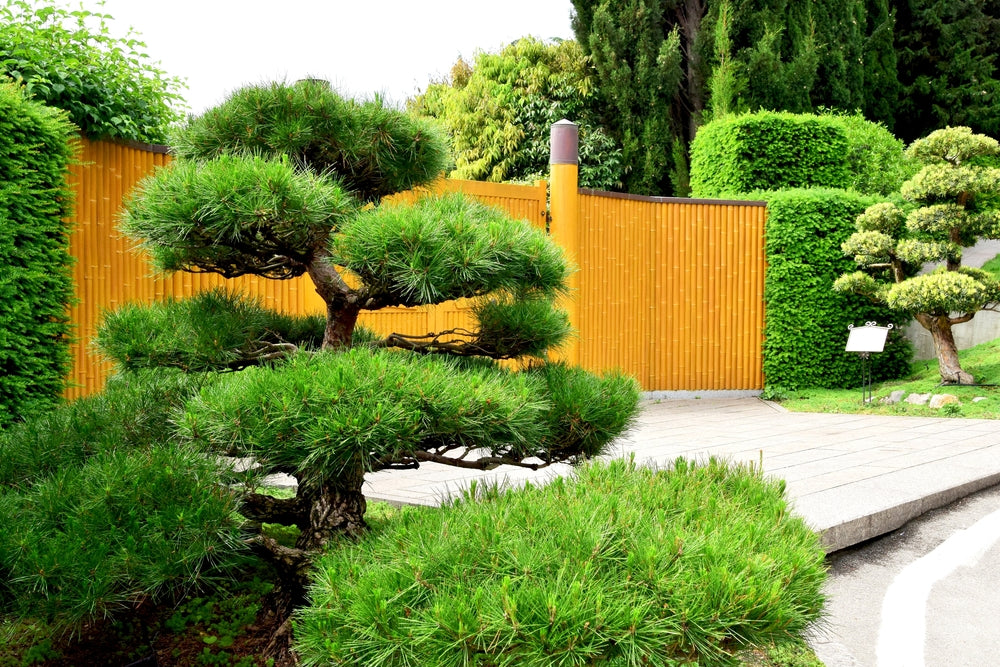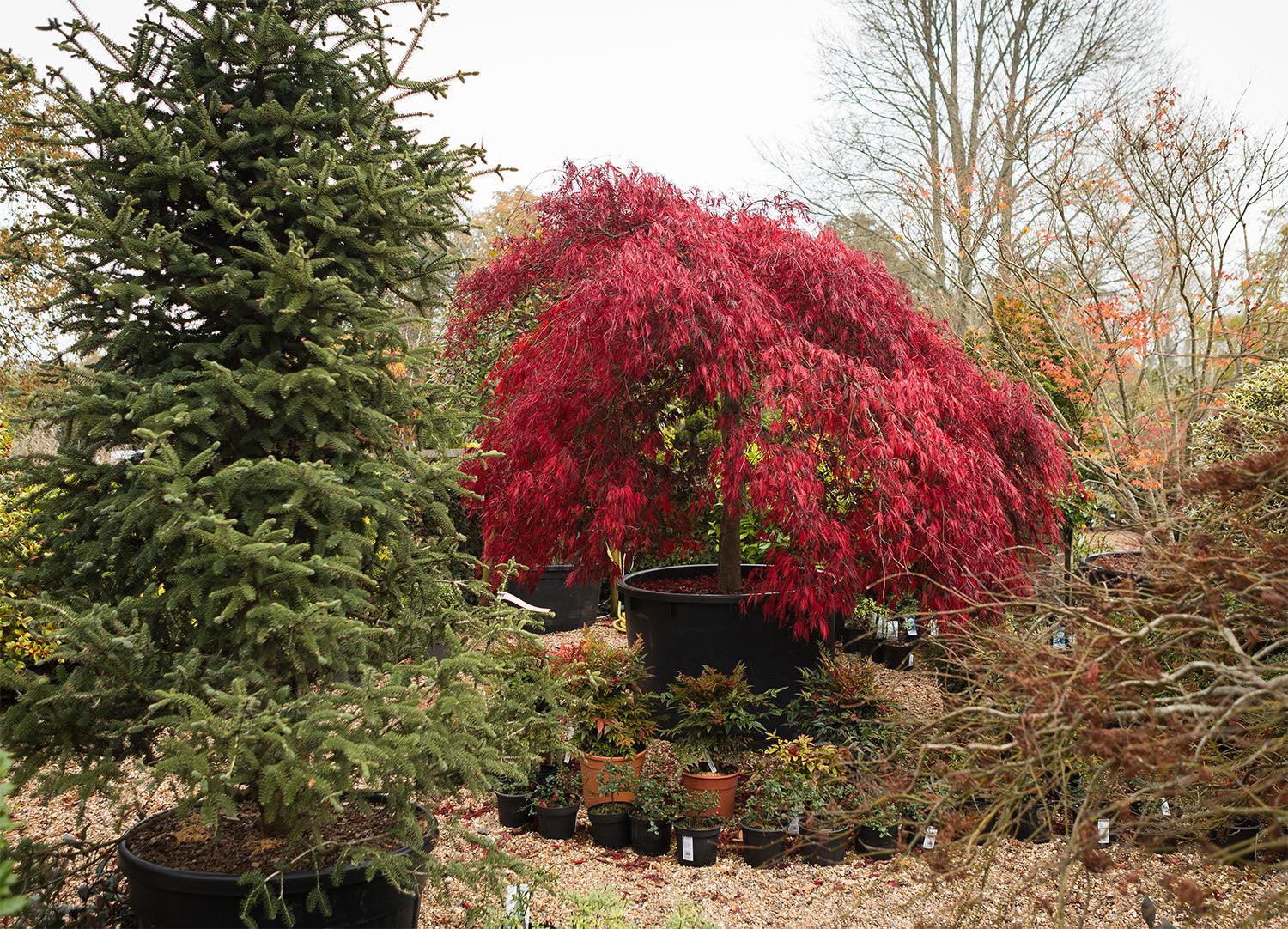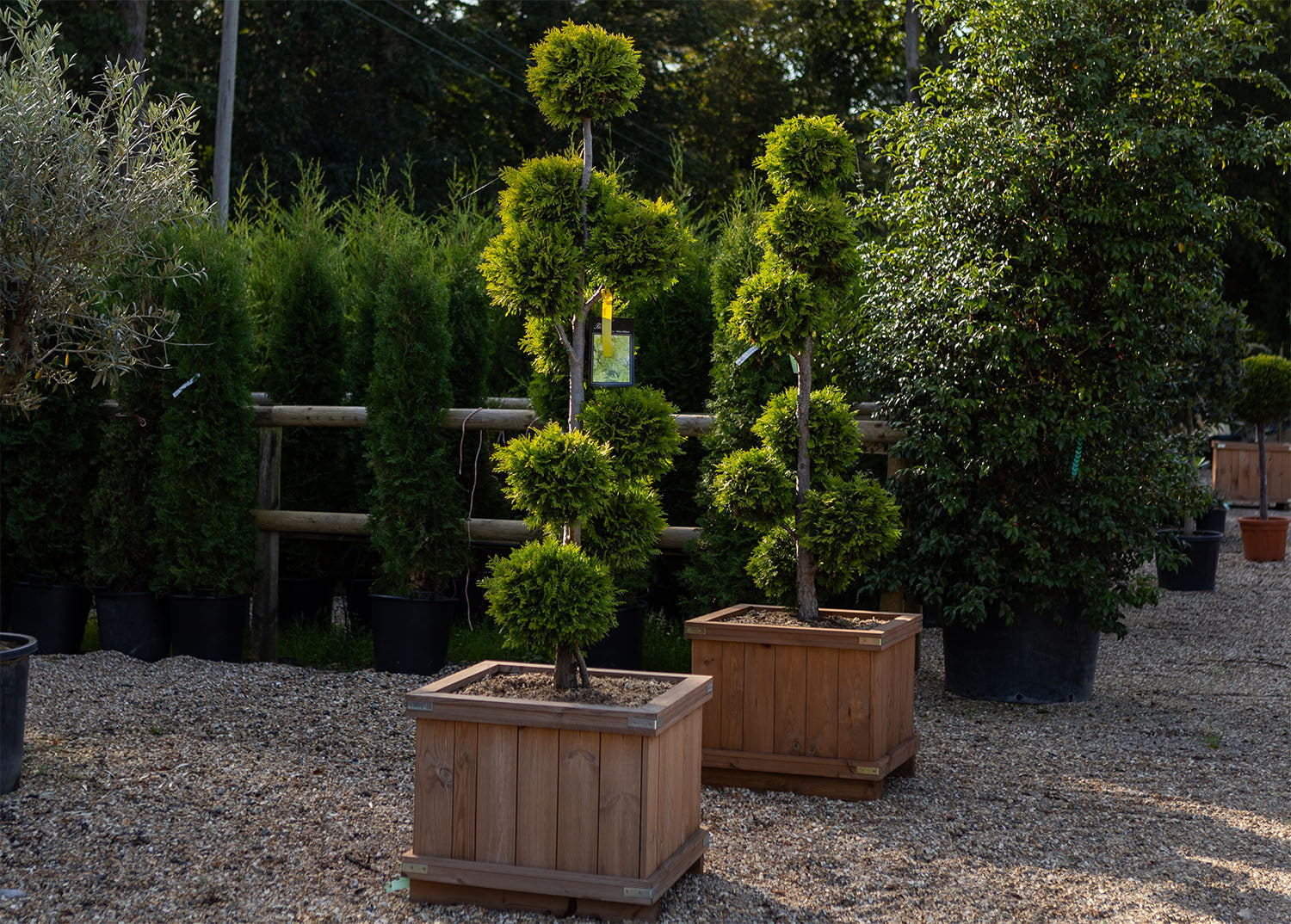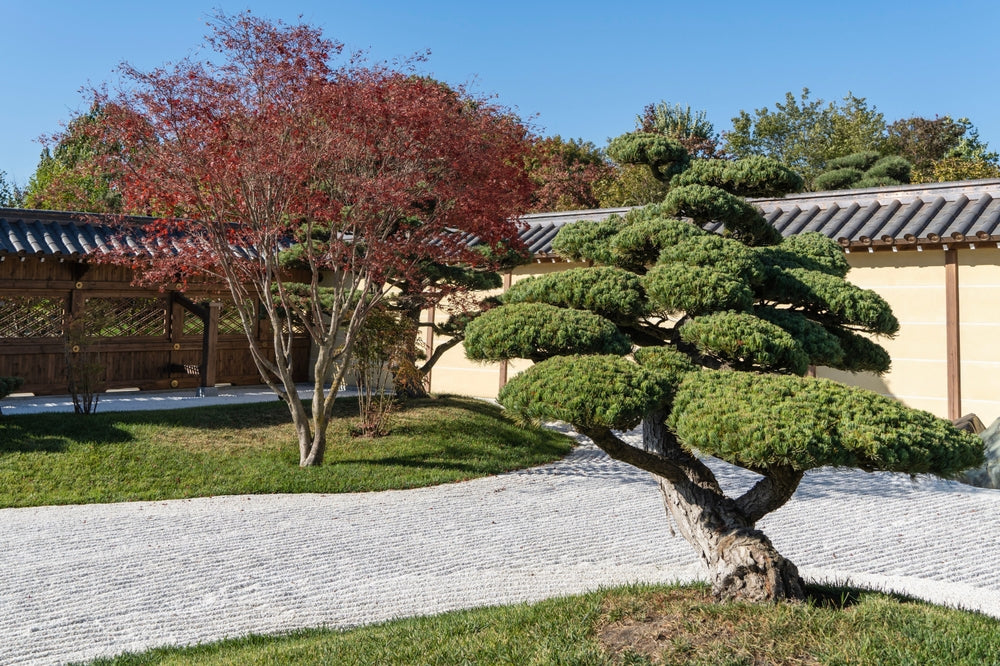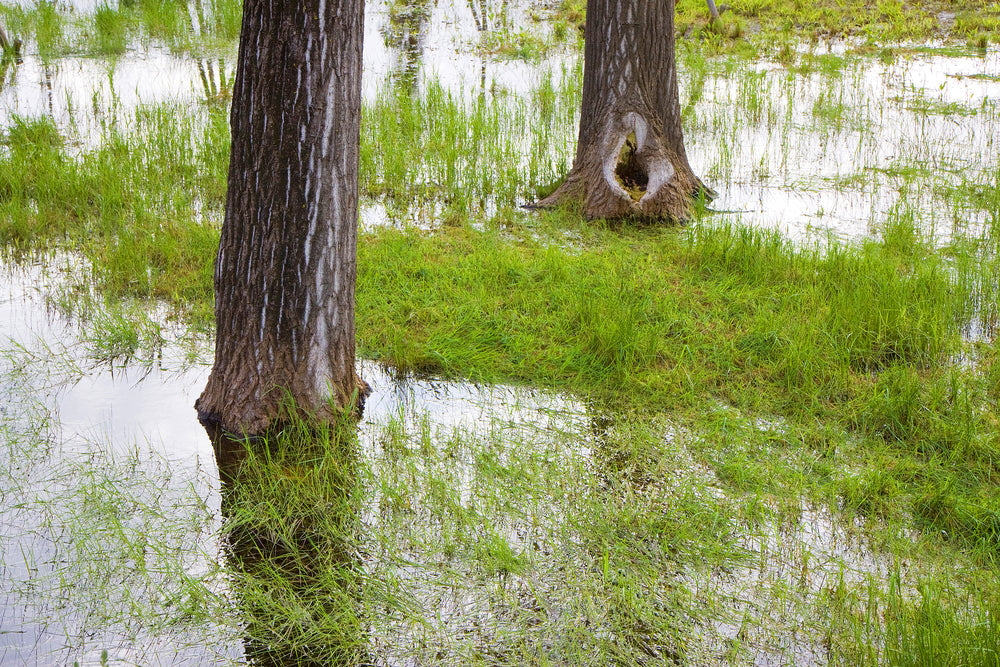
The Best Trees for Waterlogged Areas UK: A Complete Buying Guide
Are you battling puddles, waterlogged areas, and plants that just won’t thrive because of wet conditions? Don’t worry - there is a perfect solution to this problem!
Trees for waterlogged areas can transform even the dampest UK gardens into stunning and thriving landscapes. In this guide, we’ll introduce the 7 best water-tolerant trees for UK gardens perfect for turning poorly drained spots into beautiful spaces.
Top 7 Trees for Waterlogged Gardens
- Willow: Willows are excellent trees for waterlogged areas in the UK. They thrive in saturated soils and add elegance and beauty to wet gardens.
- Bald Cypress: Known for its iconic "knees" that emerge from the water, this is one of the best trees for wet soil that grows even in extremely swampy areas.
- Silver Maple: This tree grows well in wet, poorly drained soil and near waterways, making it a perfect choice for garden trees in soggy soils.
- River Birch: Naturally found along riverbanks, it is one of the most adaptable flood-resistant trees in the UK.
- Red Maple: Beautiful and adaptable to wet soils, this tree is a fantastic option for those seeking ornamental trees for wet gardens.
- Alder: Native to the UK, this hardy tree is among the best native trees for wet areas, as it thrives in swampy and waterlogged conditions.
- Black Poplar: A UK native tree for wet areas with deep roots that successfully stabilizes soil and prevents erosion.
Now that you know which trees thrive in wet conditions, it's crucial to learn how to identify soils that need these types of trees.
How to Identify Soils That Need Water-Tolerant Trees
Before we dive into the key features of each of these trees, let’s take a closer look at the types of soil that tend to get too wet and or struggle with drainage. Understanding these will help you identify soggy areas in your garden that need water-tolerant trees.
Heavy Clay Soils
- Characteristics: Heavy and dense soil that holds water easily but drains very slowly.
- How to spot: Sticky and heavy when wet, hard and compact when dry, often cracking on the surface. Mostly reddish, orange, or grey.
- Common UK locations: Found in low-lying areas or flat landscapes, mostly in South East England and the Midlands.
- Best trees to plant: Willow, alder, or river birch are some of the best UK trees for clay soil.
Wet Loamy Soils
- Characteristics: A mix of sand, silt, and clay that is generally fertile but can become waterlogged in areas near rivers or wetlands.
- How to spot: Crumbly and soft, spongy and waterlogged after heavy rains or when near wetlands. Dark brown or black.
- Common UK locations: Often found near rivers, ponds, and wetlands, such as Fens or Thames Valley.
- Best trees to plant: Black poplar, swamp cypress, or red maple because they can adapt to fluctuating water levels – they are ideal trees for swampy areas.
Compacted Soils
- Characteristics: Often found in urban areas, its poor structure restricts water drainage and airflow which can affect root growth and health.
- How to spot: Hard and dense, difficult to dig into, with poor drainage and water that sits on the surface after rain. Light brown or grey.
- Common UK locations: Urban gardens in cities where heavy machinery has been used due to construction or where foot traffic is high.
- Best trees to plant: Alder, hornbeam, or dogwood - robust options for improving soil health and ideal wetland trees for UK gardens.
Boggy Peat Soils
- Characteristics: Organic-rich soils that are naturally acidic and water-retentive.
- How to spot: Spongy and soft when wet, very dark brown or black in colour, often acidic.
- Common UK locations: Scottish Highlands and low-lying peatlands in East Anglia and Somerset Levels in the South West.
- Best trees to plant: Alder, birch, or willow, as they can adapt to acidic, wet conditions.
The Best Trees for Waterlogged Areas in the UK : Key Features
We’ve already shared our top picks for the best trees for wet gardens. If you’re curious to dive deeper into their unique features - like height, cold hardiness, root systems, and the best ways to use them - keep reading! This next section has everything you need to know to choose the perfect tree for your waterlogged space.
- Key features: A resilient and fast-growing tree with a spreading canopy and long, elegant leaves - green on the top and silvery underneath - and a nice shimmering effect on windy days. Many species, like weeping willow (Salix babylonica) have beautiful, cascading growth habit with graceful, arching branches.
- Suitability for wet soils: Exceptional. It thrives in waterlogged soils, including areas that are often flooded.
- Natural habitat: Commonly found along UK rivers, wetlands, and floodplains.
- Root system: Extensive root system excellent for stabilizing soil in waterlogged areas. However, it can be aggressive and invasive, so avoid planting near structures or underground pipes.
- Height: Depending on the species, it can grow from 10 to 25 metres in height.
- Cold-hardiness: Hardy in the UK climate; depending on the species, it can tolerate temperatures down to -15°C to -20°C.
- Ideal for: Erosion control, as windbreaks, or to improve biodiversity in wetland areas. Perfect for gardens with water features, like streams and ponds, poorly drained areas, and natural, wildlife-friendly landscapes.
Bald Cypress or Swamp Cypress (Taxodium distichum)
- Key features: Deciduous conifer with soft, feathery leaves that turn orange-brown in autumn. Its most unique feature is the “knees” – knobby roots that create a magical appearance in swampy settings. Native to south-eastern USA and less commonly grown in the UK.
- Suitability for wet soils: Exceptional. It can adapt to extreme water saturation, including standing water, because of its "knees."
- Natural habitat: Swampy and floodplain areas.
- Root system: Its roots develop “knees” that rise above the water and help with oxygen intake. That is the reason it can thrive in standing water without any issues.
- Height: It can reach 25–35 metres in ideal conditions.
- Cold-hardiness: Hardy in most of the UK. It can tolerate temperatures down to -15°C to -20°C.
- Ideal for: Large gardens with water features, waterlogged areas, and areas prone to flooding. Perfect for wetlands, riversides, or ponds.
Silver Maple (Acer saccharinum)
- Key features: Fast-growing deciduous tree with broad, rounded crown, bright green leaves, silvery underneath, shimmering on windy days. Very adaptable and resilient ornamental tree.
- Suitability for wet soils: Very good. Grows well in wet, poorly drained soils but is not tolerant of extreme waterlogging.
- Natural habitat: Along riverbanks, flood plains, and wetlands. Native to North America.
- Root system: Shallow, wide-spreading roots that can handle poorly drained soils but also occasional droughts. Moderately invasive. They can disrupt lawns and pavements.
- Height: In ideal conditions, it can reach 20–30 meters.
- Cold-hardiness: It can tolerate temperatures down to -25°C.
- Ideal for: Large gardens or parks, near water features, especially in poorly drained soils.
- Key features: Multi-stemmed or single-trunk deciduous tree with open, rounded canopy, attractive peeling reddish-brown bark, and bright green leaves that turn yellow in autumn.
- Suitability for wet soils: Excellent. It tolerates consistently wet and acidic soils, even occasional flooding.
- Natural habitat: Along riverbanks and wetlands. Native to North America but well-suited for UK conditions.
- Root system: Shallow but fibrous root system. It provides stability in wet soils and can adapt to acidic and waterlogged conditions.
- Height: It can reach 18–25 meters in ideal conditions.
- Cold-hardiness: It tolerates temperatures down to -25°C.
- Ideal for: Waterlogged areas, near streams, ponds, and rivers. Perfect for larger gardens and great for erosion control.
- Key features: Beautiful and highly adaptable deciduous tree with rounded crown, and bright green leaves that turn stunning yellow, orange, and red in autumn. Highly ornamental.
- Suitability for wet soils: Very good. Highly adaptable to wet conditions and occasional flooding, but not so much to consistently waterlogged soils. Tolerant of dry conditions as well.
- Natural habitat: Swamps, wetlands, and floodplains. Native to North America but also cultivated in the UK.
- Root system: Shallow but fibrous root system. It adapts well to both wet and dry soils. Moderately invasive. It can disrupt lawns and pavements.
- Height: In ideal conditions, 12-18 metres.
- Cold-Hardiness: It can tolerate temperatures down to -35°C.
- Ideal for: Perfect ornamental tree for wet areas, low-lying gardens, or near water features. Ideal for large gardens, parks, and public spaces.
- Key features: Fast-growing deciduous tree with a conical or round crown, and dark green leaves that stay on the tree long into autumn. Less ornamental than other trees for wet areas.
- Suitability for wet soils: Exceptional. Thrives in waterlogged and poorly drained soils, especially in areas prone to flooding.
- Natural habitat: Along rivers, wetlands, and floodplains. Native to the UK and Europe.
- Root system: Deep, nitrogen-fixing roots that improve soil fertility. Thrives in waterlogged and compacted soils.
- Height: Grows up to 20–25 meters.
- Cold-Hardiness: It can tolerate temperatures below -20°C.
- Ideal for: Stabilizing soil in wet areas, erosion control, and improvement of biodiversity. Great for large gardens and parks in areas with poor drainage.
Black poplar (Populus nigra)
- Key features: A fast-growing, deciduous tree with a broad crown and irregular shape, glossy green leaves that turn yellow in autumn. Less ornamental than other trees for waterlogged areas.
- Suitability for wet soils: Excellent. It thrives in waterlogged soils and areas prone to flooding.
- Natural habitat: It can be found in low-lying, wet areas across the UK, especially along rivers. Native to the UK and Europe.
- Root system: Deep, robust roots that can anchor firmly in waterlogged soils. Great for erosion control, but highly invasive. They can cause problems with underground pipes or septic systems so best to plant away from infrastructure.
- Height: It can grow 25–30 meters in ideal conditions.
- Cold-hardiness: It tolerates temperatures as low as -20°C.
- Ideal for: Floodplains and riverbanks for stabilizing soil and erosion control. Great for large gardens, and parks, especially in wet and open areas.
As you can see, no matter how waterlogged or difficult your garden may seem, there are trees that can thrive in those conditions. Choosing the right trees can turn even the most challenging wet soil into a vibrant and flourishing garden!
Arundel Arboretum: Trees for Waterlogged Areas UK
If you are looking for the best trees for waterlogged areas in the UK, our Arundel Arboretum is the right place for you to go! We are located in the heart of West Sussex, in the historic town of Arundel near Chichester and we offer a wide range of trees suitable for wet gardens.
Our experienced team is ready to walk you through our impressive selection and help you find the perfect match for your garden. If you’d prefer to buy online, explore our web store and our carefully curated selection of trees for poorly drained soils. Do not hesitate to contact us for any additional questions. We are here to help!
FAQ
Can trees help with water drainage in my garden?
Yes, trees with strong, water-tolerant roots, like willows or alders, are excellent in helping with water drainage.
What is the best tree for soaking up water?
One of the best trees for soaking up water is a willow tree.
What trees grow in clay soil in the UK?
Alder, silver birch, and hornbeam are the best UK trees for clay soil.
Which trees thrive in wet soil in the UK?
Some of the best trees that thrive in the UK's wet soil conditions are willow, alder, and black poplar, as well as river birch, silver and red maple.
Are there any native UK trees suitable for waterlogged areas?
Yes, native trees like alder, willow, and black poplar are suitable for waterlogged areas in the UK.
Can I plant ornamental trees in waterlogged areas?
Yes, but choose the ones that can thrive in waterlogged areas, like red maple or river birch.
What should I consider when planting trees in wet soil?
The most important thing is to choose trees for wet or waterlogged areas.
Are there fast-growing trees for waterlogged gardens?
Yes. Willows, alders, and poplars are the best fast-growing trees for waterlogged gardens.
Can I grow fruit trees in waterlogged areas?
Fruit trees are not well-suited for waterlogged areas but apples and pears grafted on semi-dwarf rootstocks may tolerate wet soils somewhat better than standard varieties.
How do I maintain trees in waterlogged conditions?
Prune regularly to improve air circulation, mulch to retain warmth, and monitor for root rot and fungal diseases.
Where can I buy trees for waterlogged areas in the UK?
Arundel Arboretum is a trusted supplier of high-quality trees for waterlogged areas in the UK. Visit Arundel Arboretum in person or online and transform your garden with our water-tolerant trees. Our experienced team is ready to help you find the perfect match. They can also provide guidance on the care, planting, and nurturing of the plant to make sure it will thrive in your environment.
Share


